This is the first wedding I've photographed in two years. When you don't do them regularly [about 1 a year apart for me] you go through the same drama each time: "What new gear do I need? Will my lenses do the job? Let me go online and read what the pros use......". I'm sure those who photograph them regularly don't spend so much time thinking of these things because they are just busy 'shooting weddings' with what they have chosen over the years as their favourite gear based on experience.
If you are new to wedding photography please see my article on “shooting your first wedding”.
Also see “Wedding shoot with Panasonic GH5 and 14-140mm lens”
If you came mainly to browse sample images here is a slideshow of almost 100 images taken with the 18-140mm lens. Further down is another one from the 70-300mm VR.
I run several groups on facebook including "wedding photographers and second shooters" and "Professional wedding photographers and videographers". Every now and then the discussion pops up again "So what lenses do you use?" followed by a poll that people modify as they vote. There is always a high percentage of "24-70mm f2.8 and 70-200mm f2.8" votes - very good [and heavy] lenses, and a nice range for all situations. Amongst the prime shooters "35mm f1.4 with 85mm f1.4" seems to be the 'final evolution' for those who only shoot primes. However I have sometimes read "But I occasionally feel limited by 35mm and want to get something wider as well". I have also often read "I'm going back to a 24-70mm zoom because I'm missing too many shots changing lenses with primes. 24-70mm f2.8 with 85mm f1.8 occasionally crops up as well followed by "Because the 70-200mm f2.8 is a heavy beast to carry around all day".
What do these figures tell you? Professional photographers have two camera bodies at least [usually with twin card slots] with a different lens on each and usually shoot full frame. Also: There is always some sort of compromise with the gear you choose: Weight - versatility - quality - cost. With primes and fast zooms comes better low light results also resulting in more blurred backgrounds - something you don't have a choice about if forced to shoot wide. Most primes don't have image stabilisation meaning you also have to shoot at higher speeds in some situations than with a stabilised lens. One thing about the "beautiful bokeh" and "creamy backgrounds" that photographers love to see and make photos "look so professional"..... I have more than once heard comments from non-photographers "The background in lots of my photos was very blurry - my cellphone does a better job!", and "We took a lot of time [and expense] choosing our location but the photographer didn't get the background in focus so we couldn't really see it properly". Of course this isn't always the case in every situation and a skilled photographer knows when to be artistic and when to concentrate on "capturing memories" of the occasion - but many beginners seem to think that every shot must be at the widest aperture possible "to look professional". Don't fall into that trap. Remember that most people think they are paying someone who knows what they are doing and will capture their memories accordingly. When the action is fast remember "f8 and be there" . It's more important to get as much detail as possible than it is to blur the background beyond recognition - when you don't have the time to be creative. No point having a creamy background with someone important to the couple with a look on their face worth capturing but: "it's all blurry!?" is what they say when they see the picture.
So most pros shoot full frame then - times change, technology advances. Some crop sensor cameras are at least as good as the first full frame cameras.
Nikon D7200 iso100 f13 1/250th sec 18-140mm lens at 18mm. Plus SB800 flash in TTL-BL mode.
Those who insist on analysing all the latest gear and lenses every year and 'upgrade' because of the latest test charts and numbers will never be satisfied - and the gear they have now they will likely berate in their comments in a few years and tell beginners that it is 'no longer suitable'.
So the question now becomes "What is acceptable quality, for photographers and more importantly for customers?". After all you should be more concerned about making your customers happy than other photographers right? In my experience the majority of photographers are more concerned about what other photographers think of their work and if a customer has complained that the background is 'all out of focus' in their pictures [I read this discussion once as well] then they reply "Artistic license lol"[sic]. Personally I concentrate on making non-photographers happy, but that's everyone's individual choice.
Amongst the many variables involved in picking a lens we have: Distortion; Nikon cameras can correct for that as you take the picture when set to do so - the Nikon 18-140mm is designed to be very sharp resulting in more distortion but the camera corrects that as you take the picture - resulting in similar results to a prime at the same apertures. I invite readers to look at one quick comparison Nikon 18-140mm lens on D7100 - dxo which shows a final resolution of 11 megapixels of detail - more than enough for a billboard sized image. Then we look at the amazing 35mm f1.8G on the D7100 which gives ....... 12 megapixels actual resolution. Ooooh wow, a whole 9% more resolution. Besides the wider aperture and lighter weight hardly a convincing reason to shoot primes only. Of course results vary - a Nikon 24mm f1.8 will give about 15 effective megapixels on the D7100 - very nice, but still not enough to convince me to lose the versatility of a 27-140mm equivalent lens, and who really needs more than 6 megapixels that is good enough for a double page in a magazine or a billboard print? [If it looks good on your screen it's going to look just as good viewed at the correct distance printed any size.]
An f1.4 prime lets in more light which helps the autofocus system - but my 18-140mm never missed the focus on one of 1500 images last weekend. Another 'advantage' of the 18-140mm lens is that the f3.5-5.6 aperture helps prevent blurring too much important details in images which means less chance of the subject being out of focus if they were to move slightly in the paper-thin depth of field that f1.4 would give on a full frame camera. At f3.5 the 18mm end is only half a stop slower than an f2.8 lens. f5.6 is a bit slow in low light but VR helps with that and the option of adding flash - which is a useful skill to master.
Nikon 18-140mm at 140mm f6.3 1/125th, indoors with window light behind plus bounce flash with the SB800.
I'm not claiming that these are award winning images but to the average person there is nothing that stands out as being wrong with them and could anyone say they weren't taken with a prime [besides the description and the fact that they obviously weren't taken at f1.4]? I also had the amazing Sigma 18-35mm f1.8 on another D7200 [14 meg dxo resolution]. I soon got frustrated with the lack of ability to zoom with it. My wife is not a photographer - when I gave her the D7200 with the 18-35mm f1.8 she was back within minutes complaining that "it can't zoom enough".
What is really nice is to be able to go from 18mm to 140mm within seconds. I took along a can of Atmosphere Aerosol to try it out, when the sun popped through the window I took out the spray and added some 'atmosphere' to the scene.
Nikon D7200 and 18-140mm at 24mm f5 and 1/125th sec.
And as she walked toward the window and turned sideways, a shot at 140mm. No time to change lenses, things move fast at a wedding - the 18-140mm is nice and light and versatile giving a 27-200mm equivalent of what you would get with full frame.
Then out to the ceremony, taken seconds apart.
After the preparation images I took off the 18-35mm that was doing nothing on the other body and put on the 70-300mm VR lens. Not a 70-200mm F2.8 but in decent light the versatility of 105-450mm equivalent on a crop sensor.
It's good to be able to step away from the couple and let them be more natural for a while and just capture the emotions from a distance. Here is another slideshow of over 70 images to browse through taken with the 70-300mm VR lens.
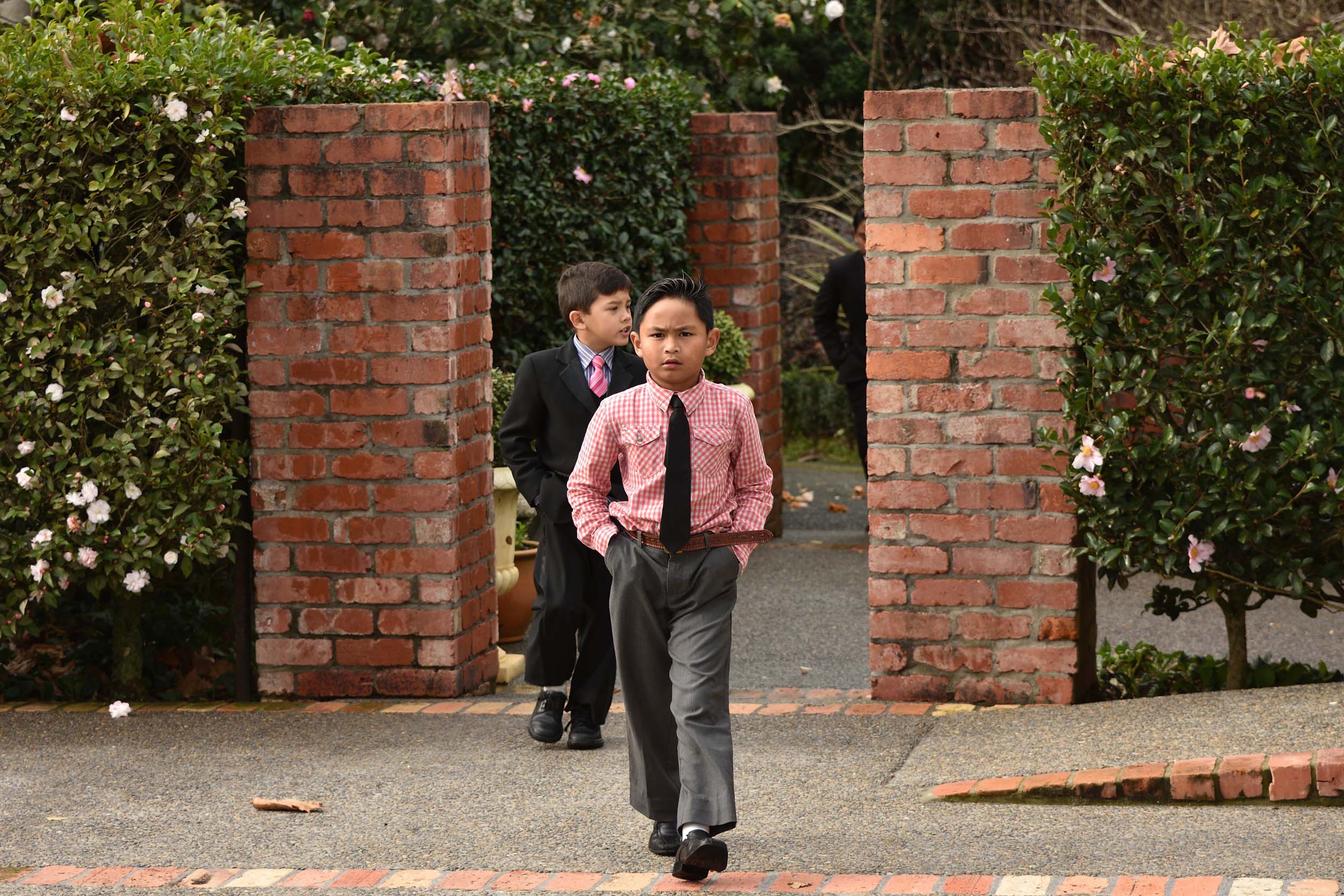

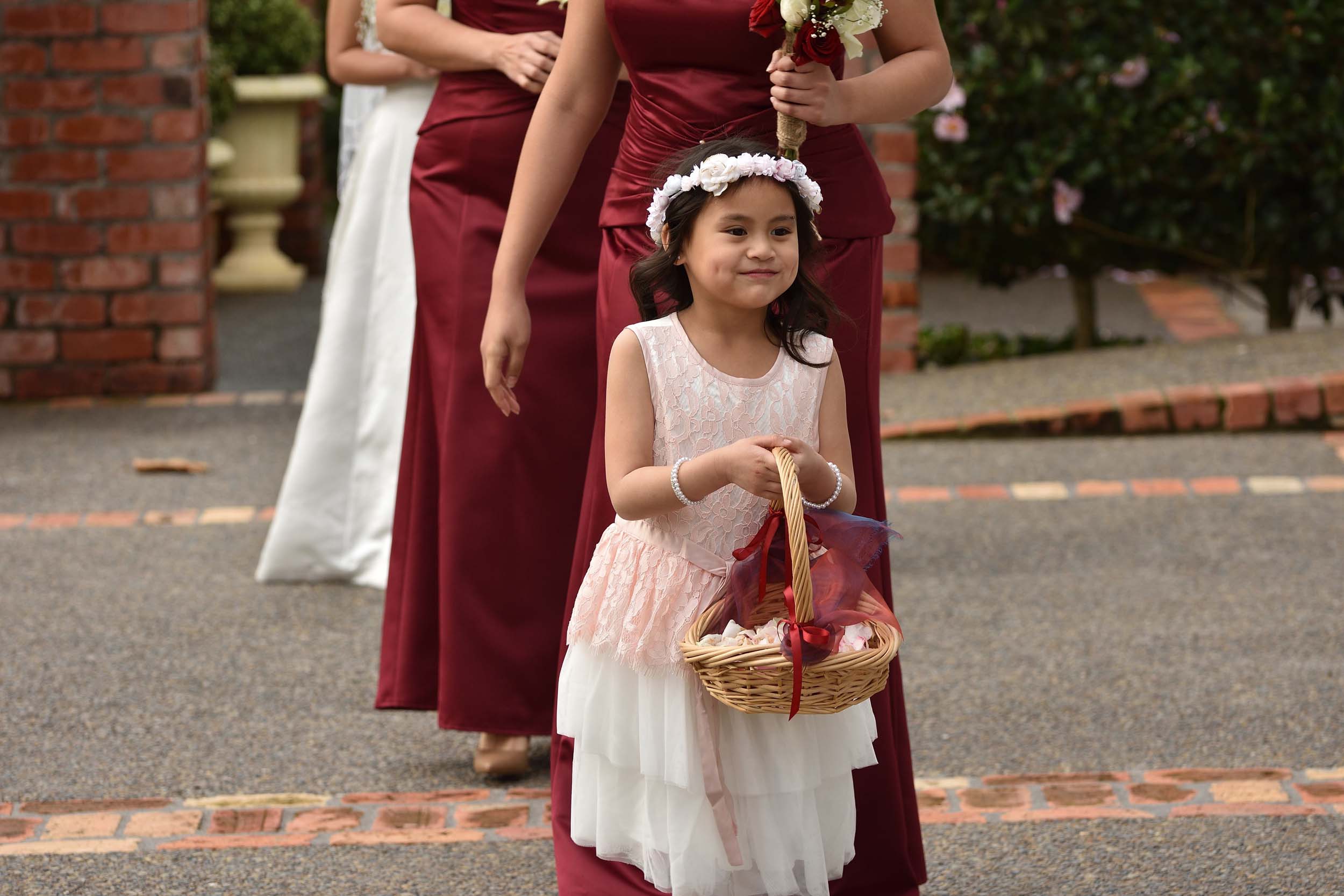
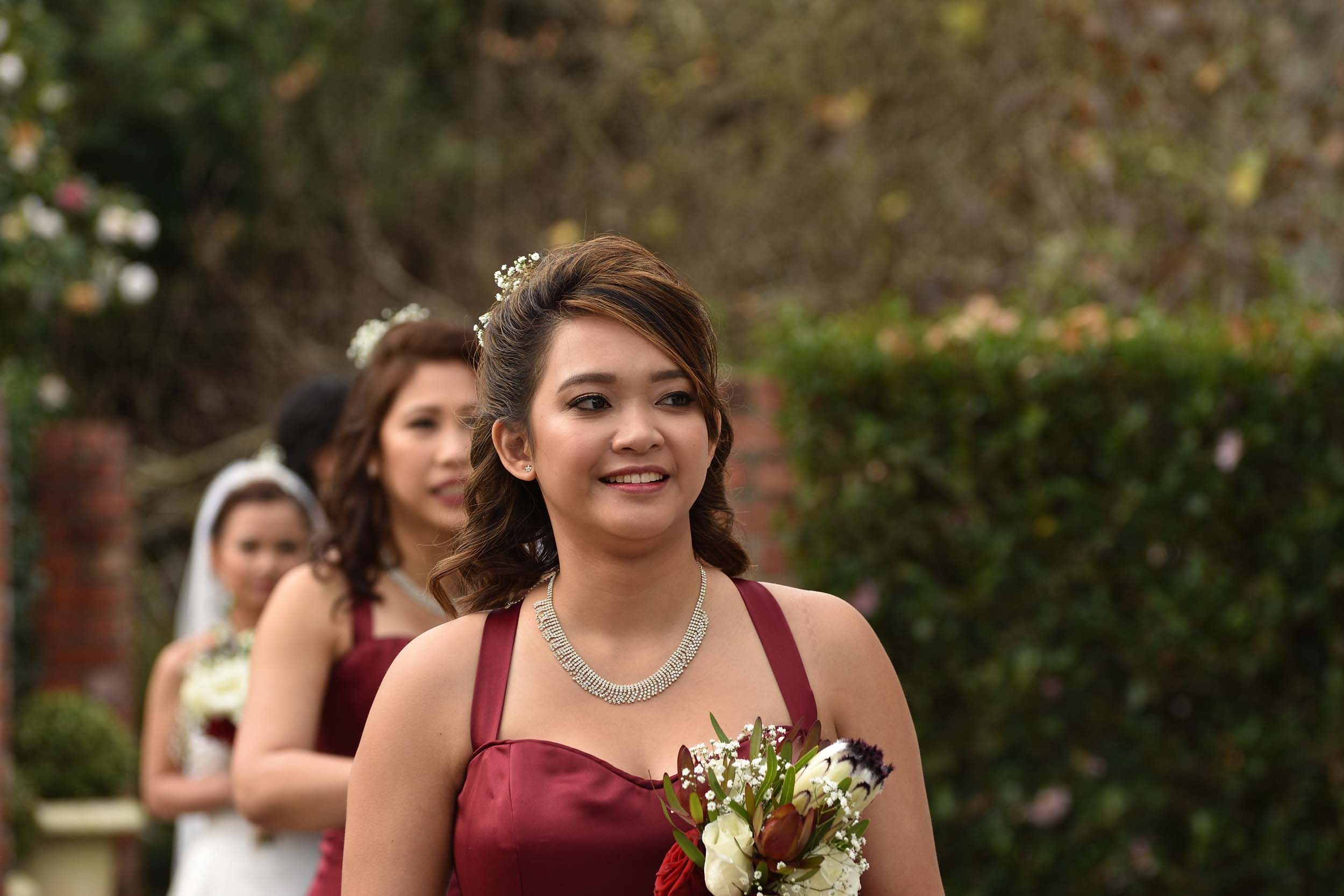
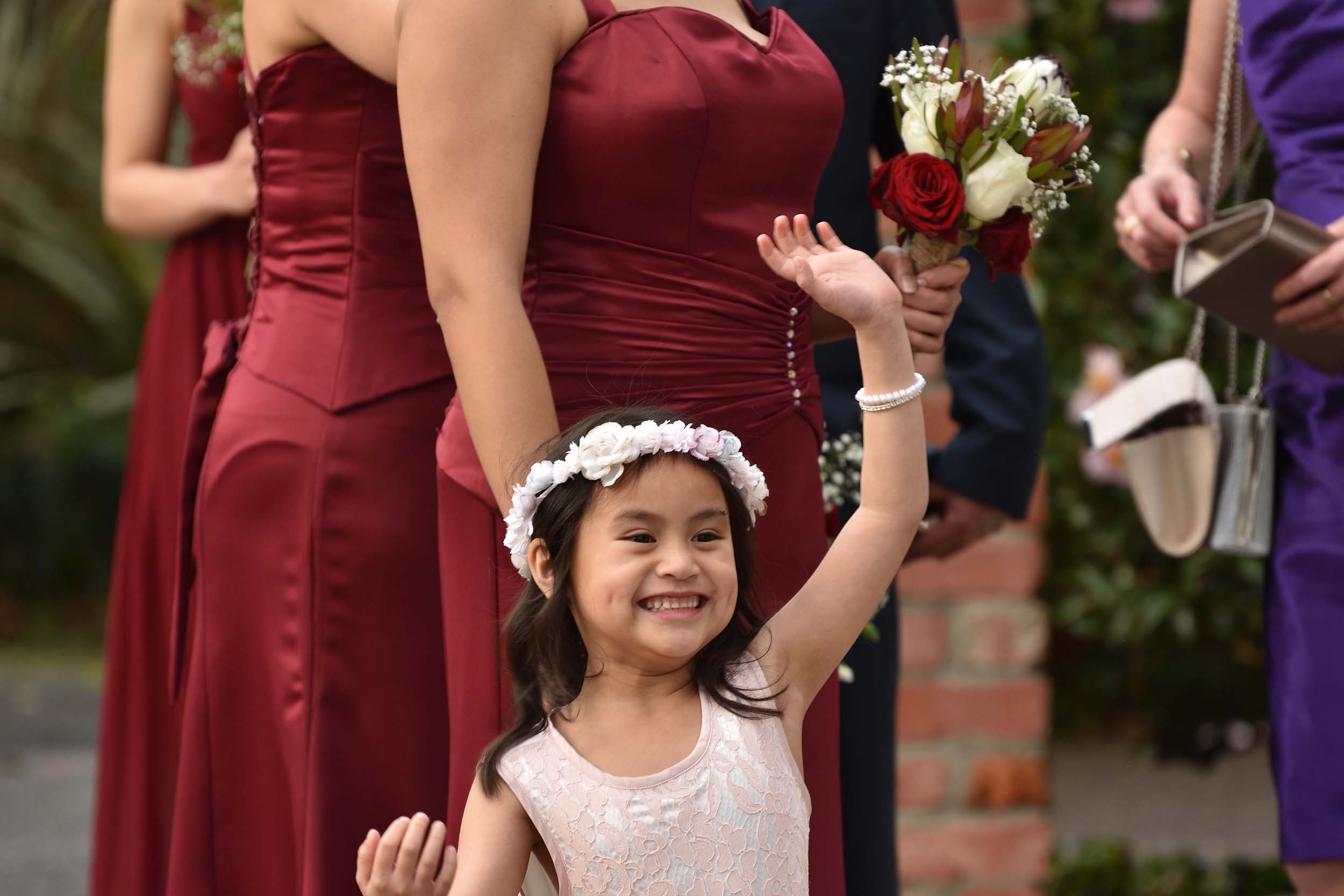
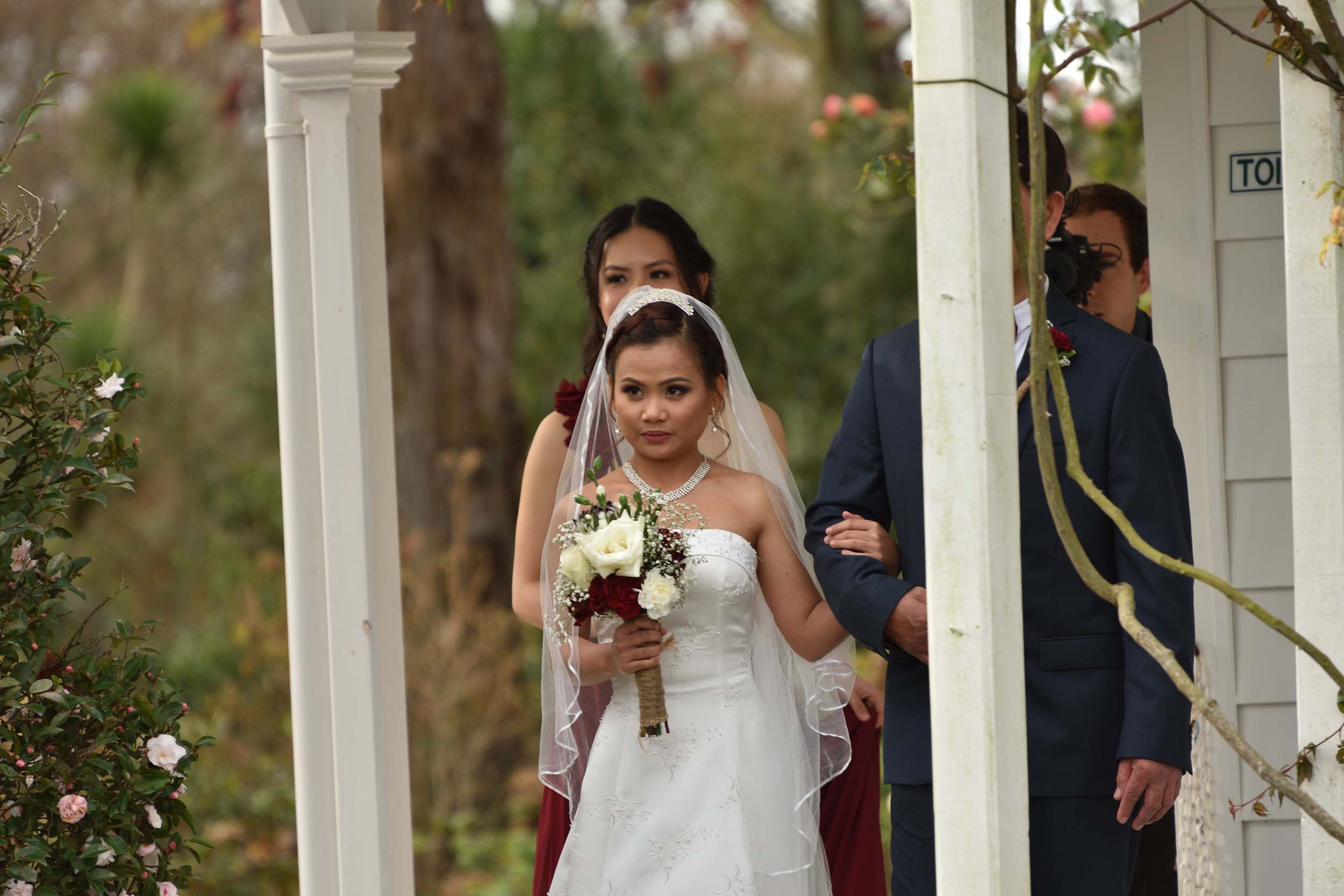
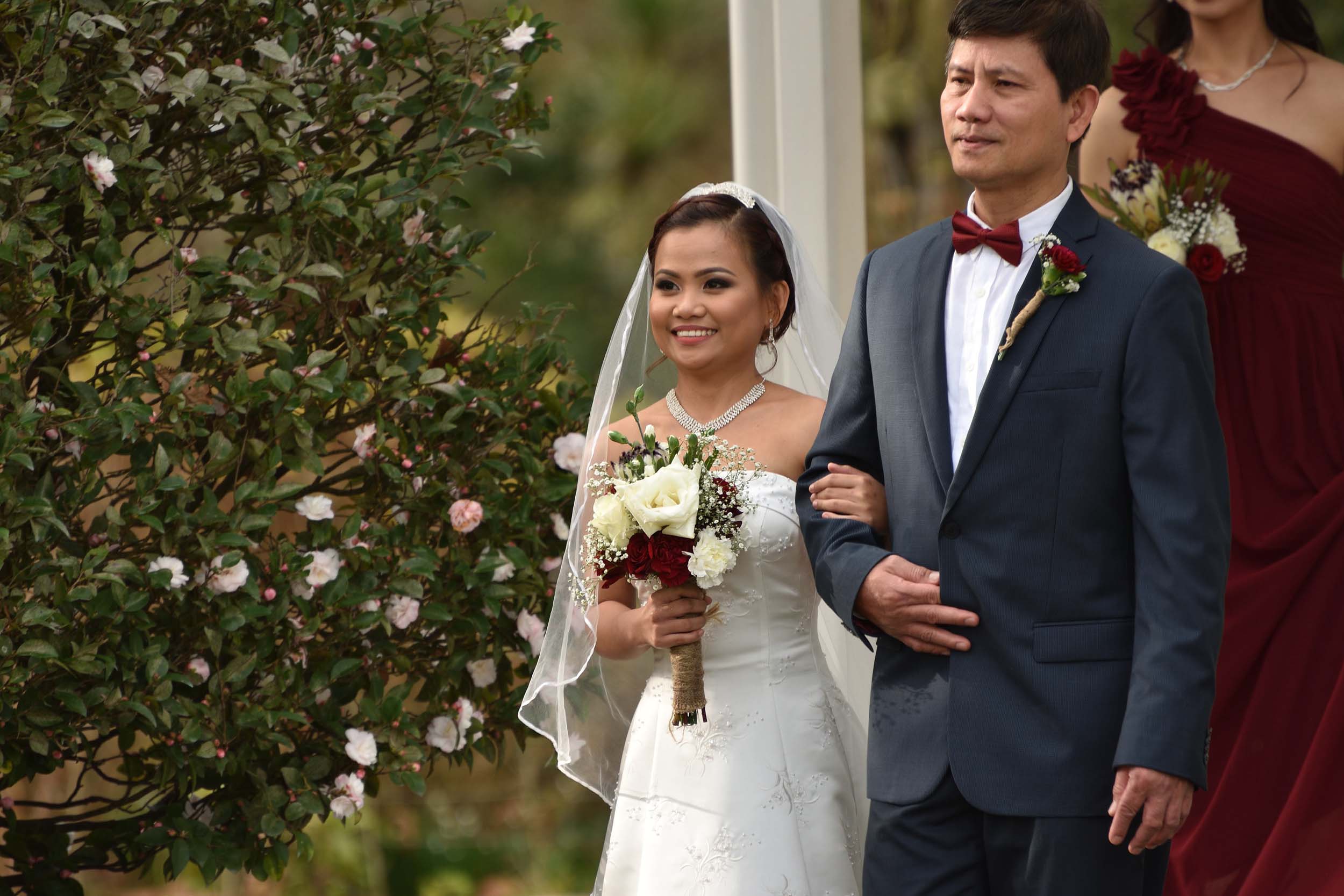
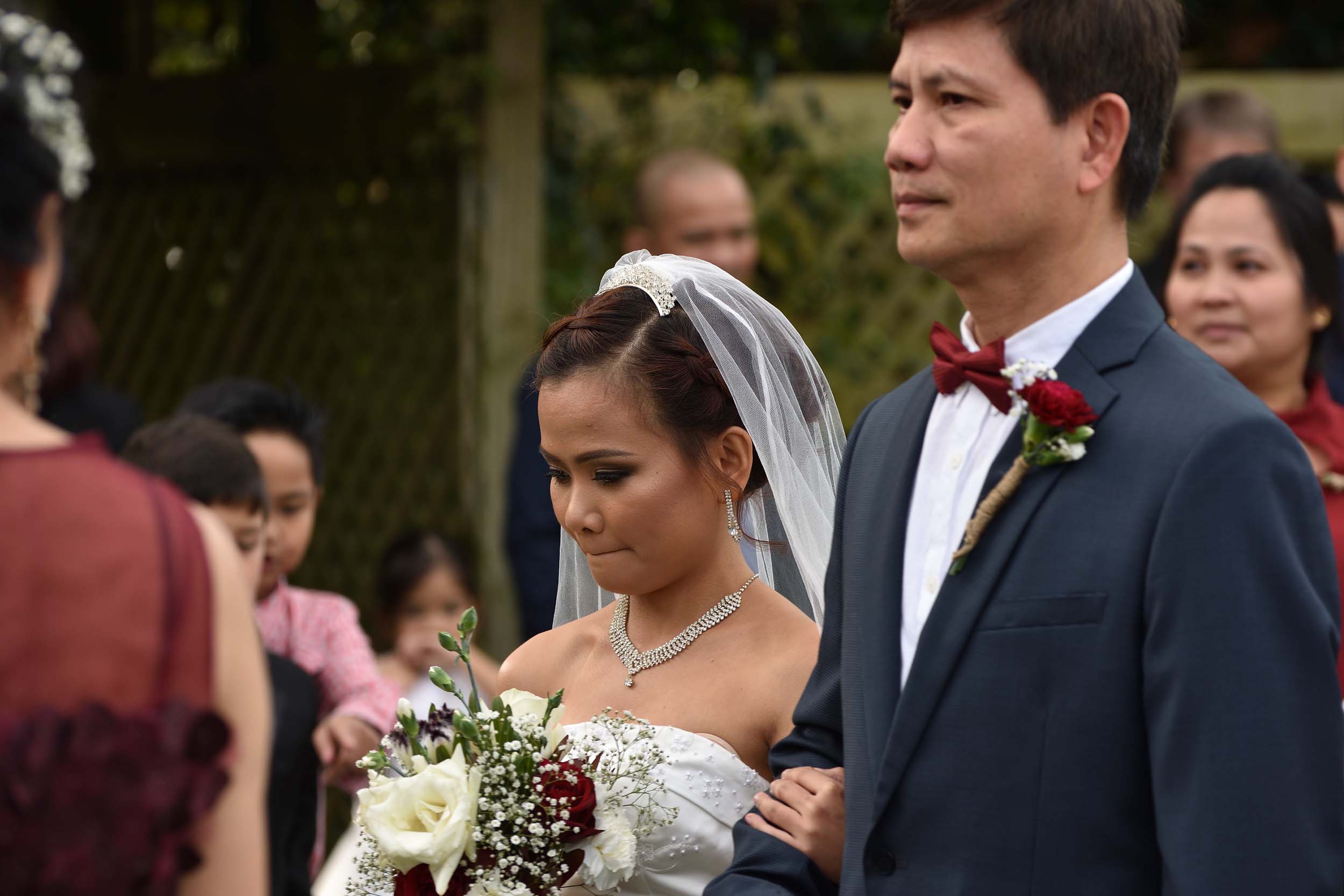


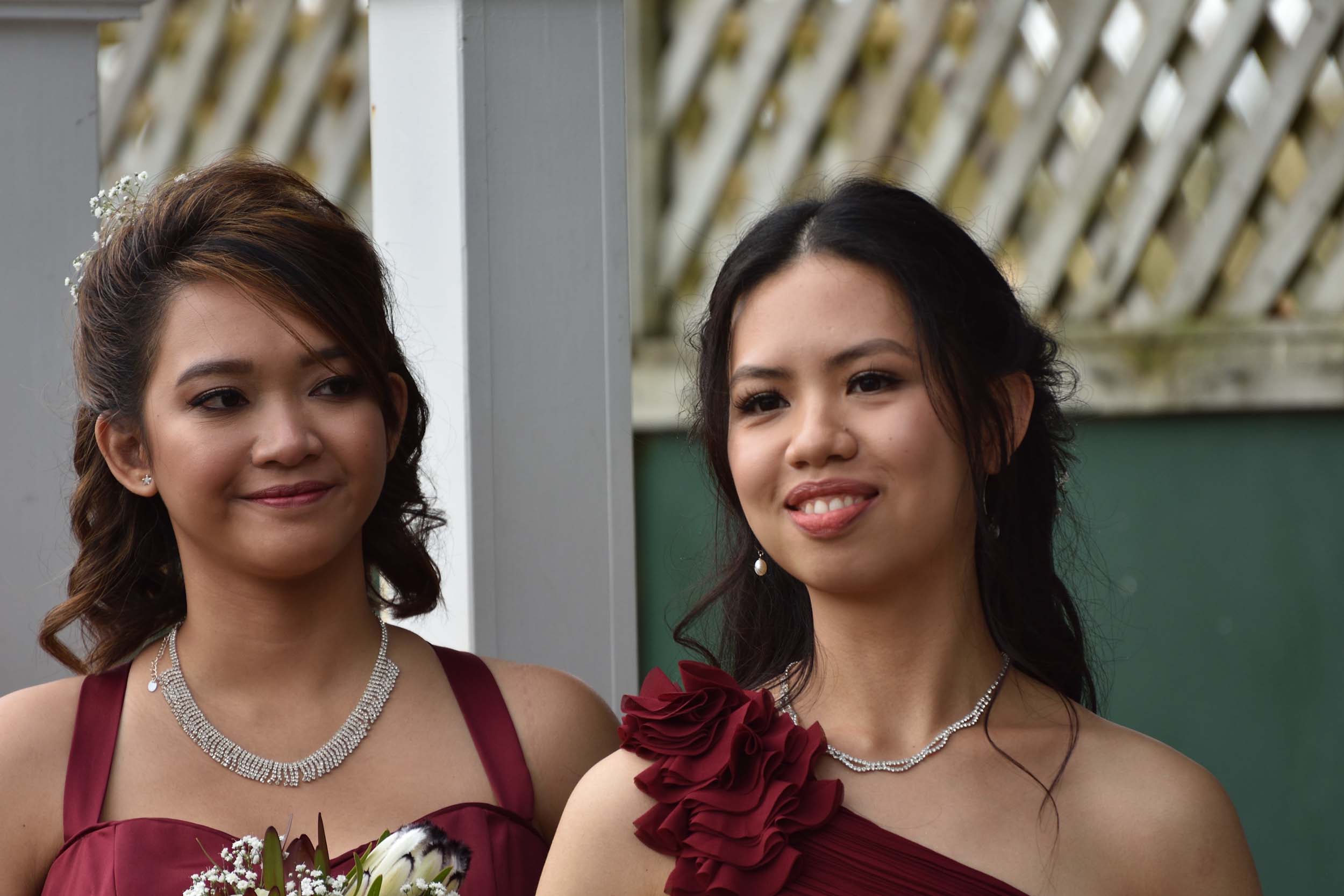
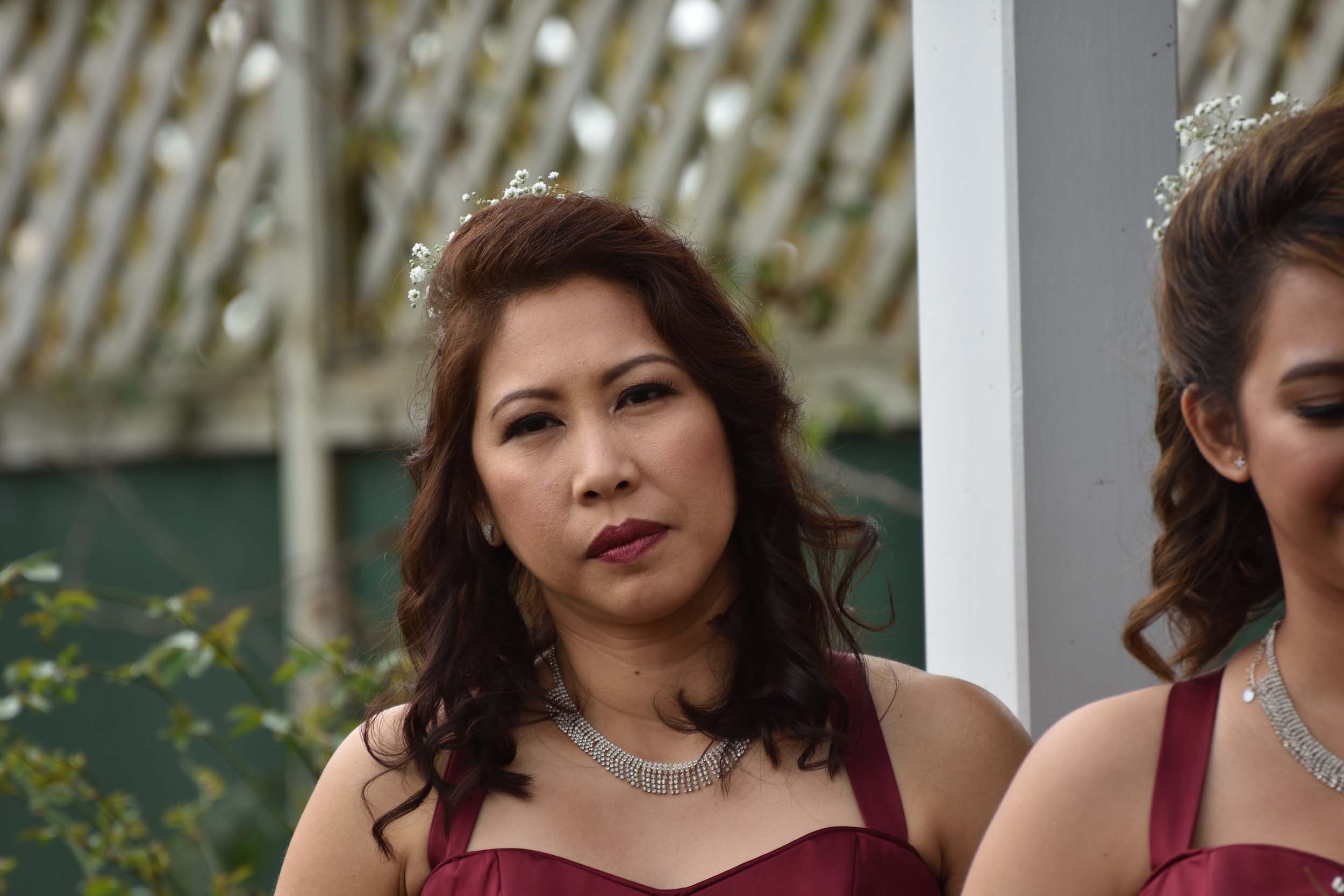
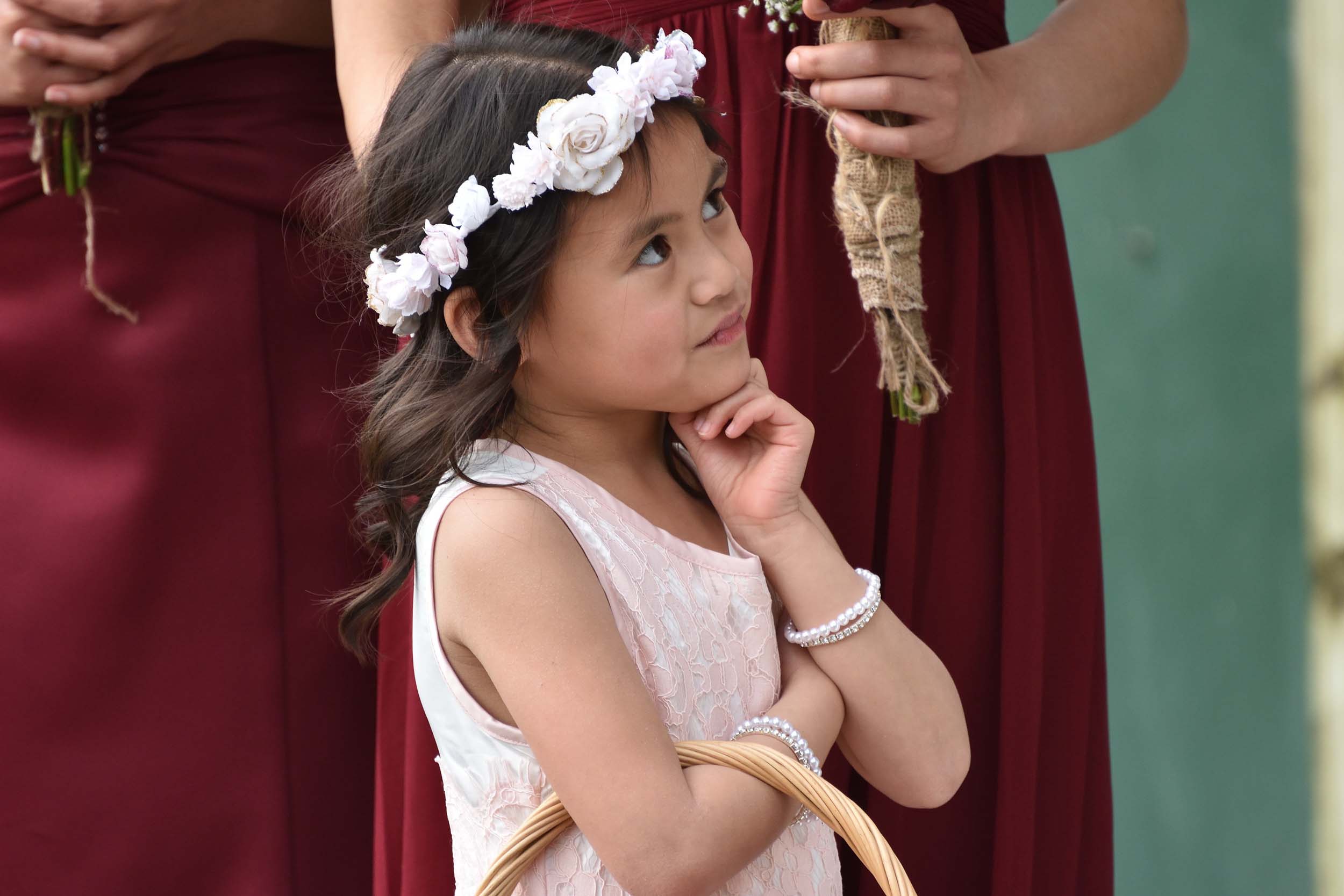
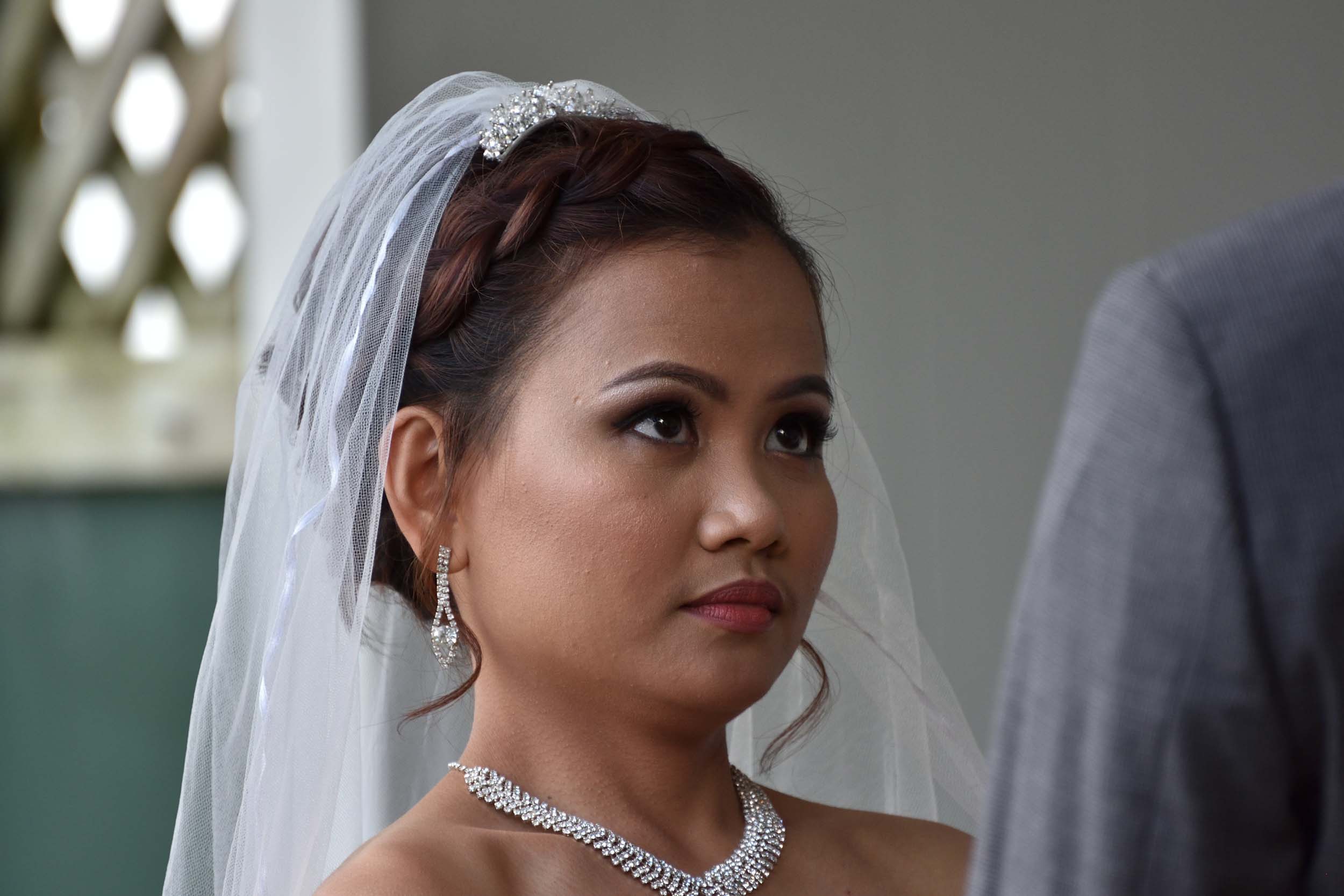
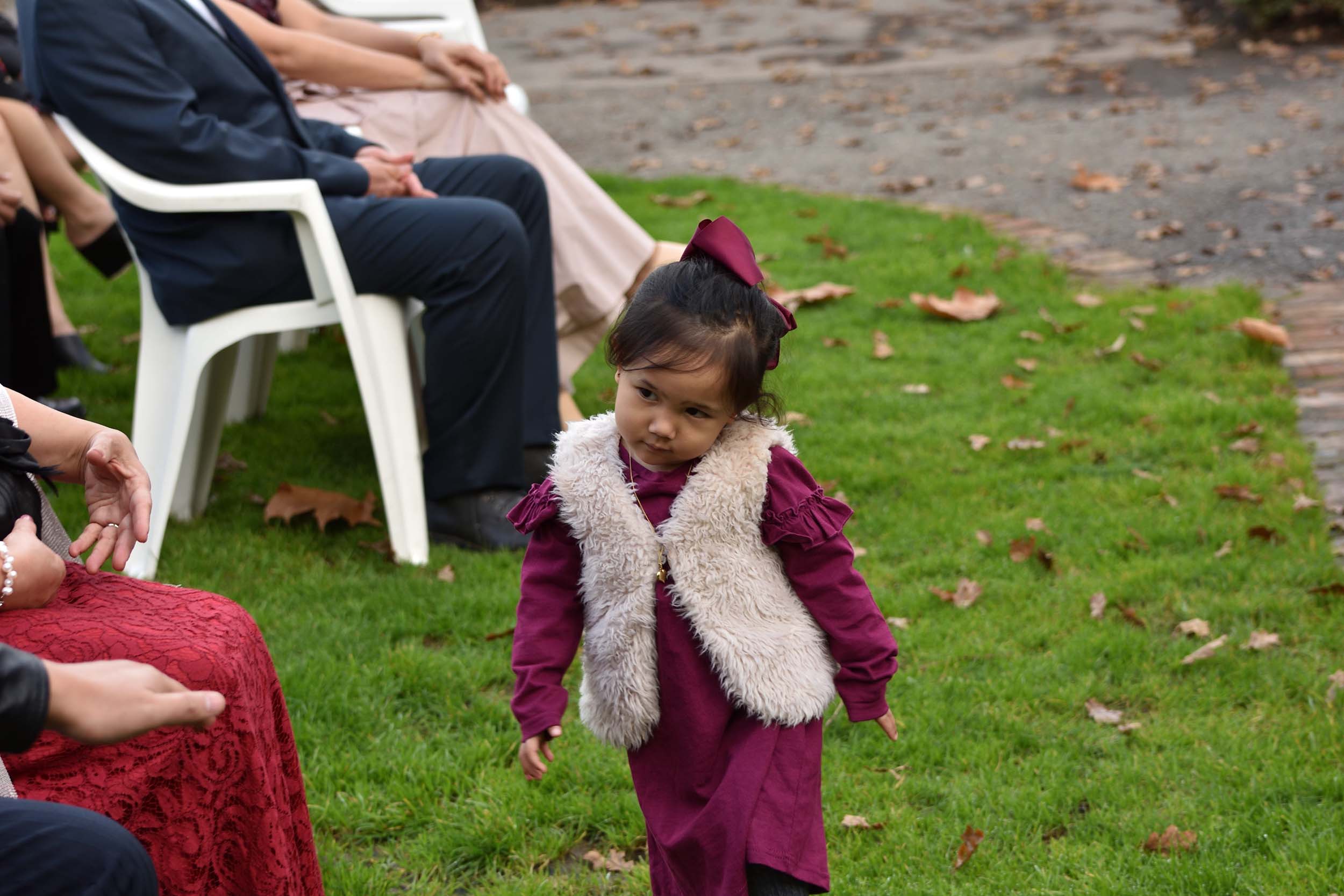
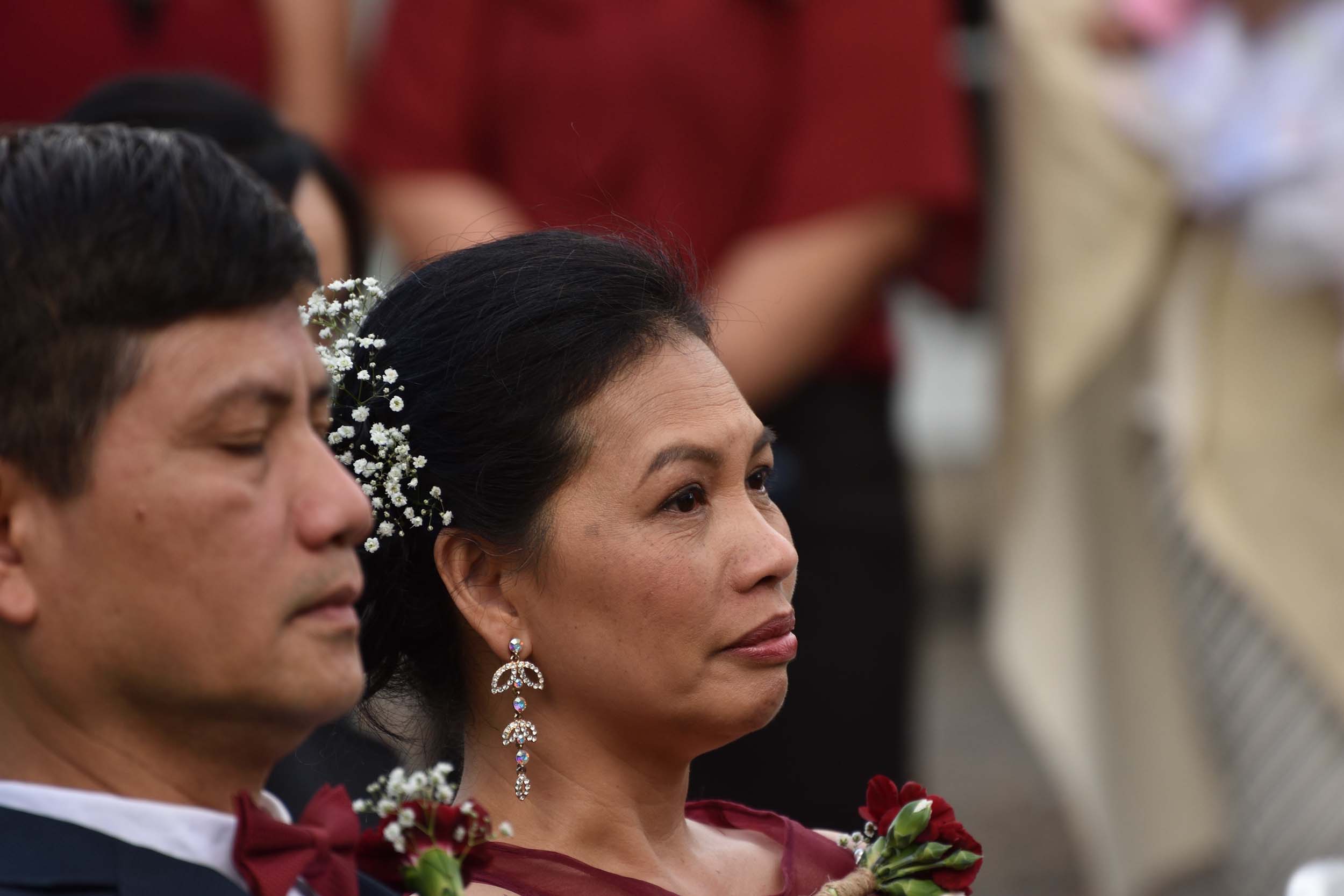
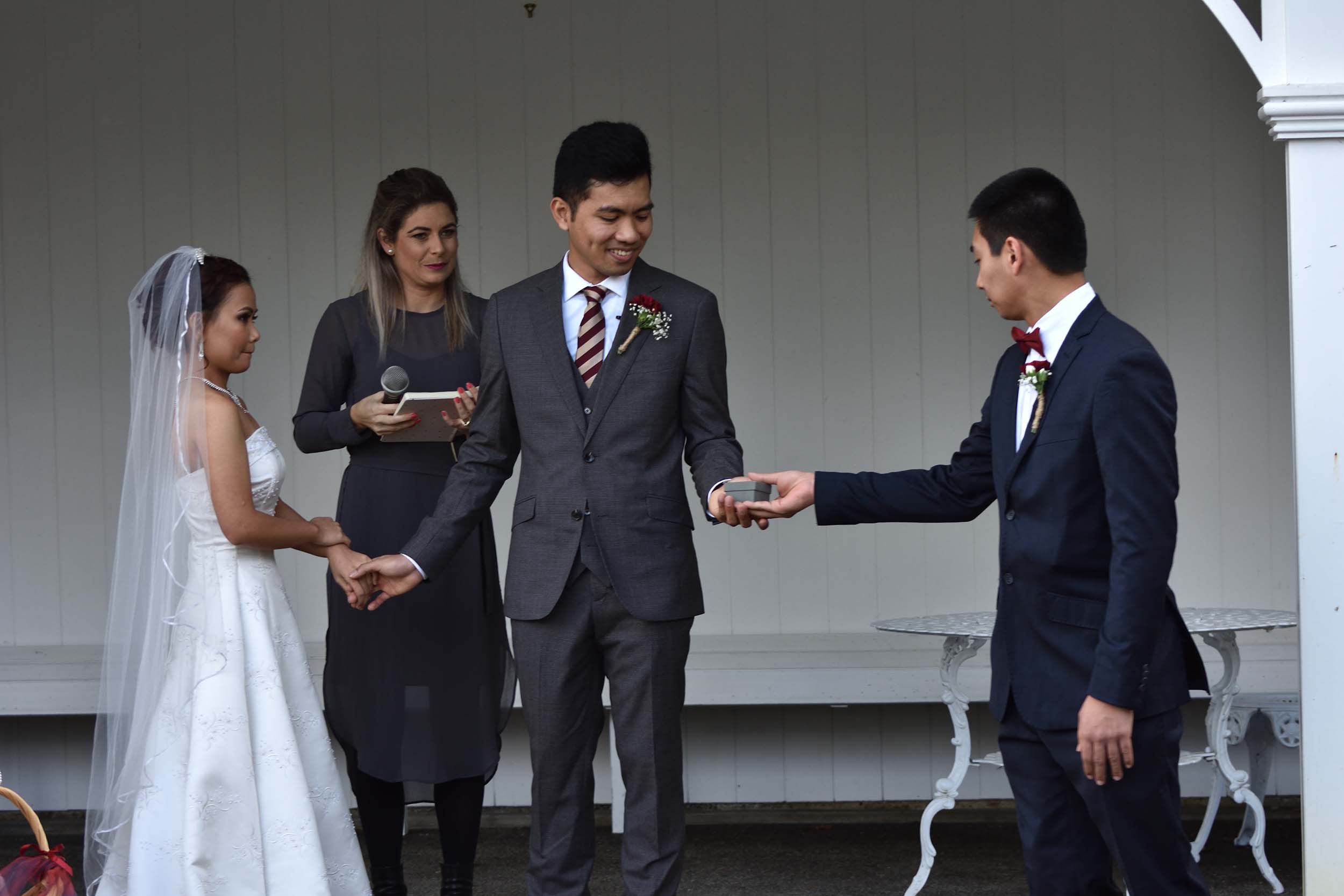
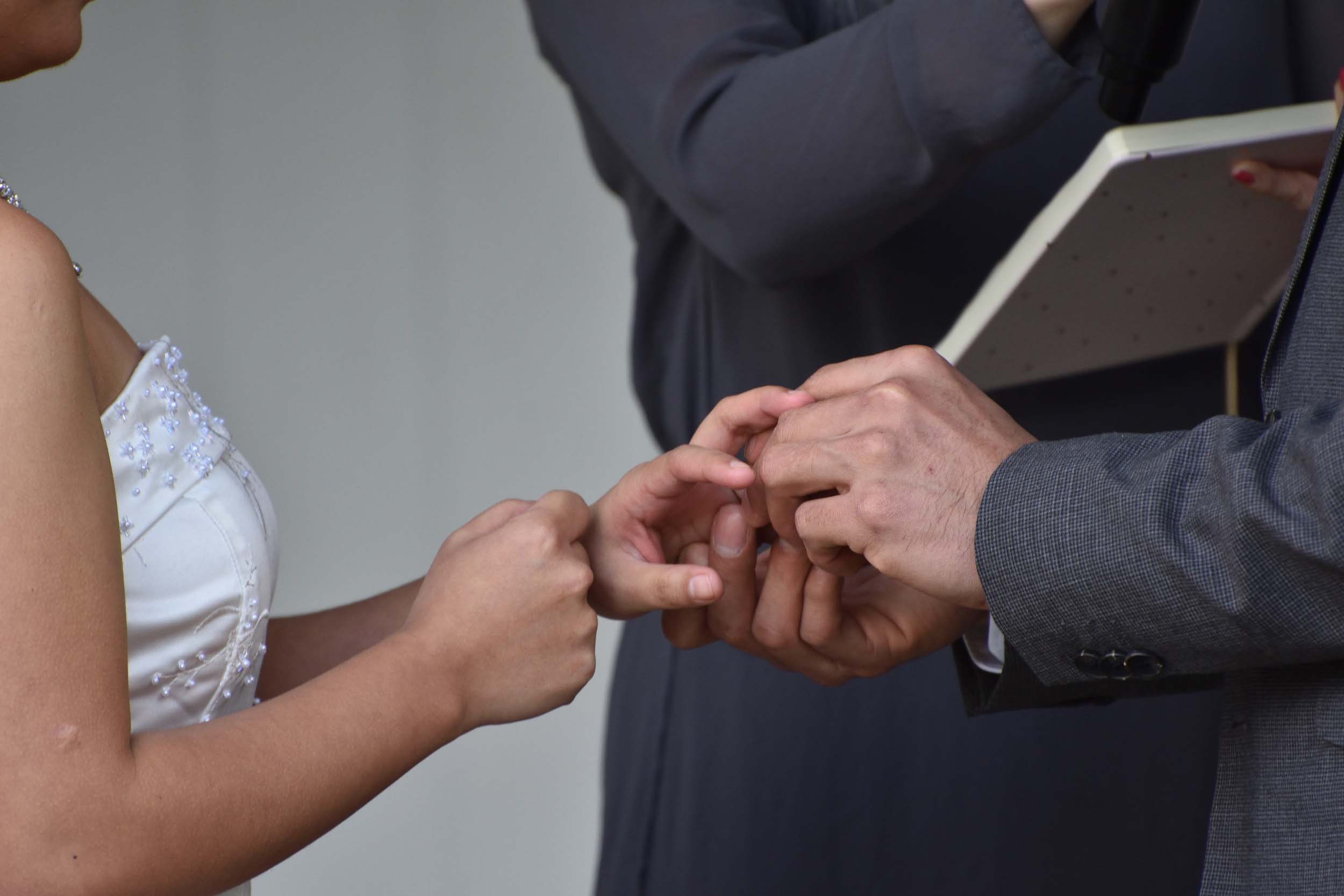
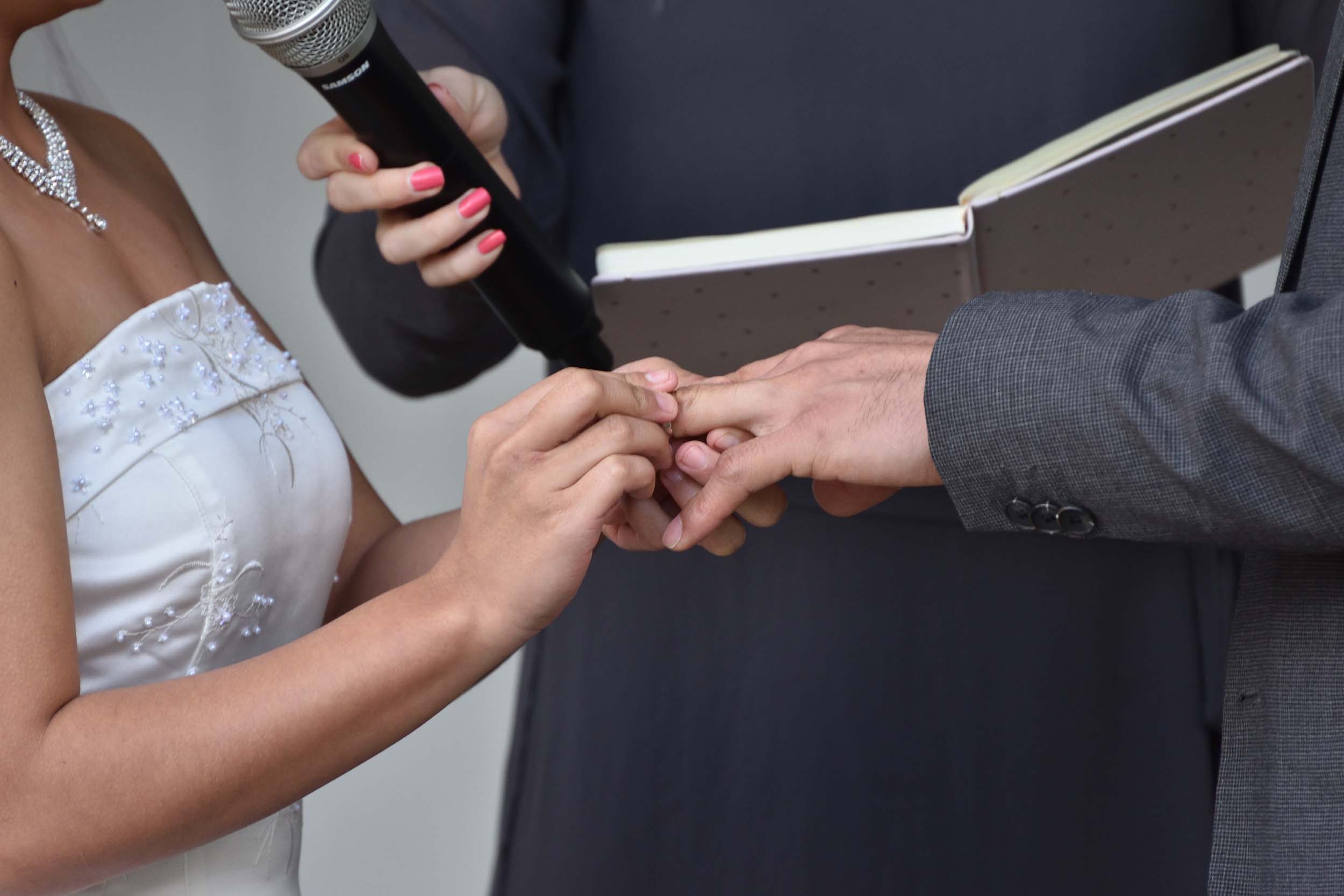
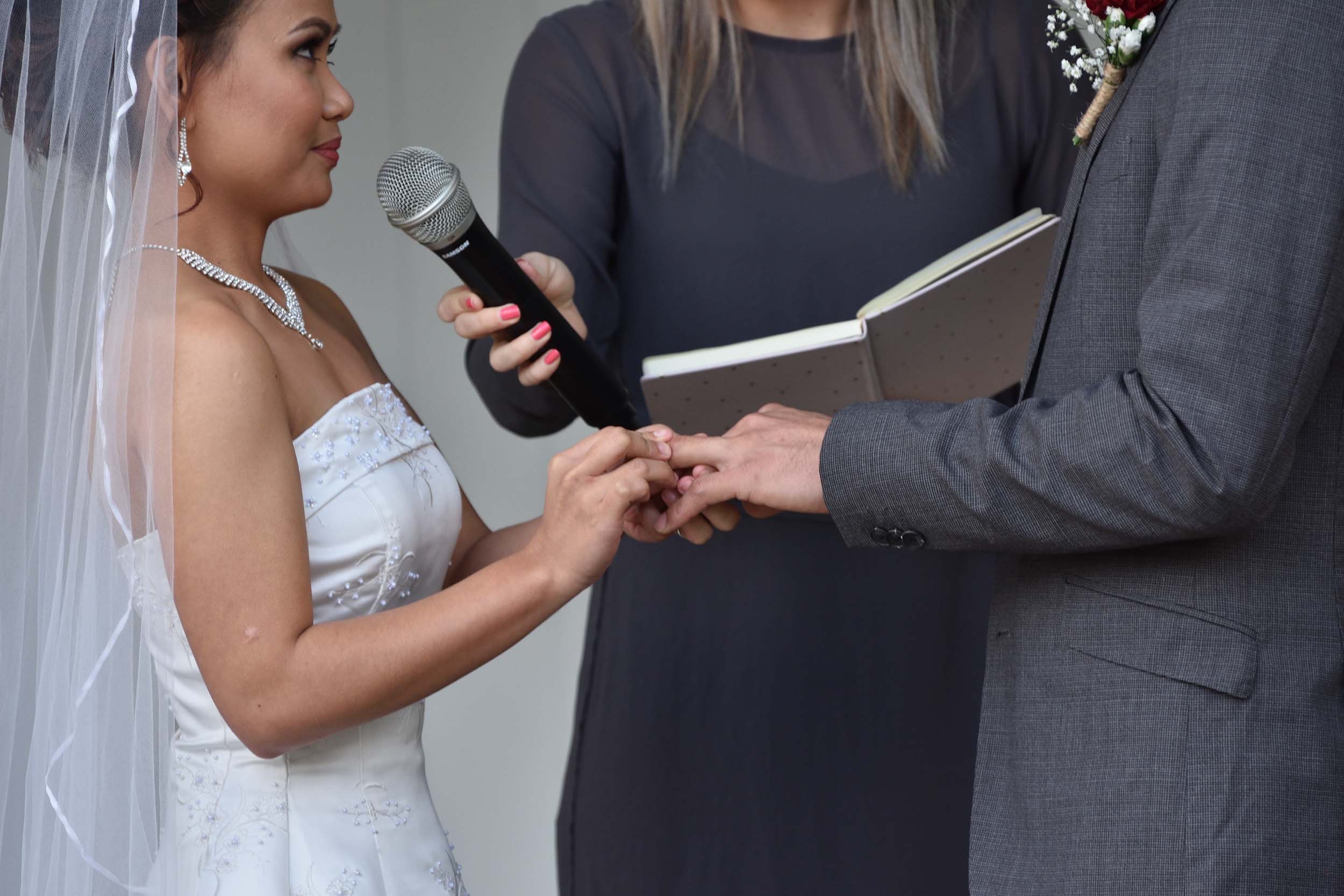
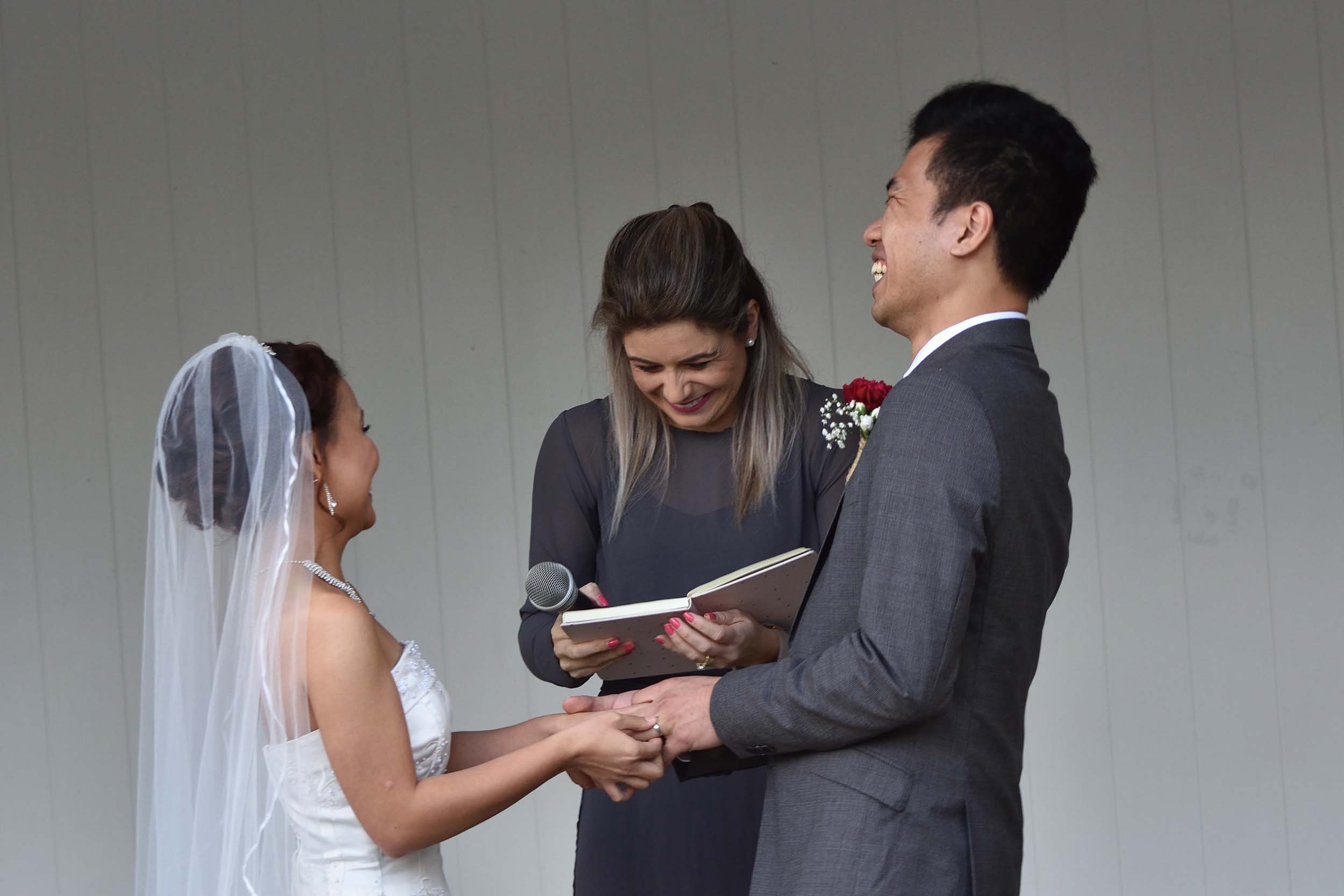
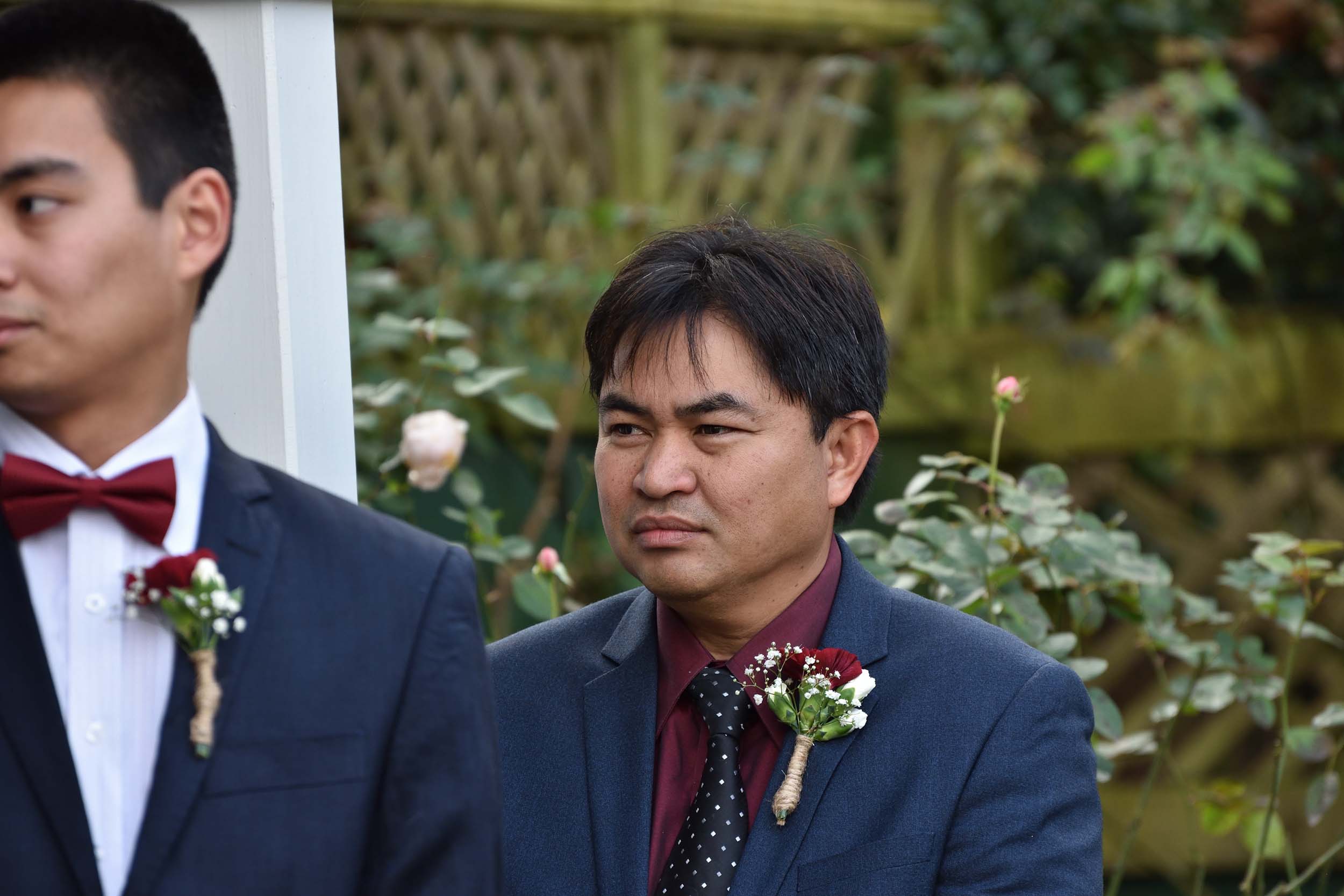

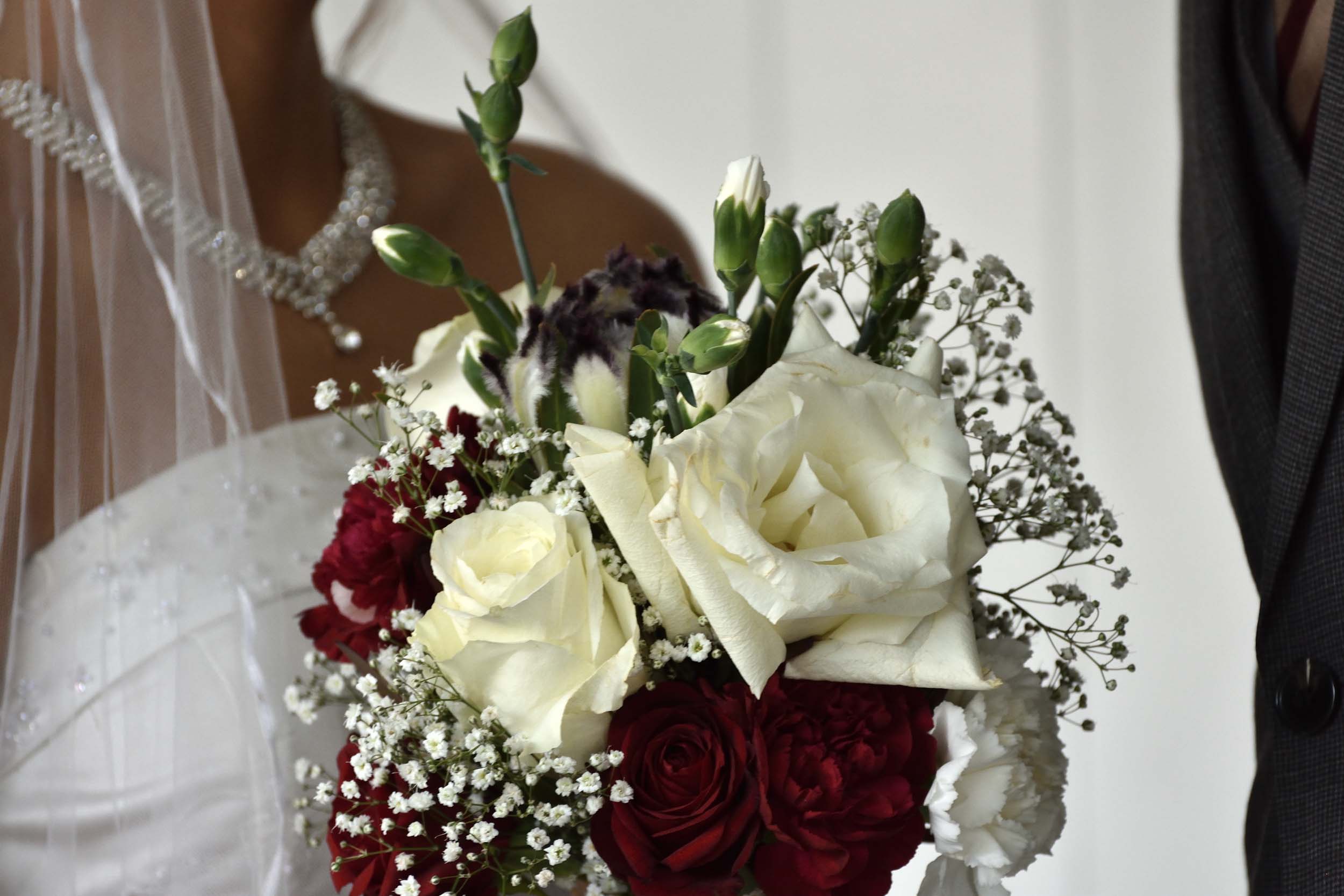
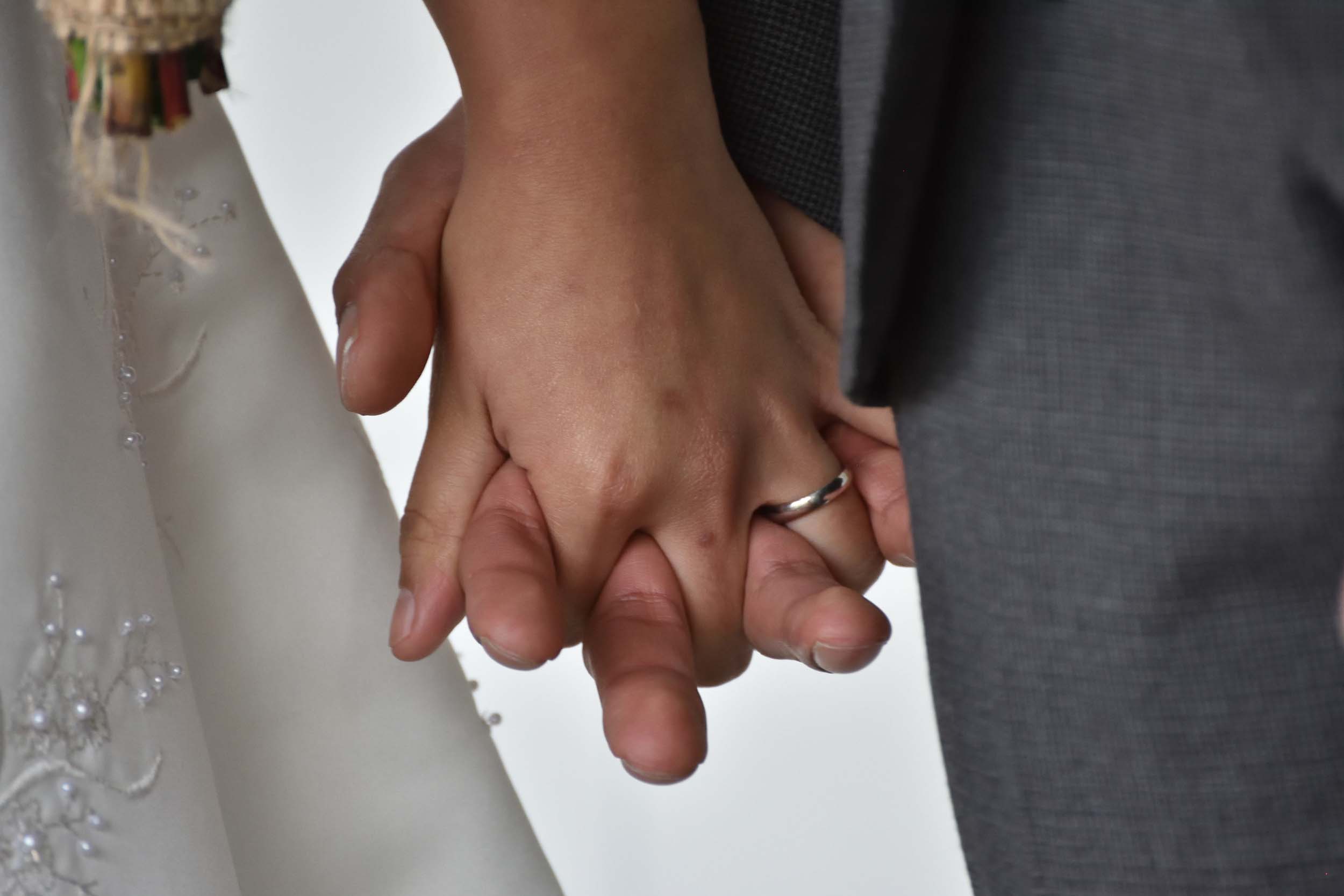
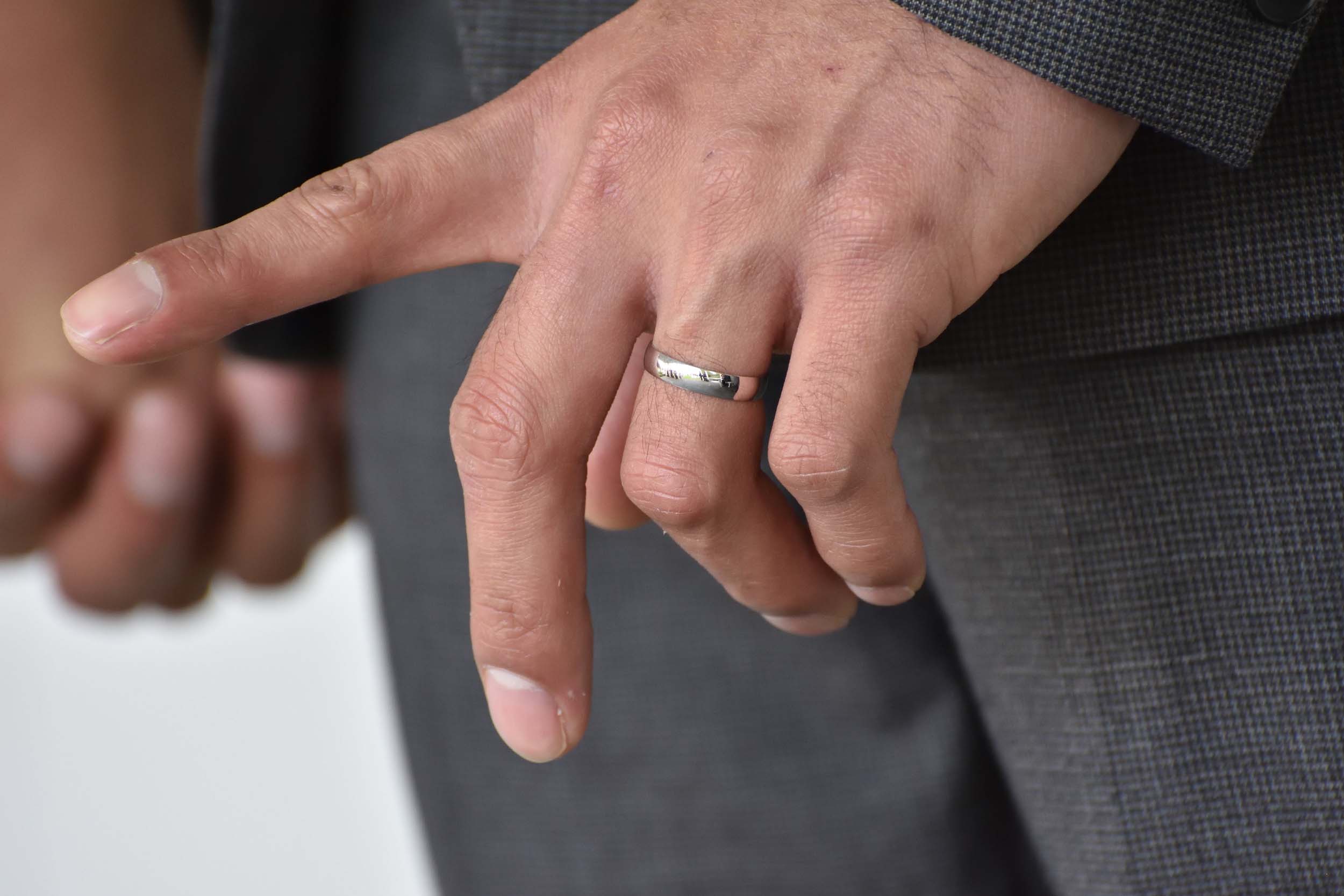
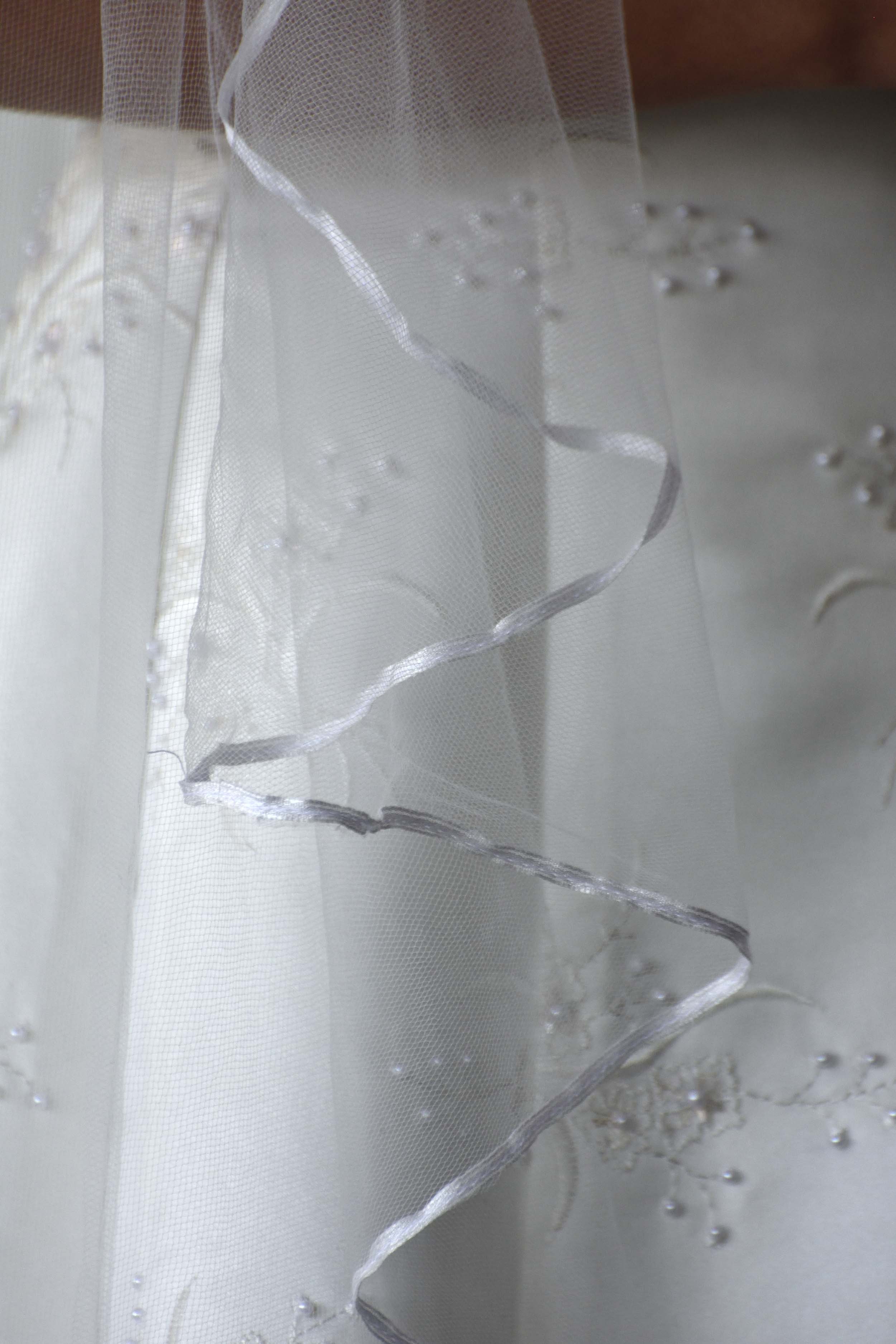
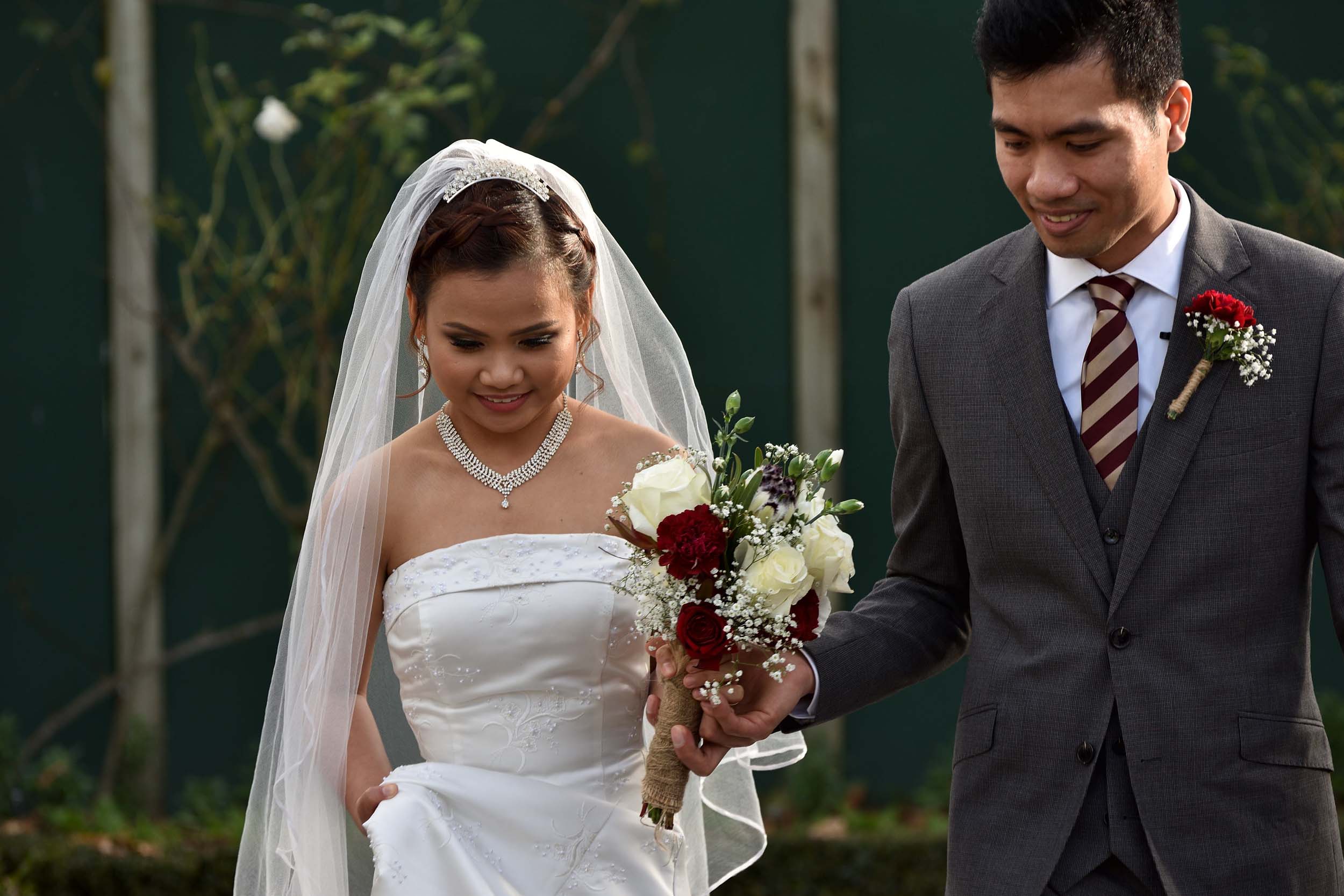

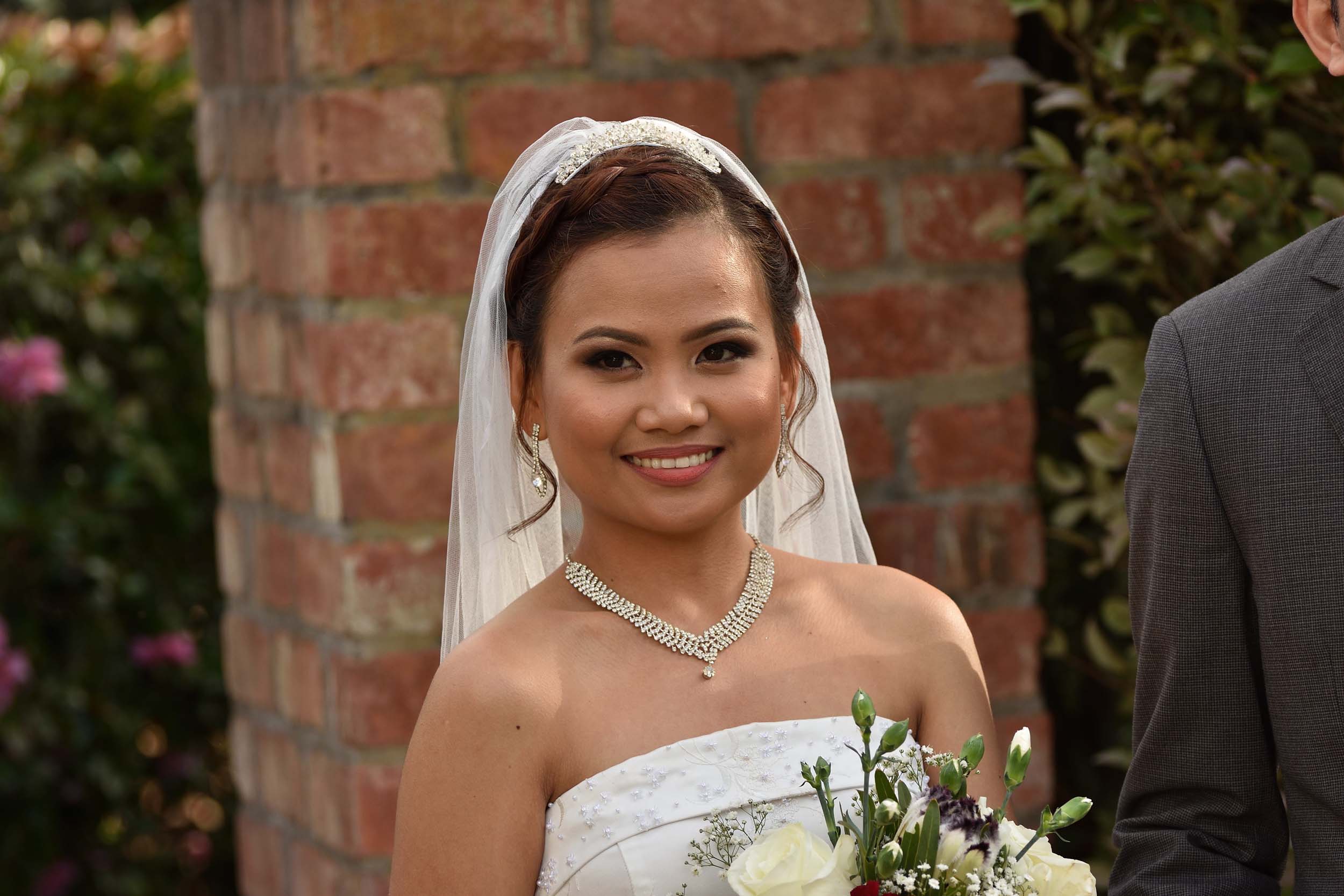
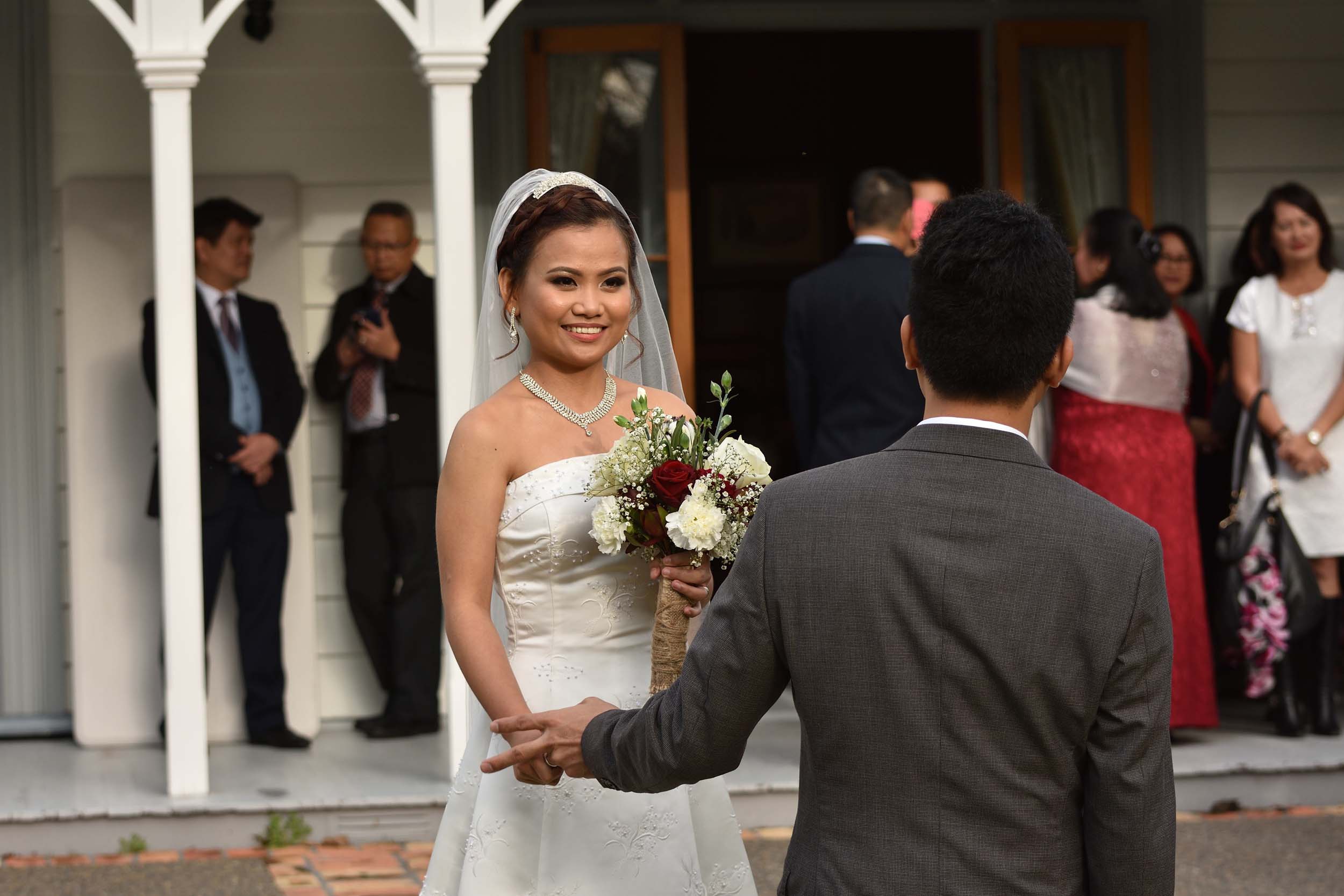

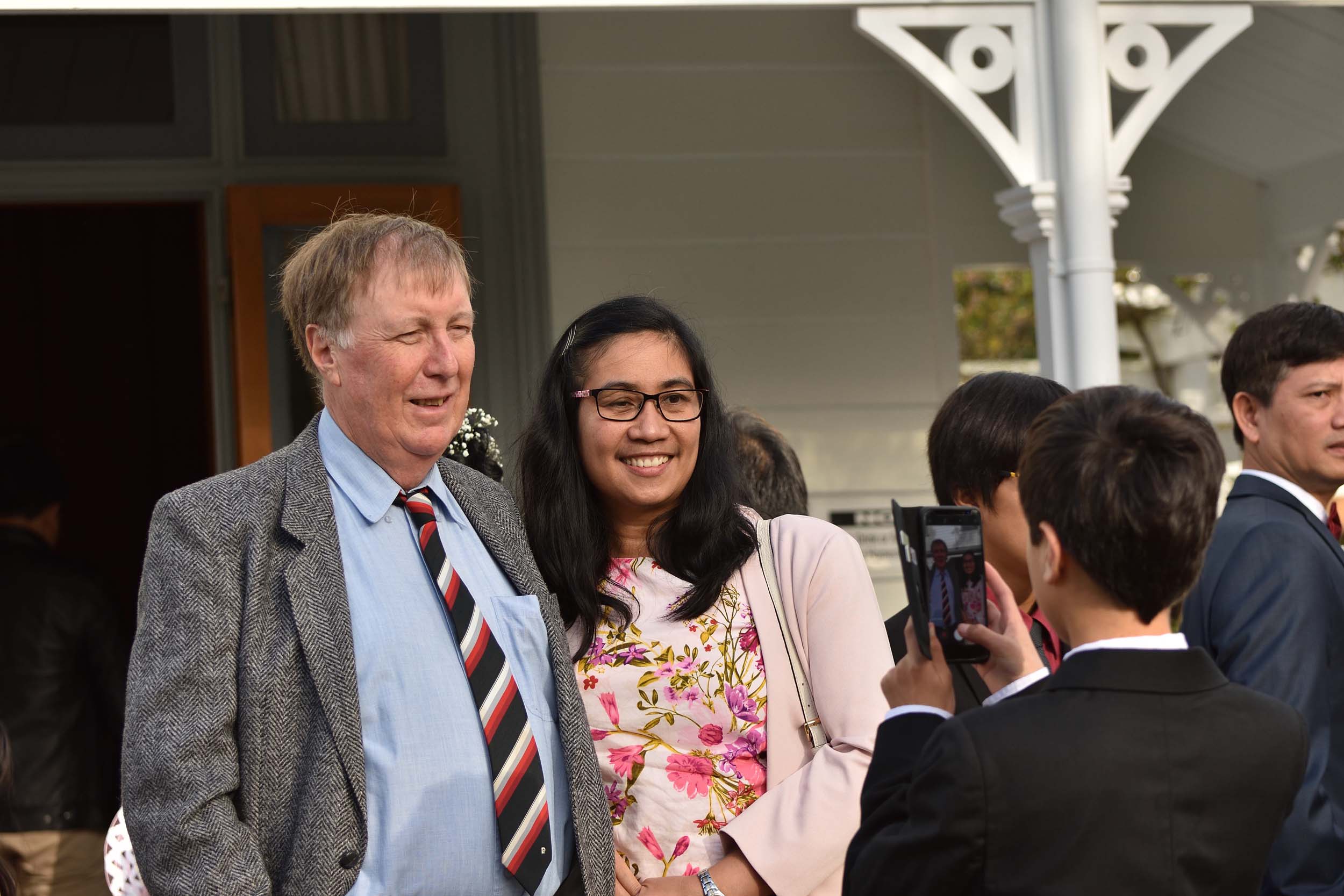
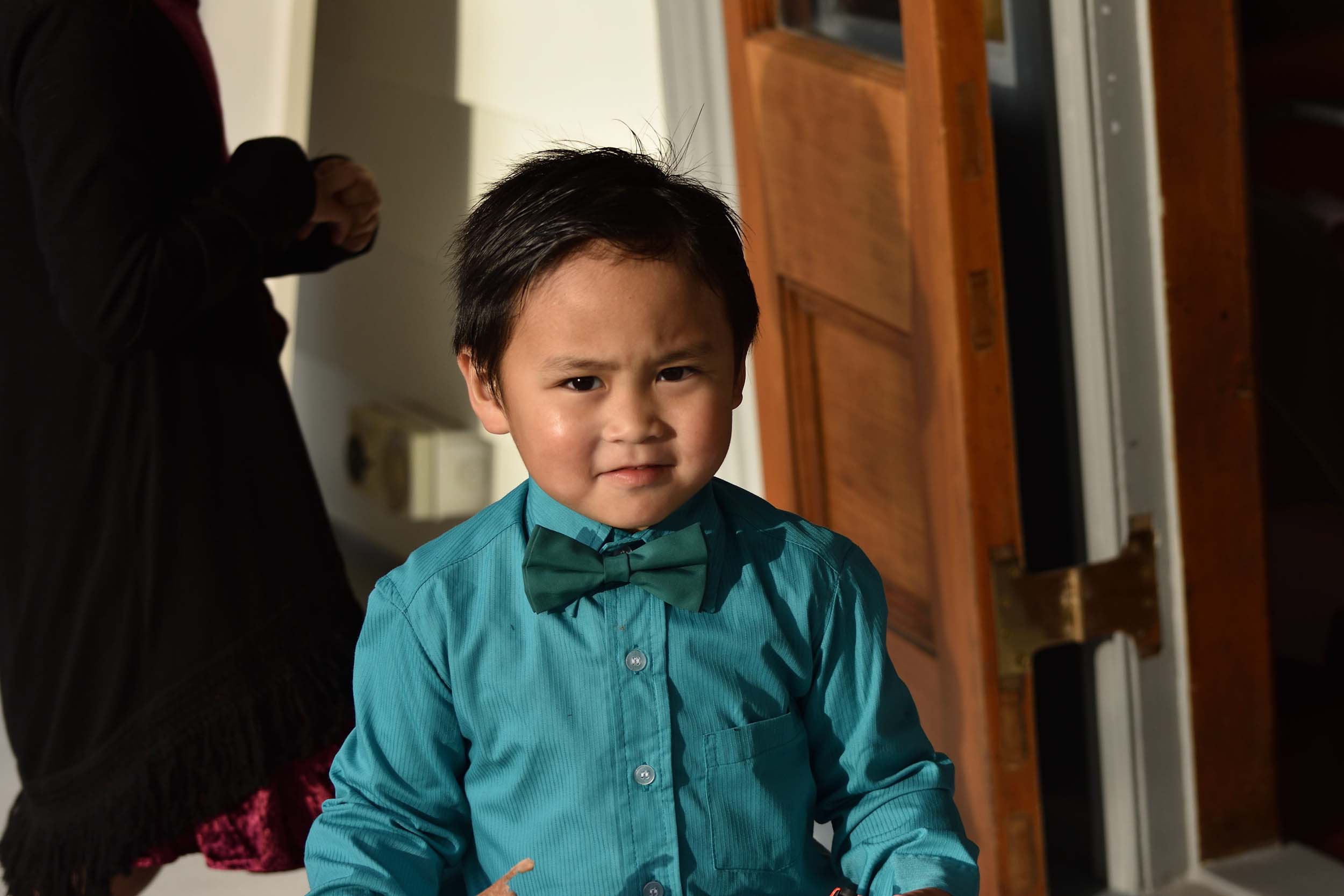
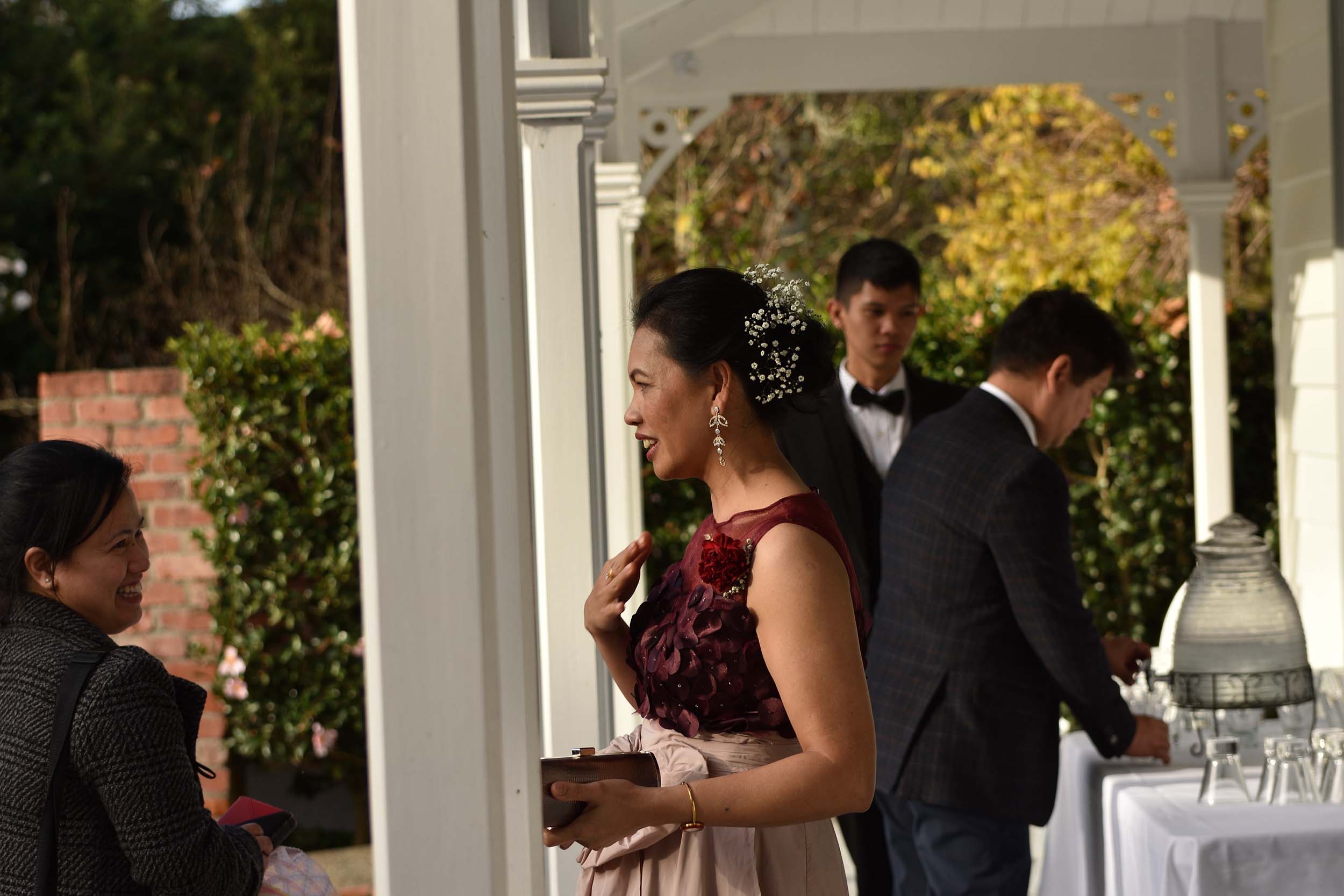
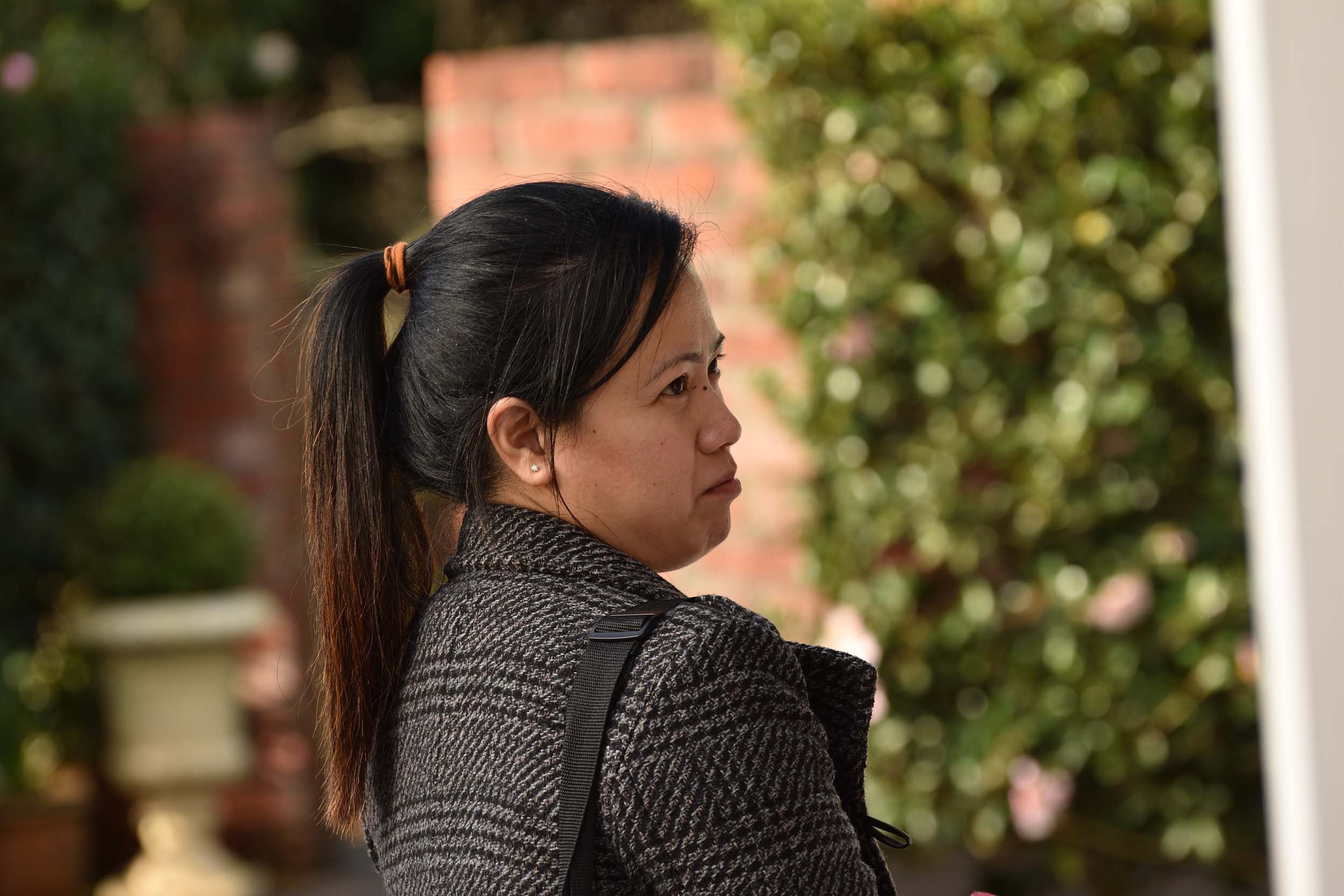


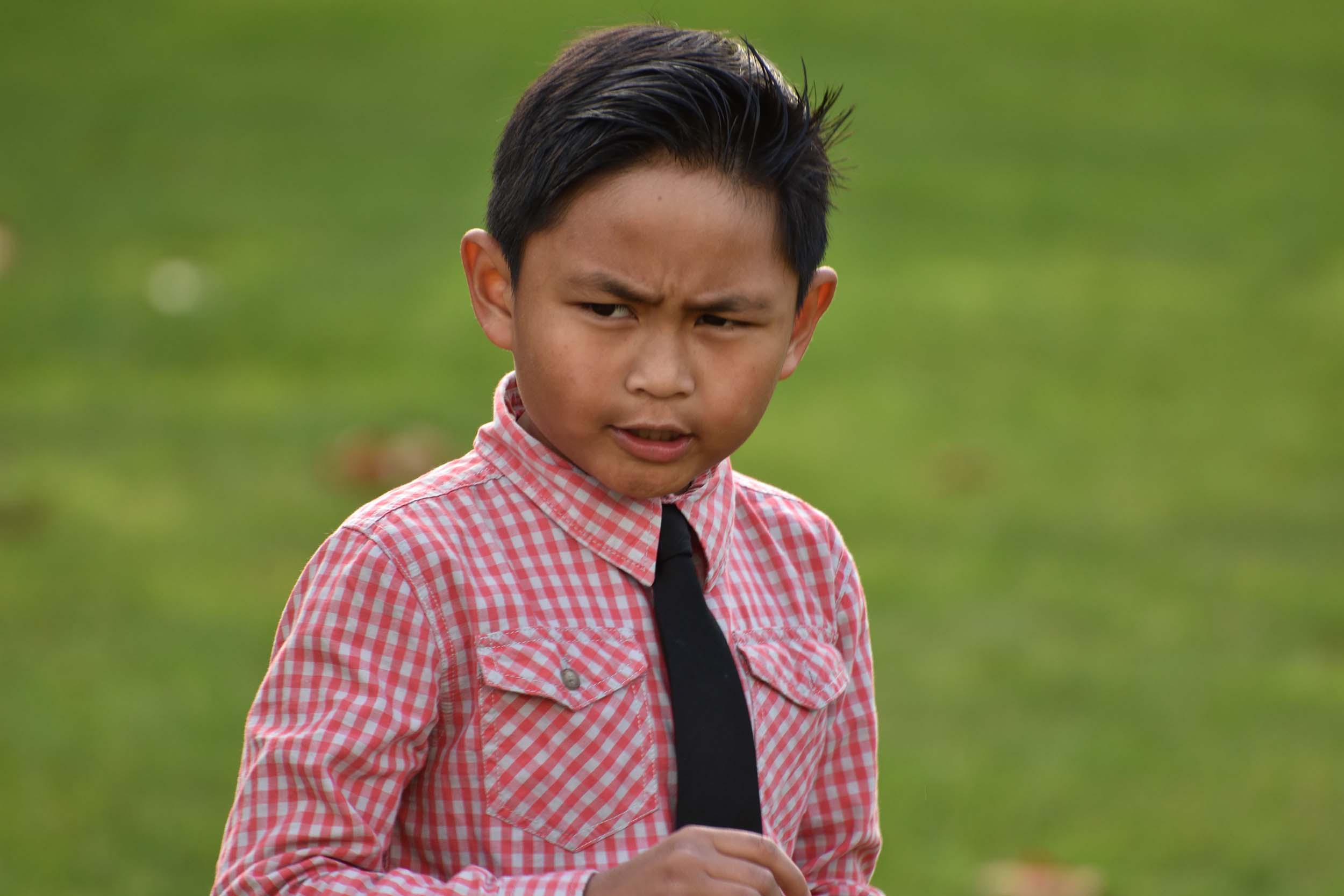
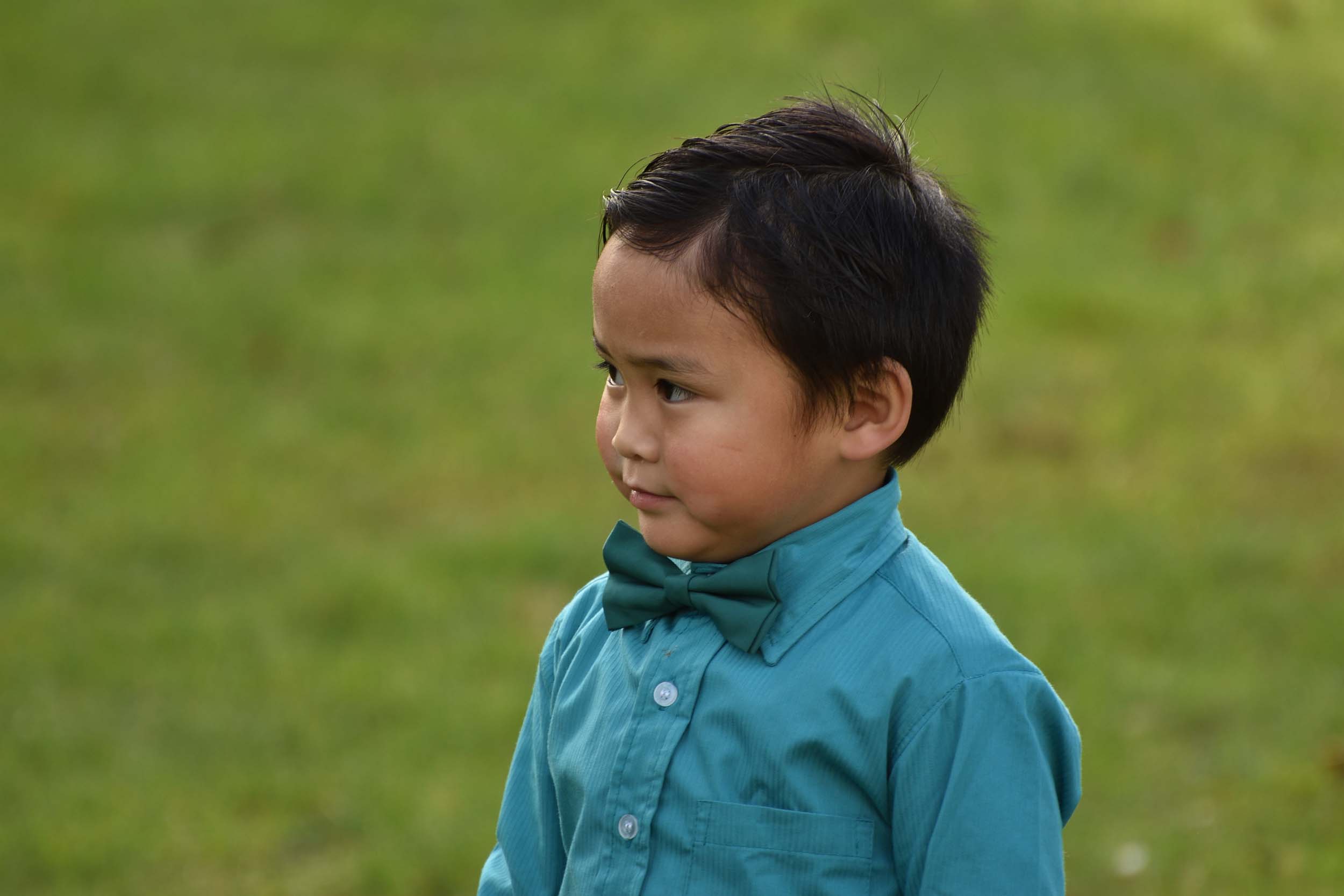
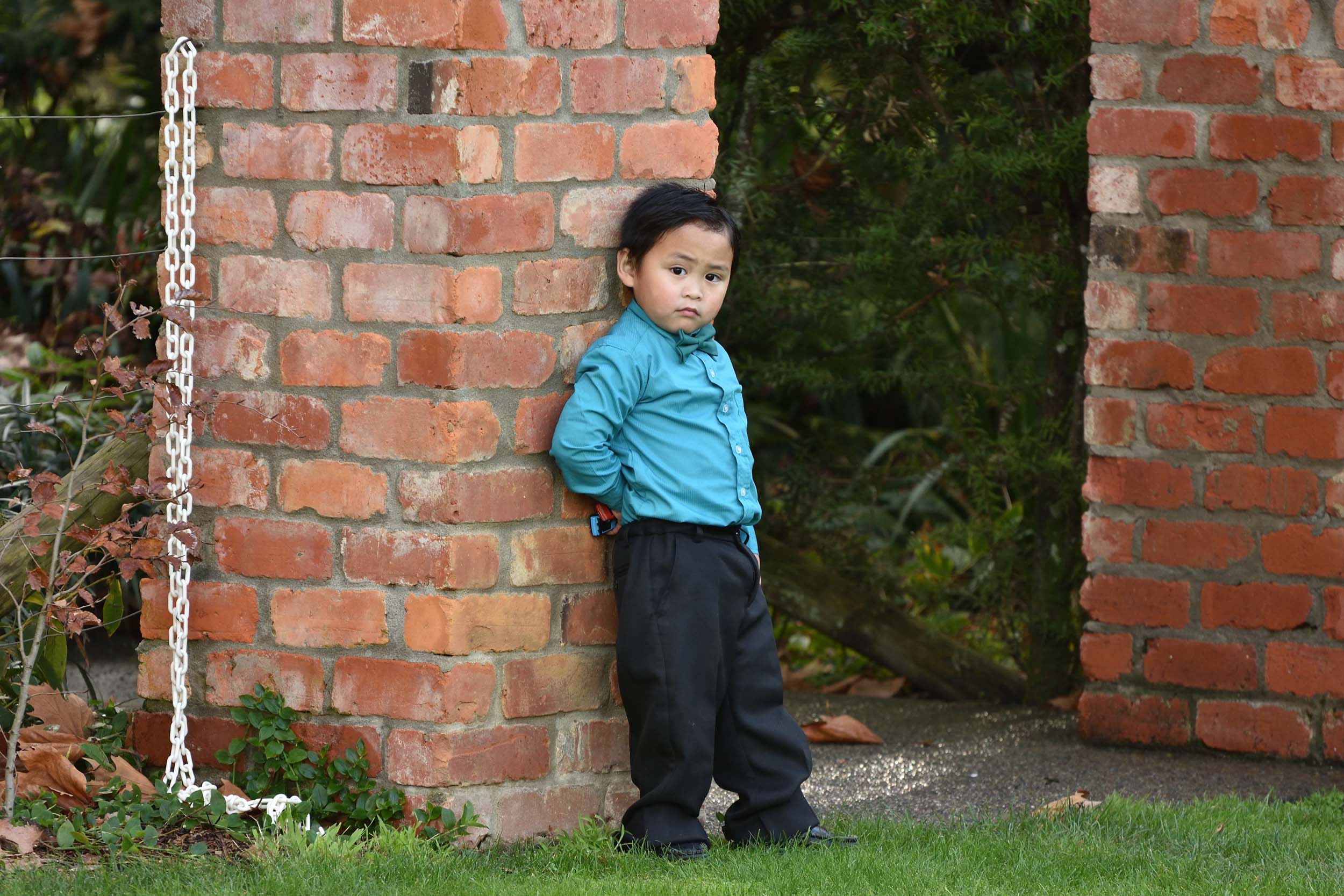
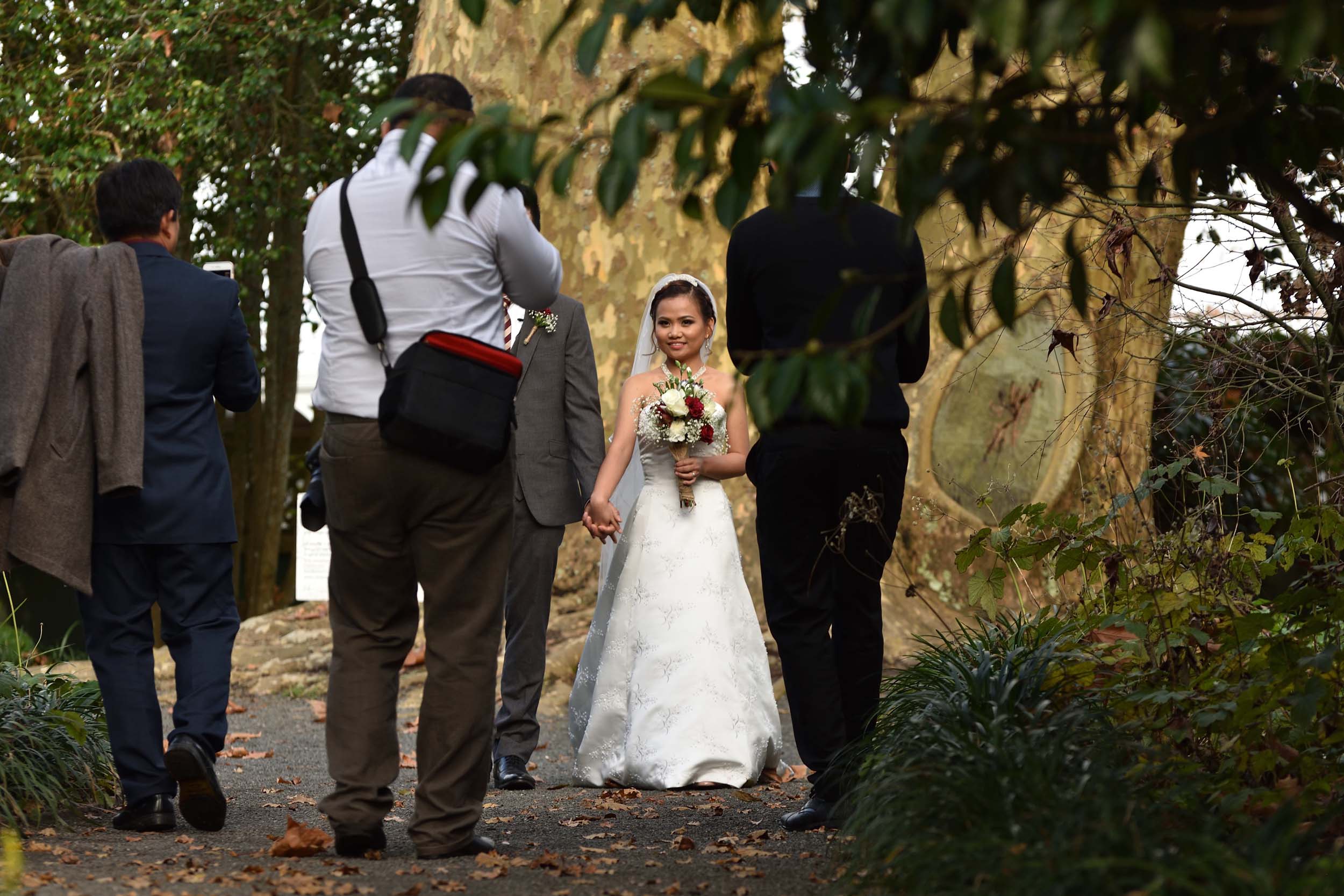
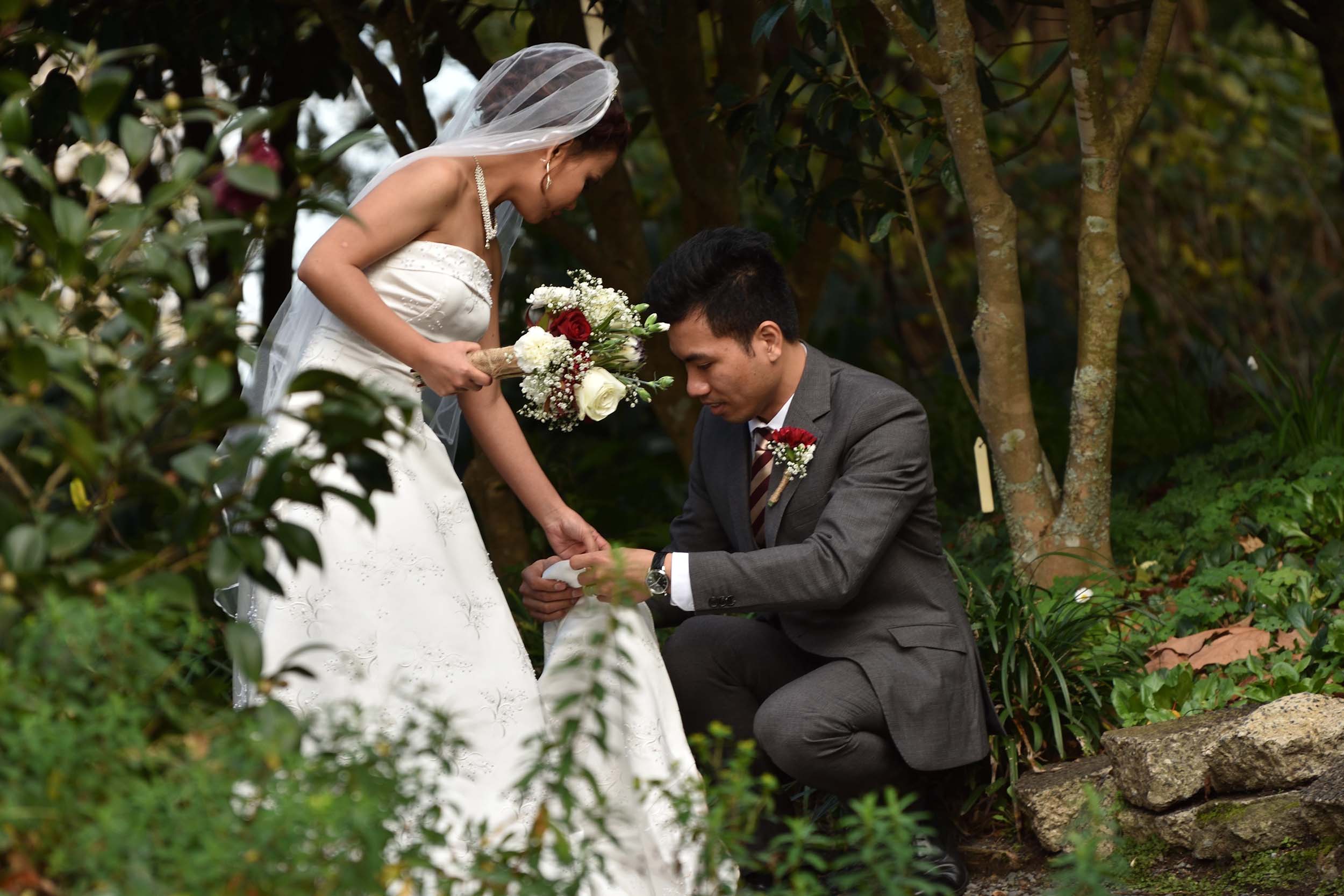
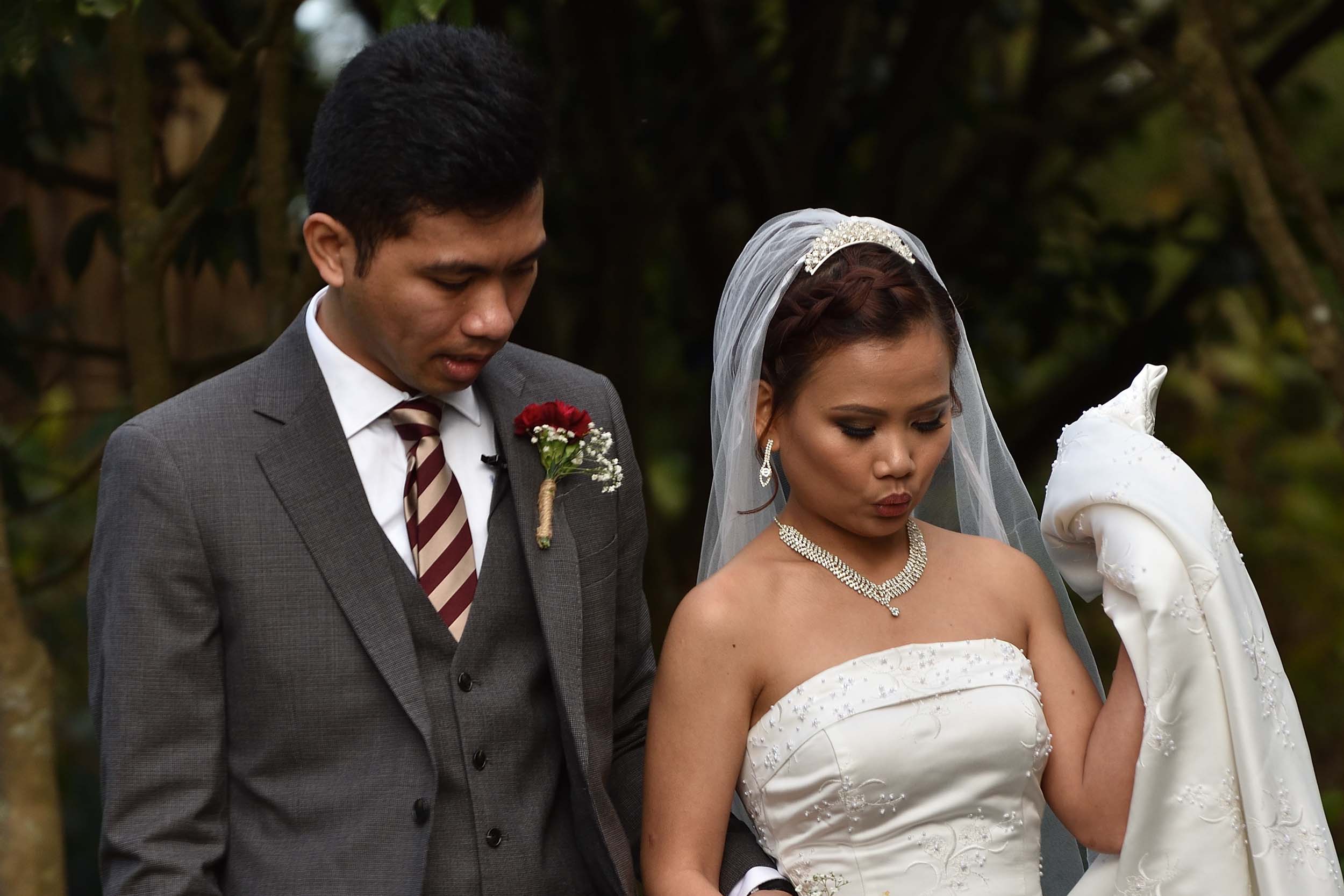
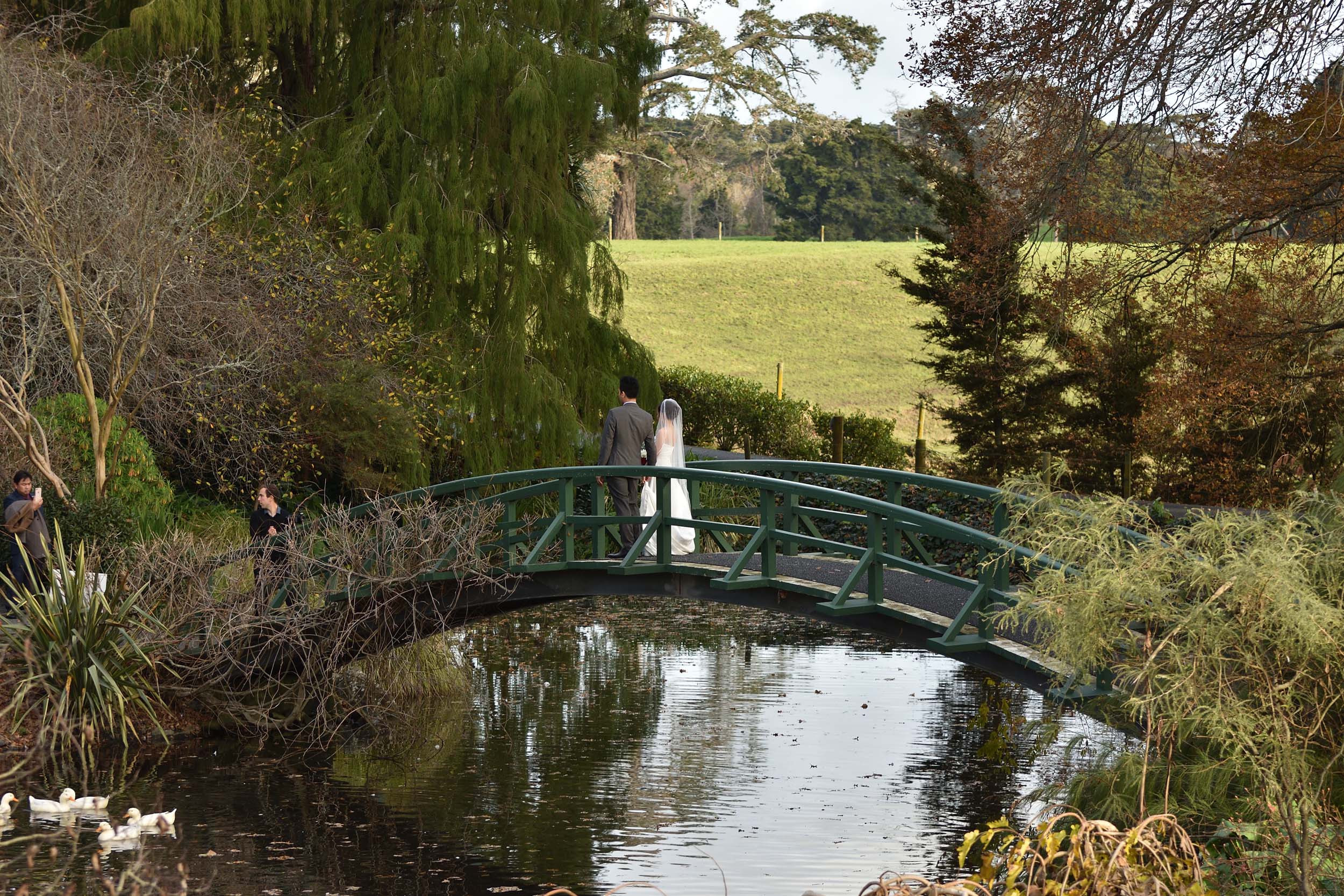
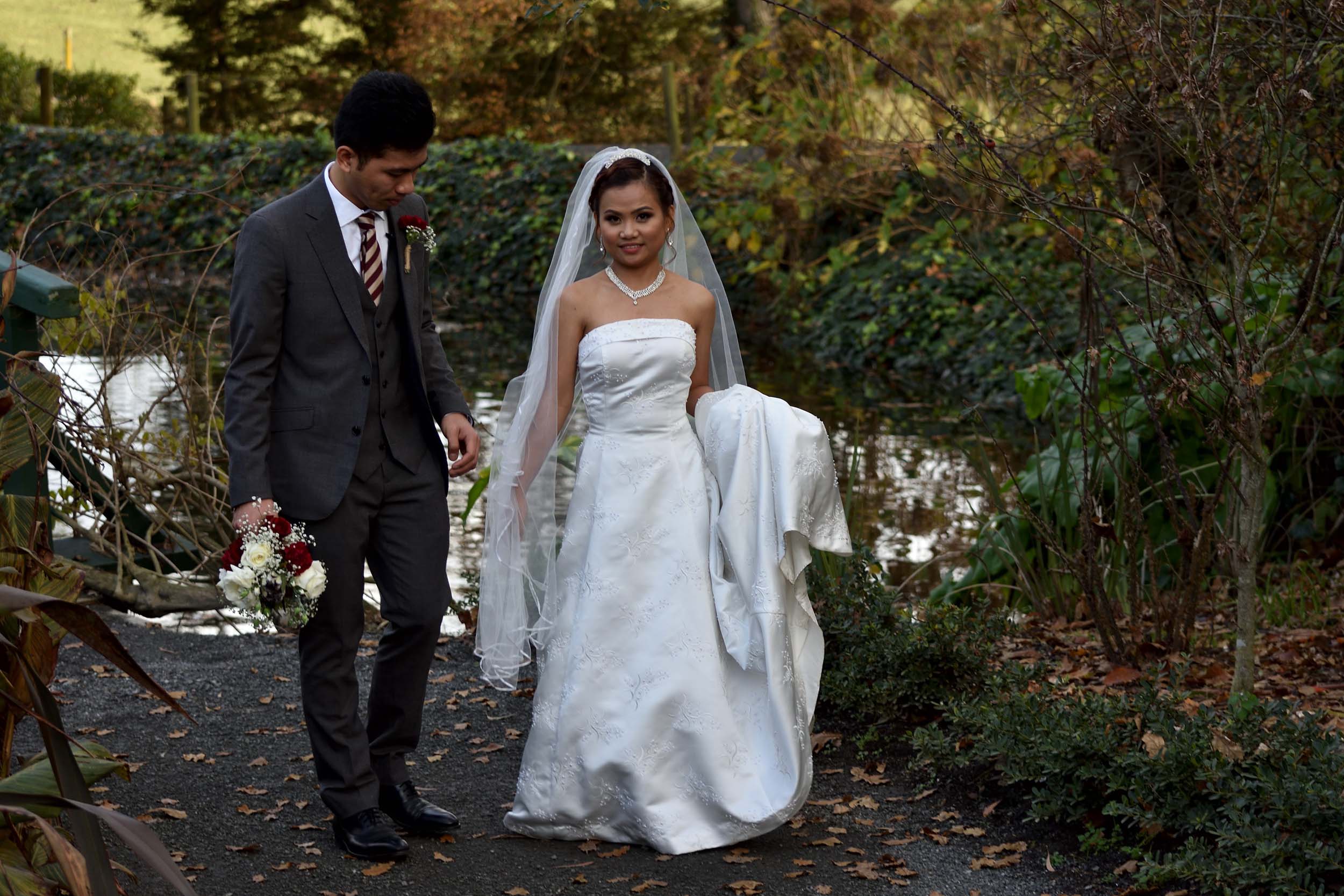
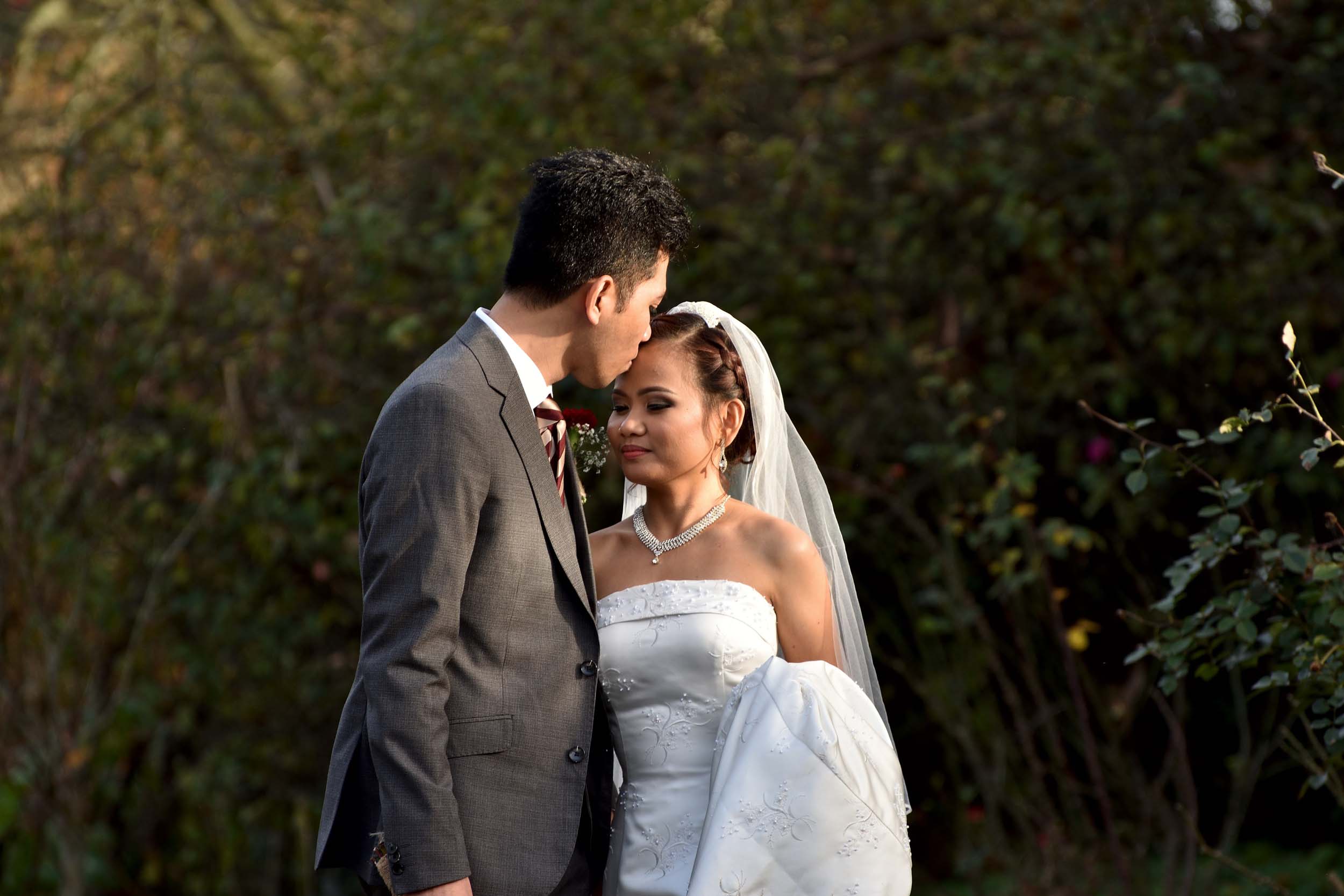
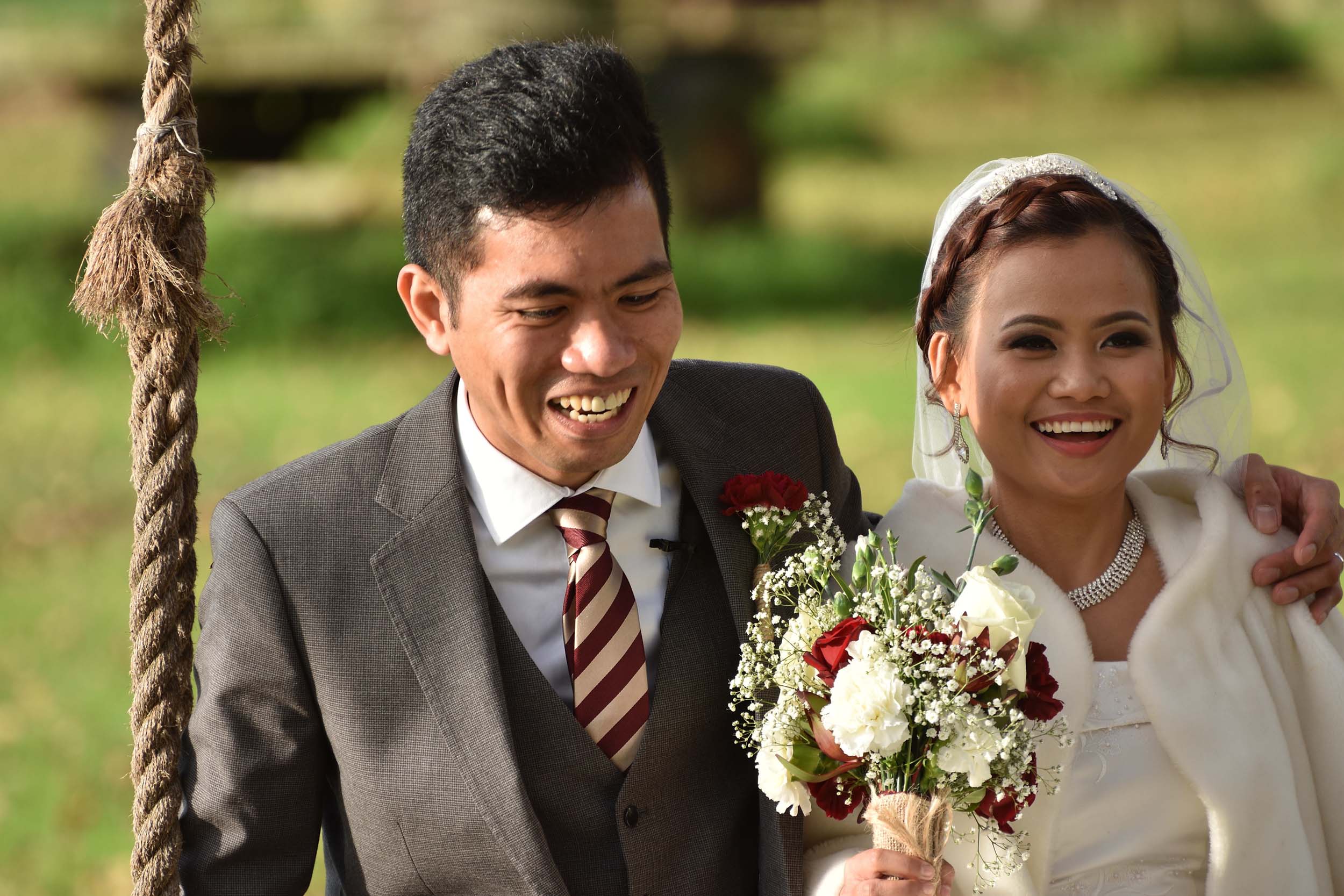
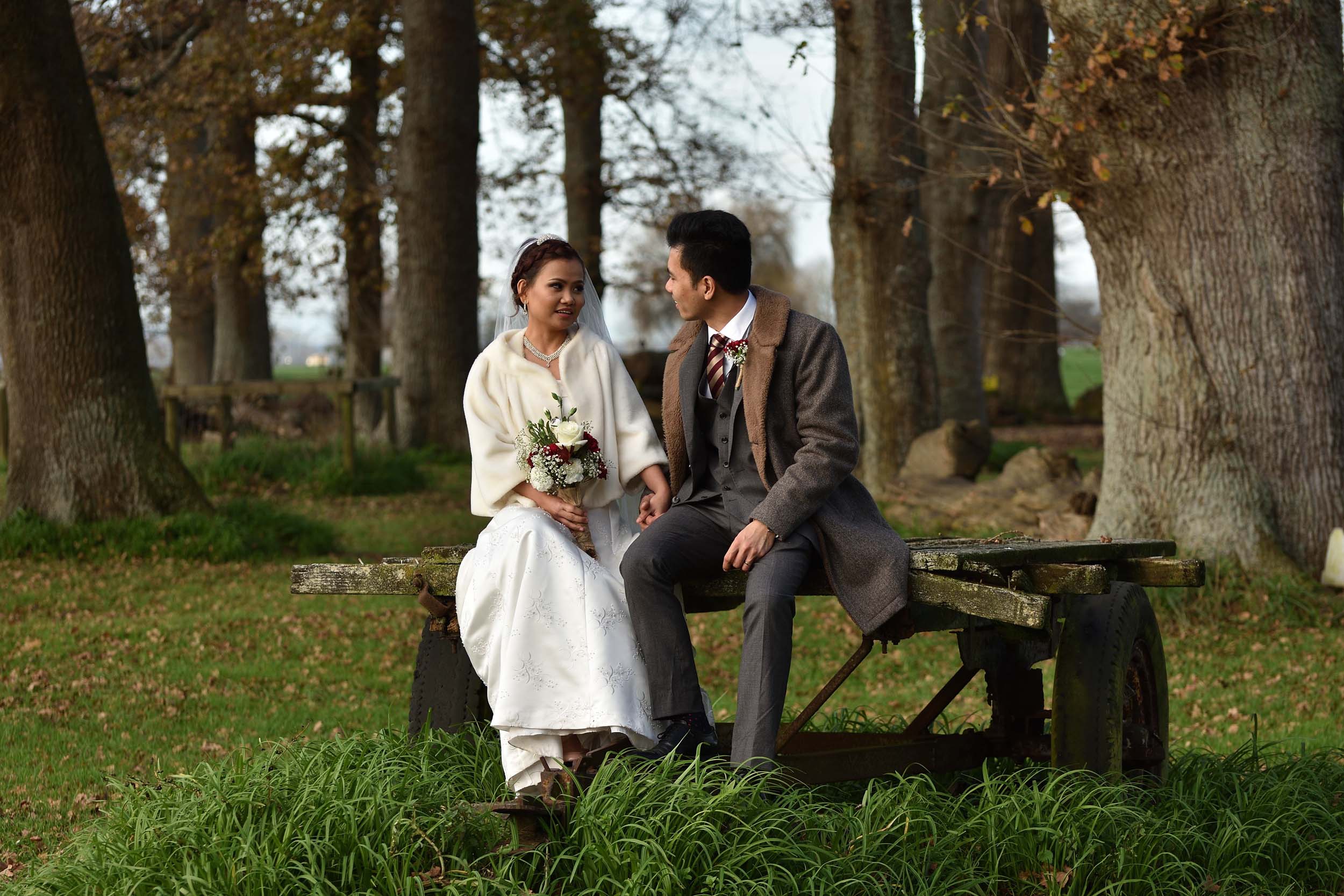
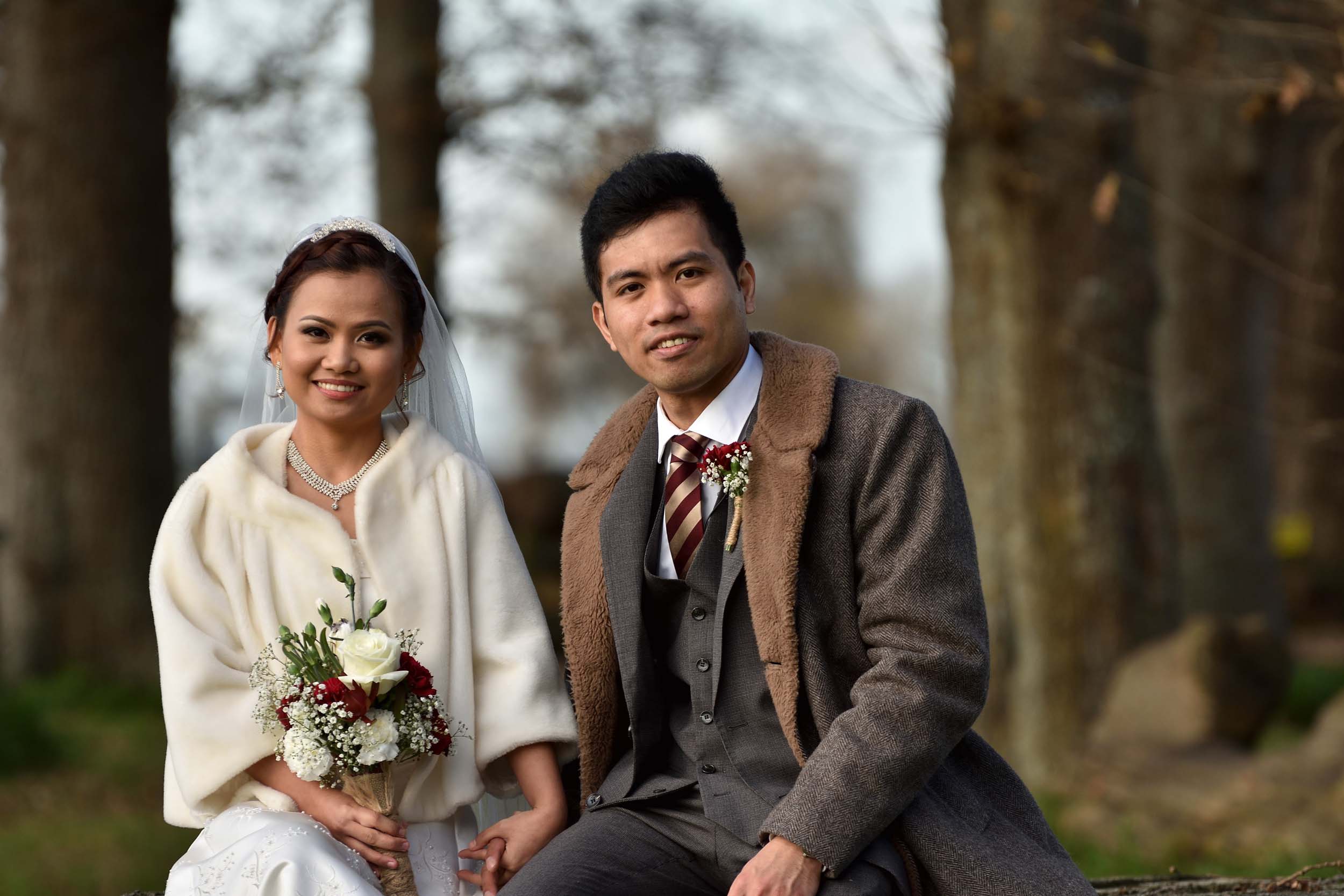

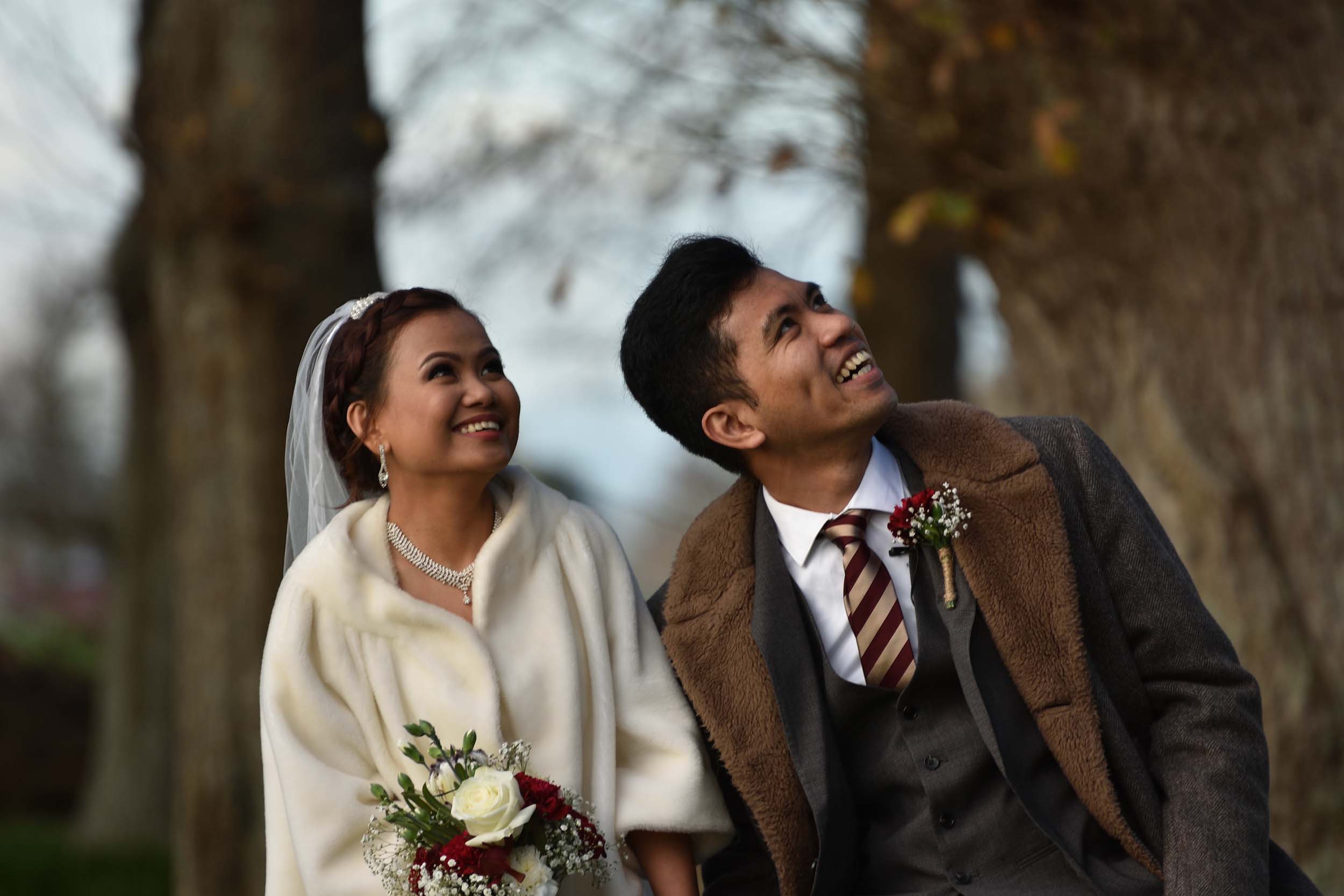
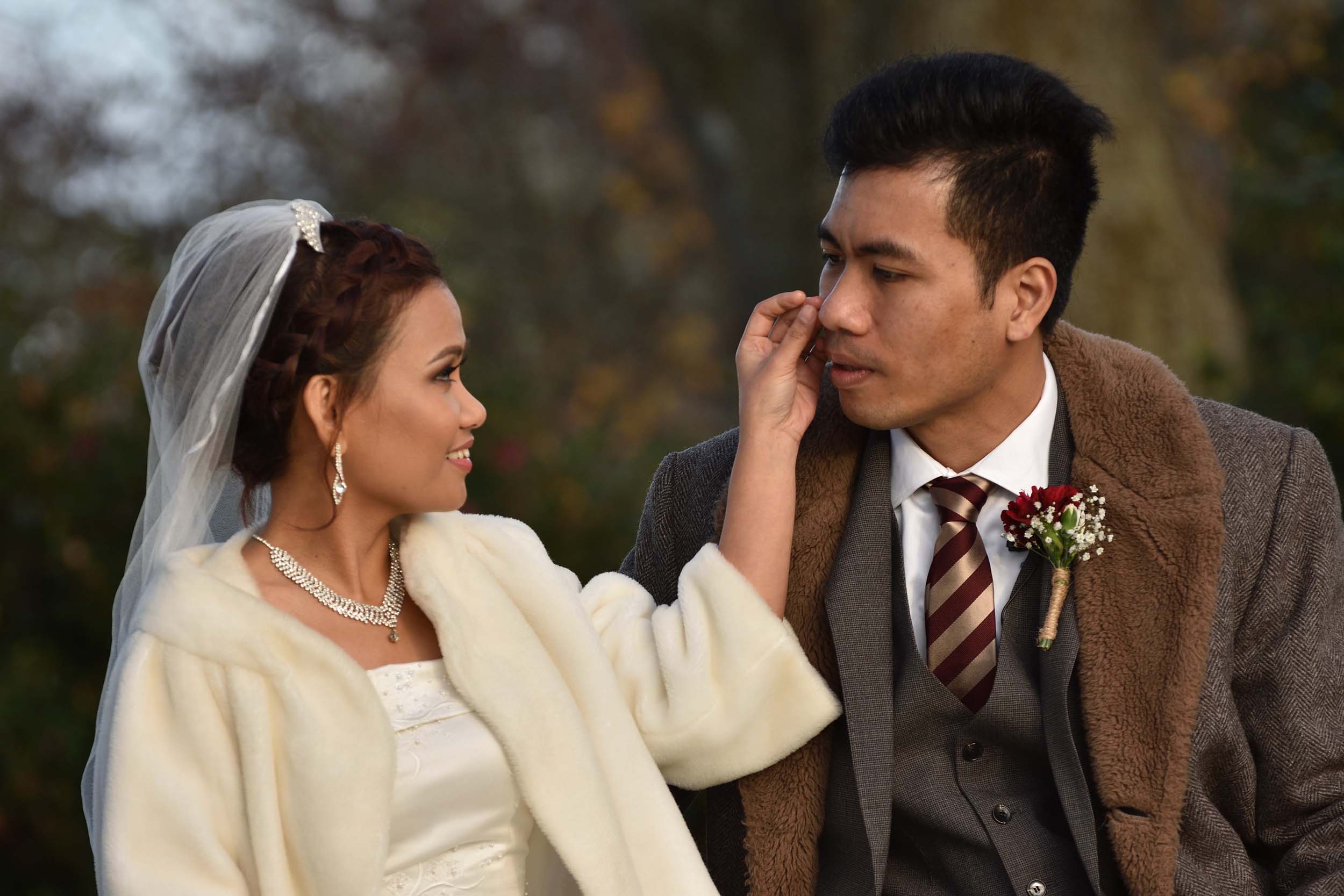
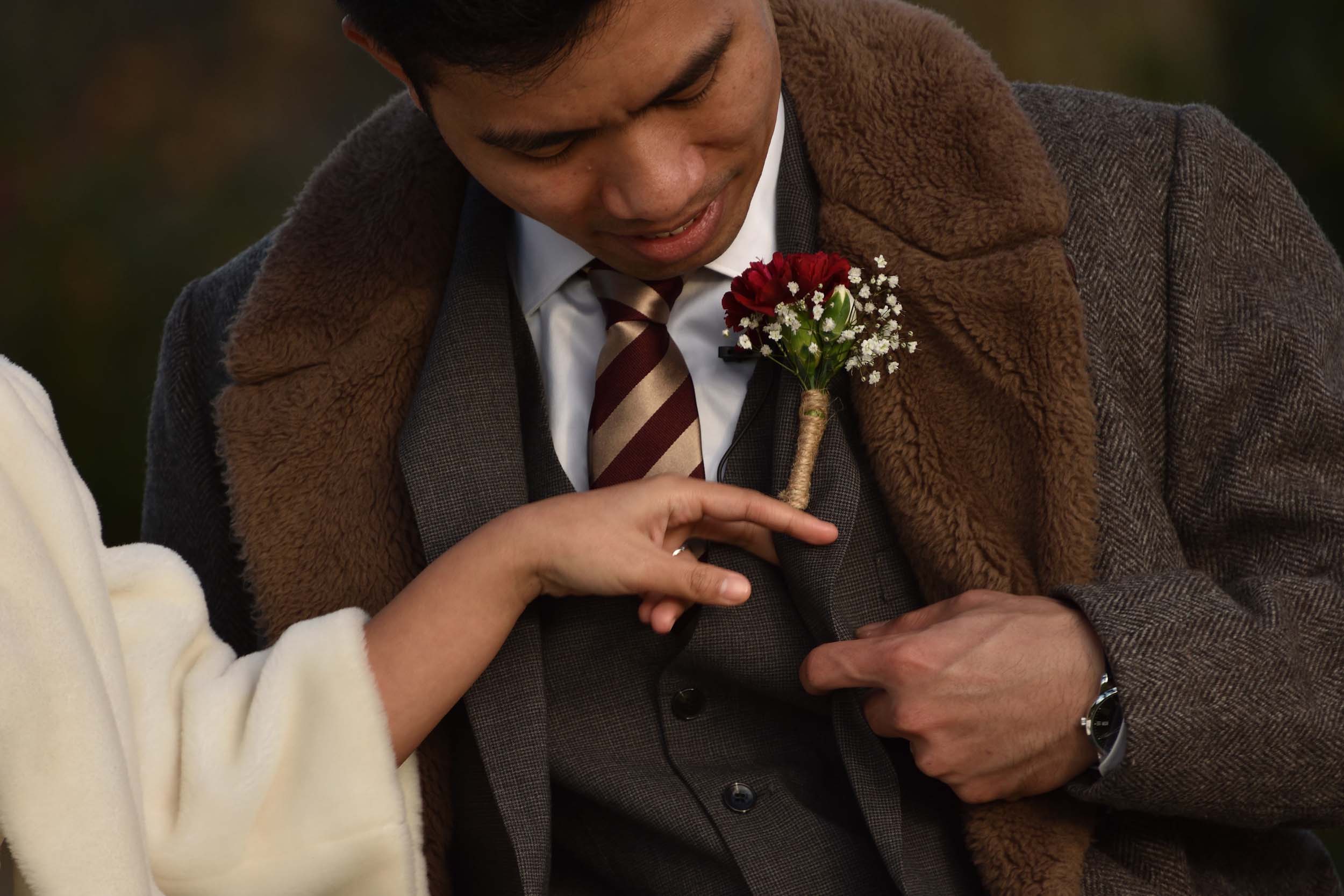
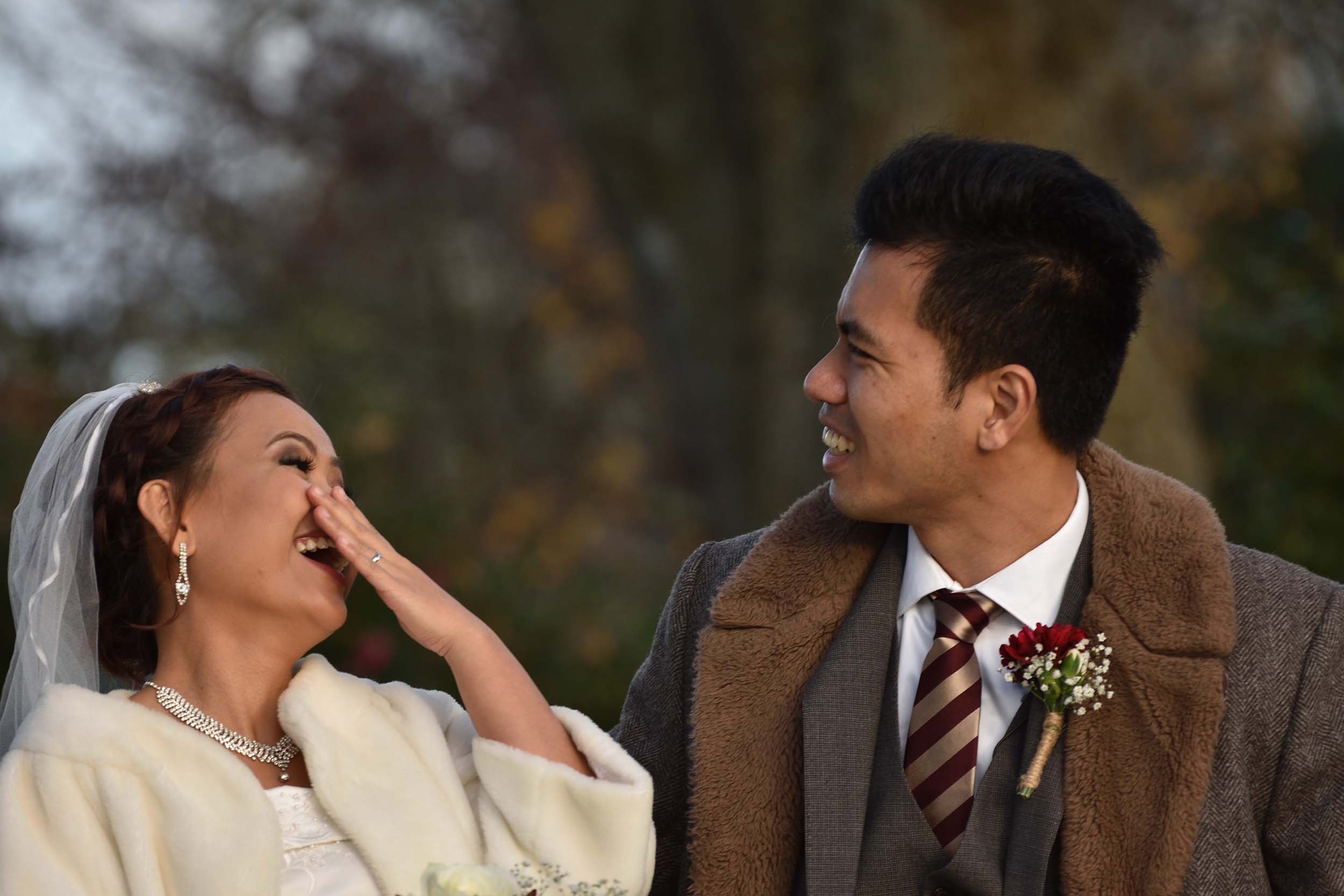
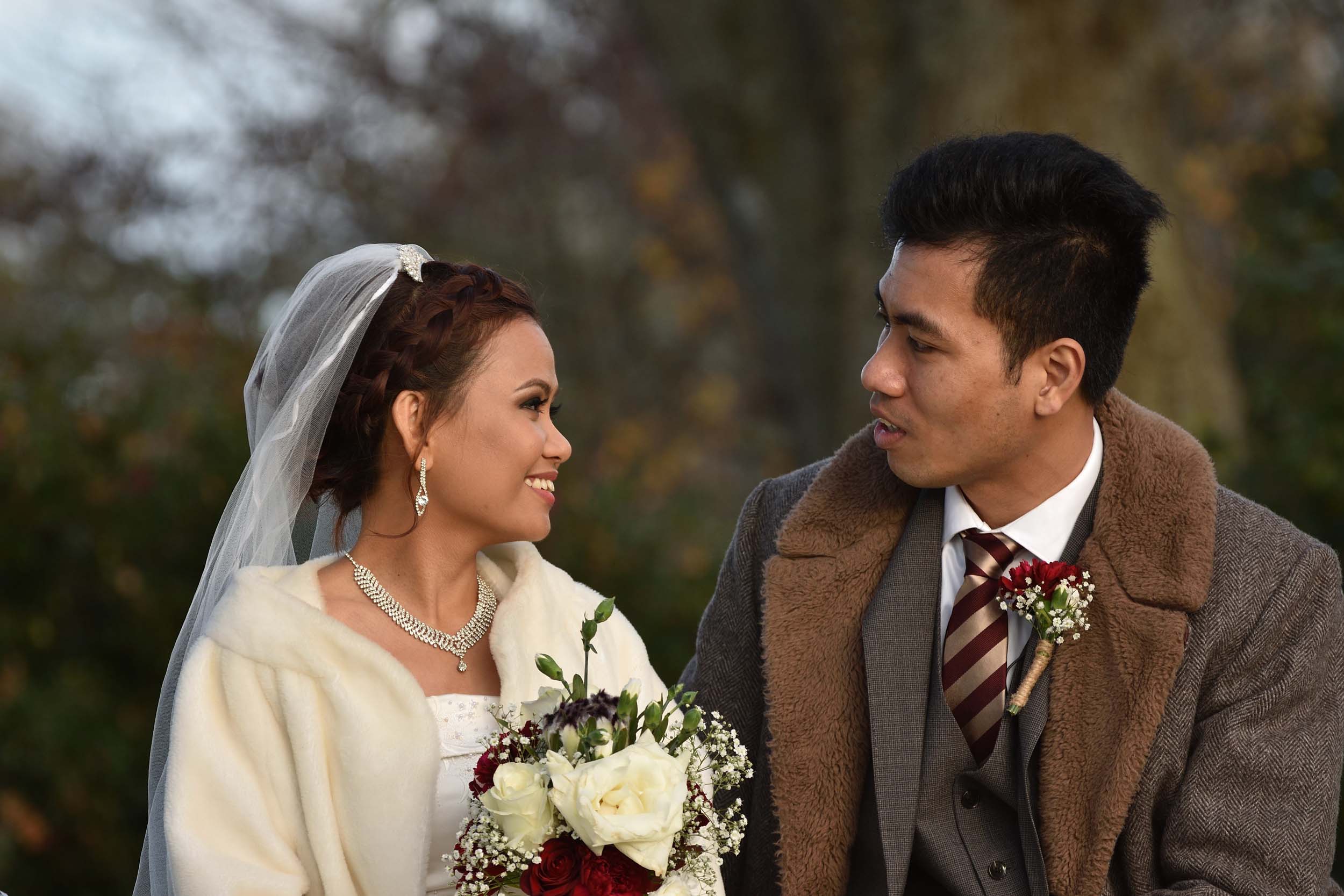
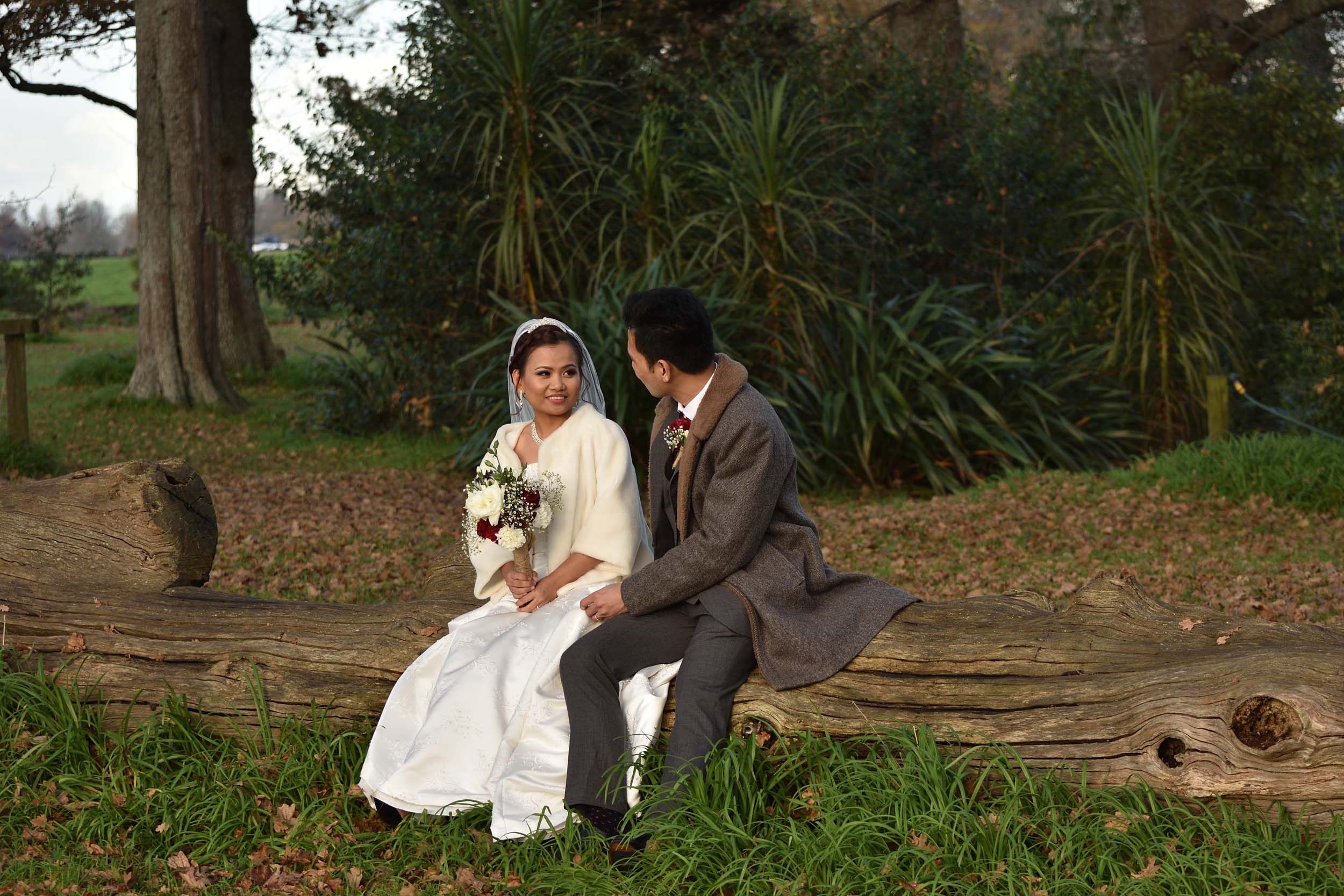
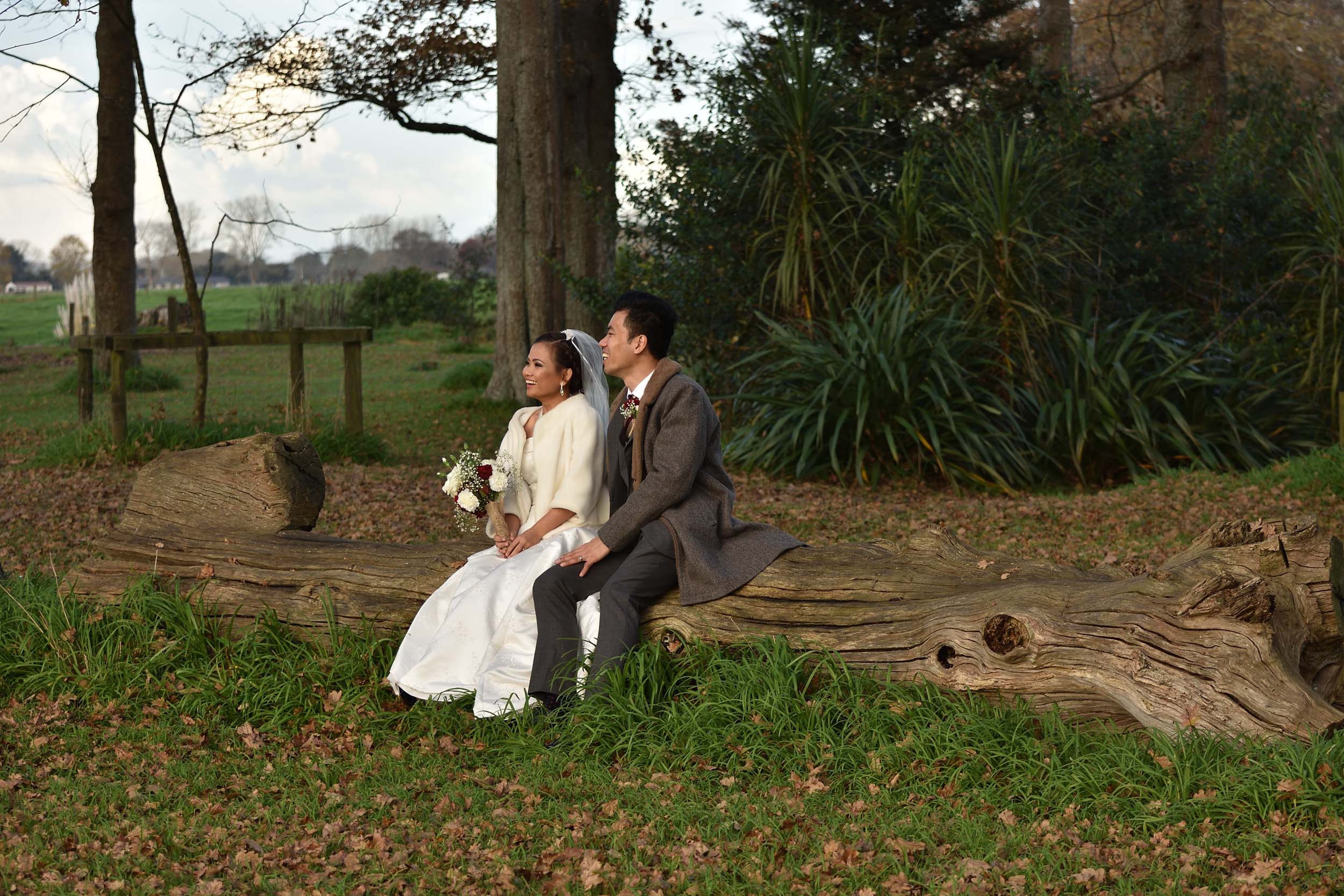
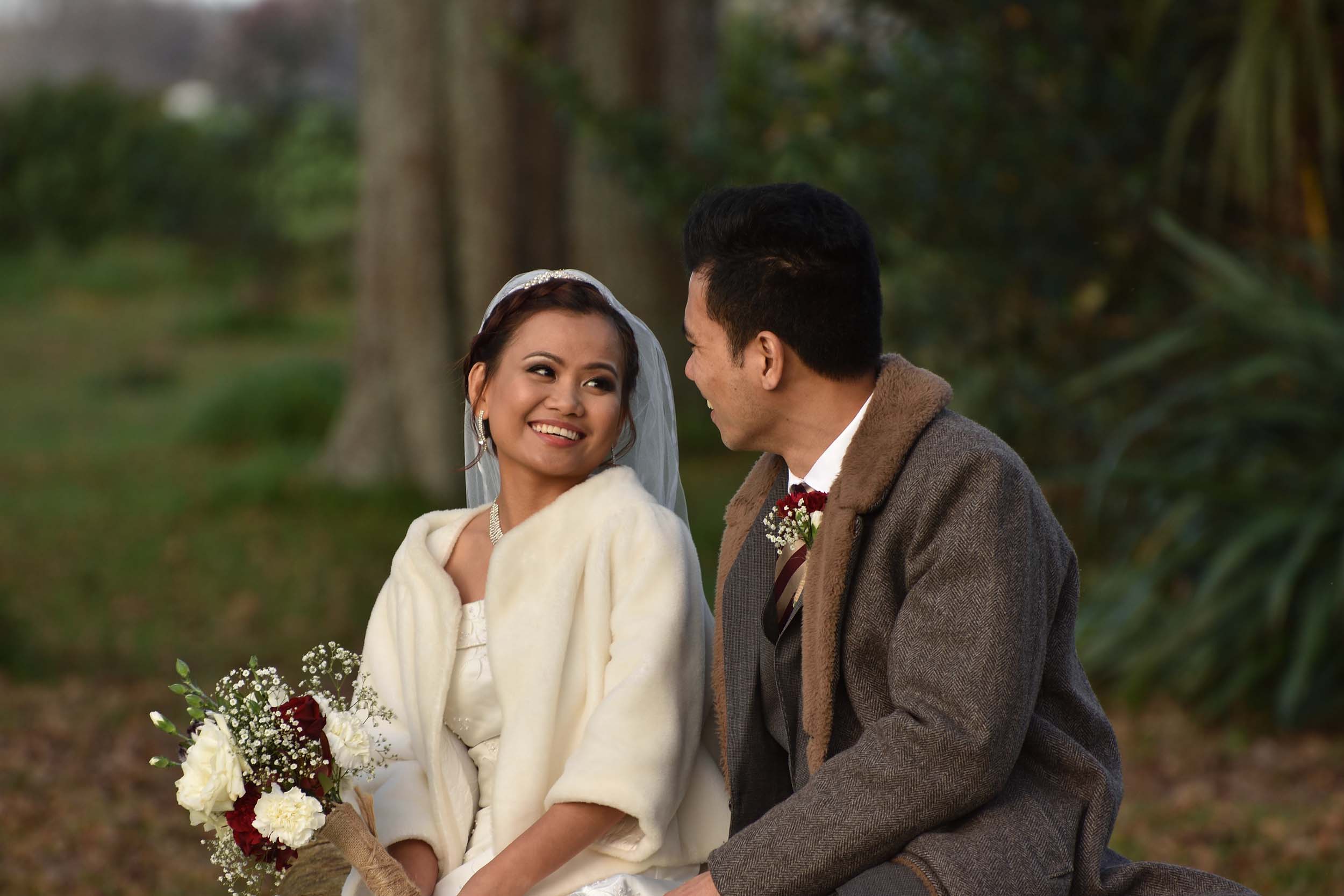
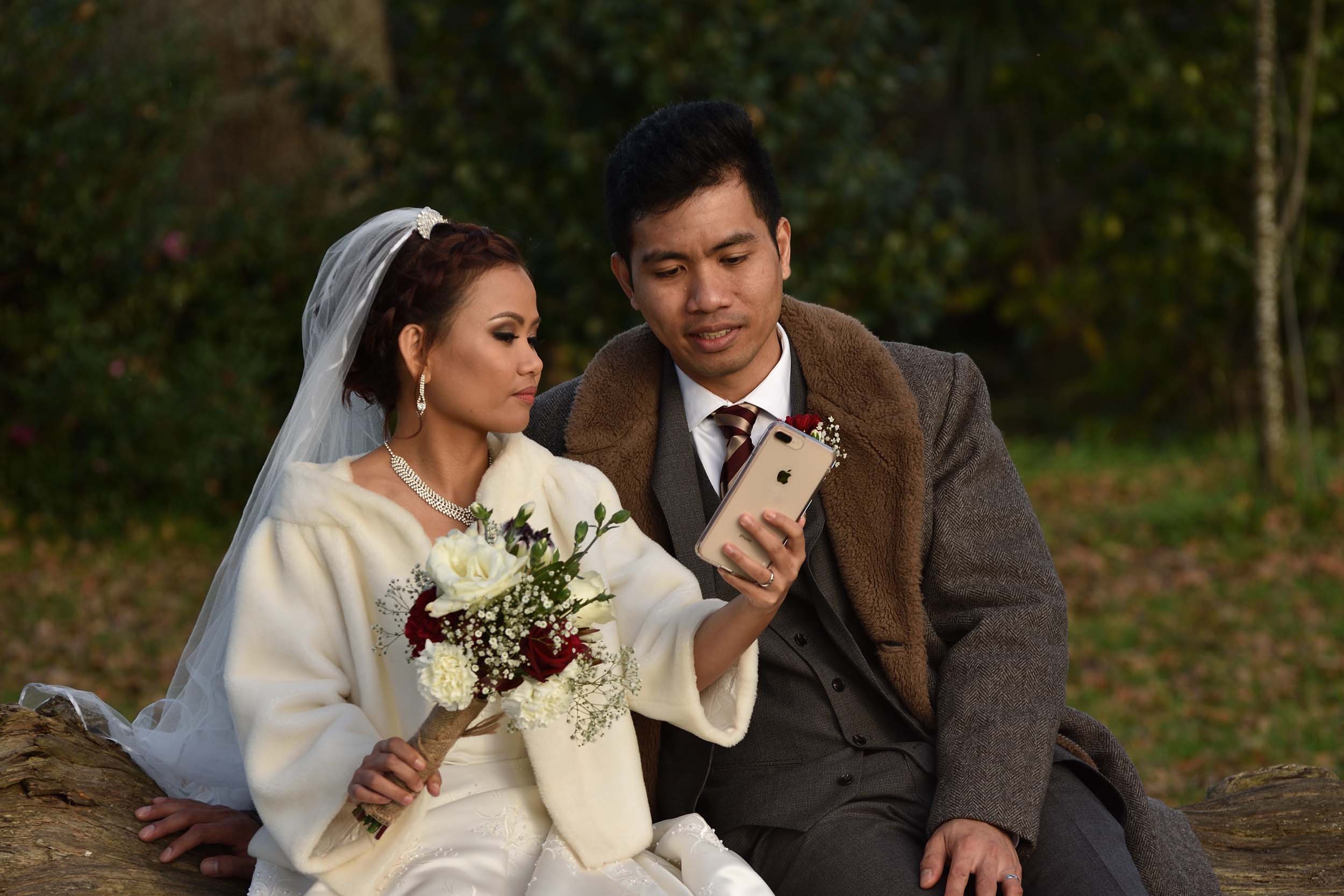
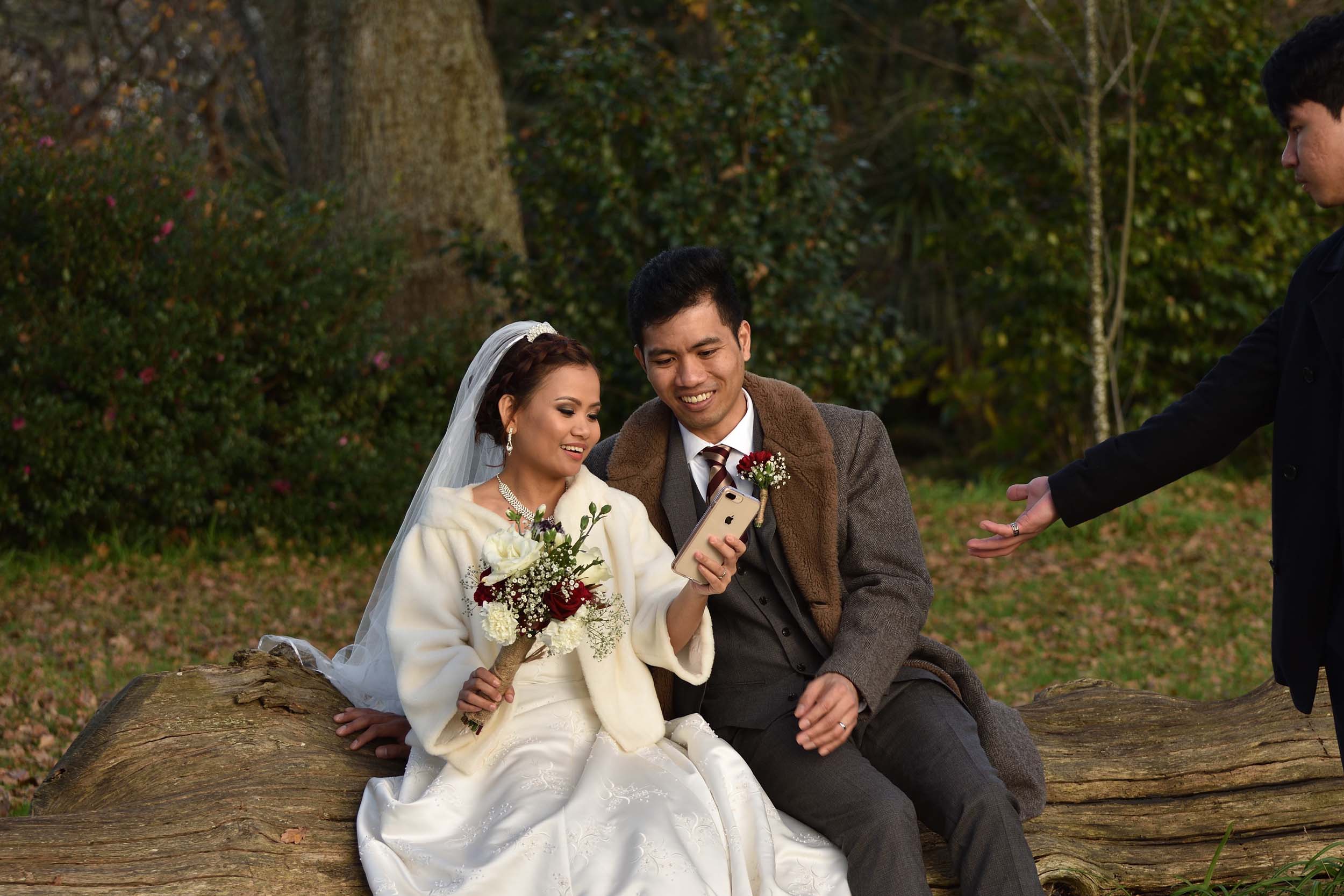

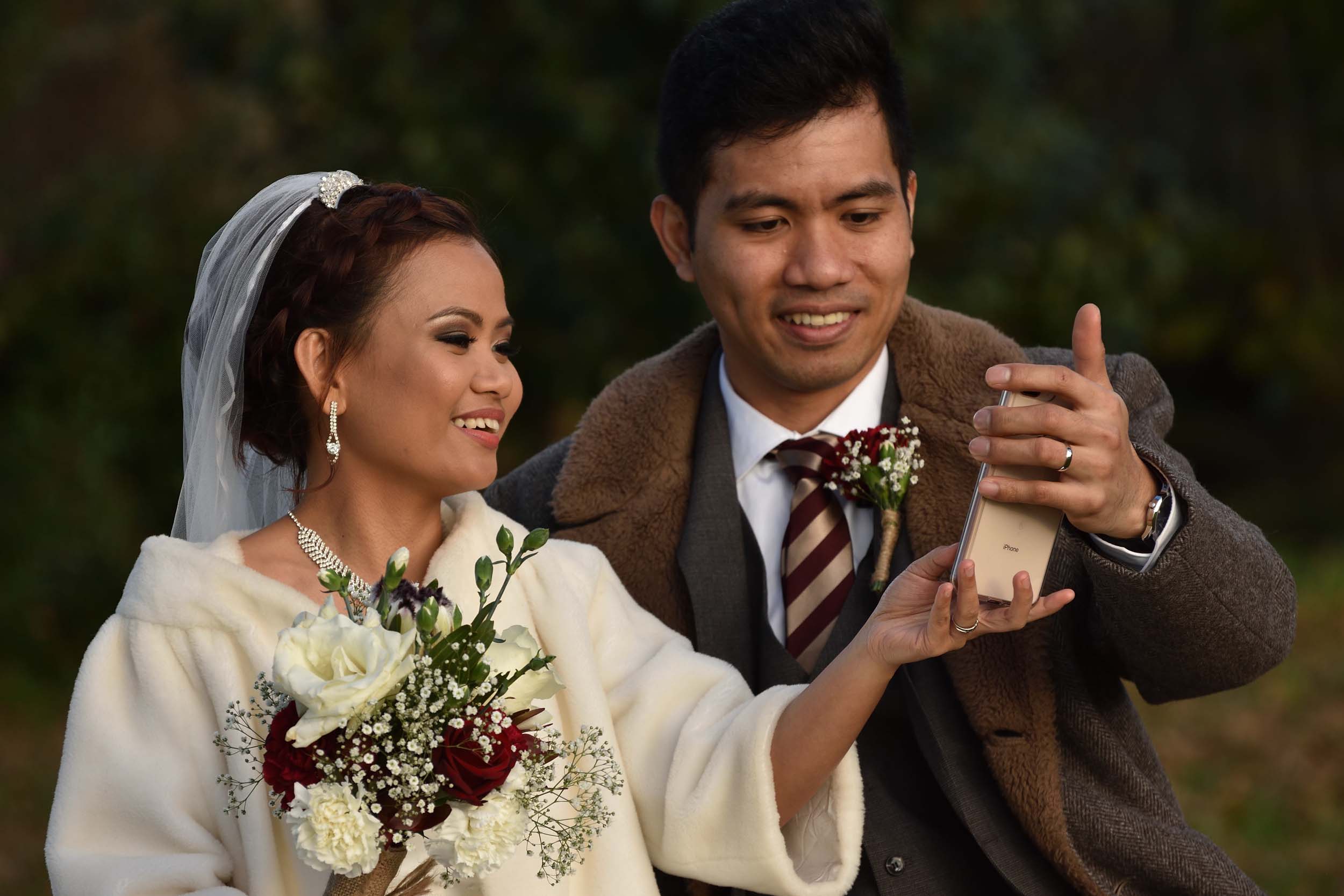
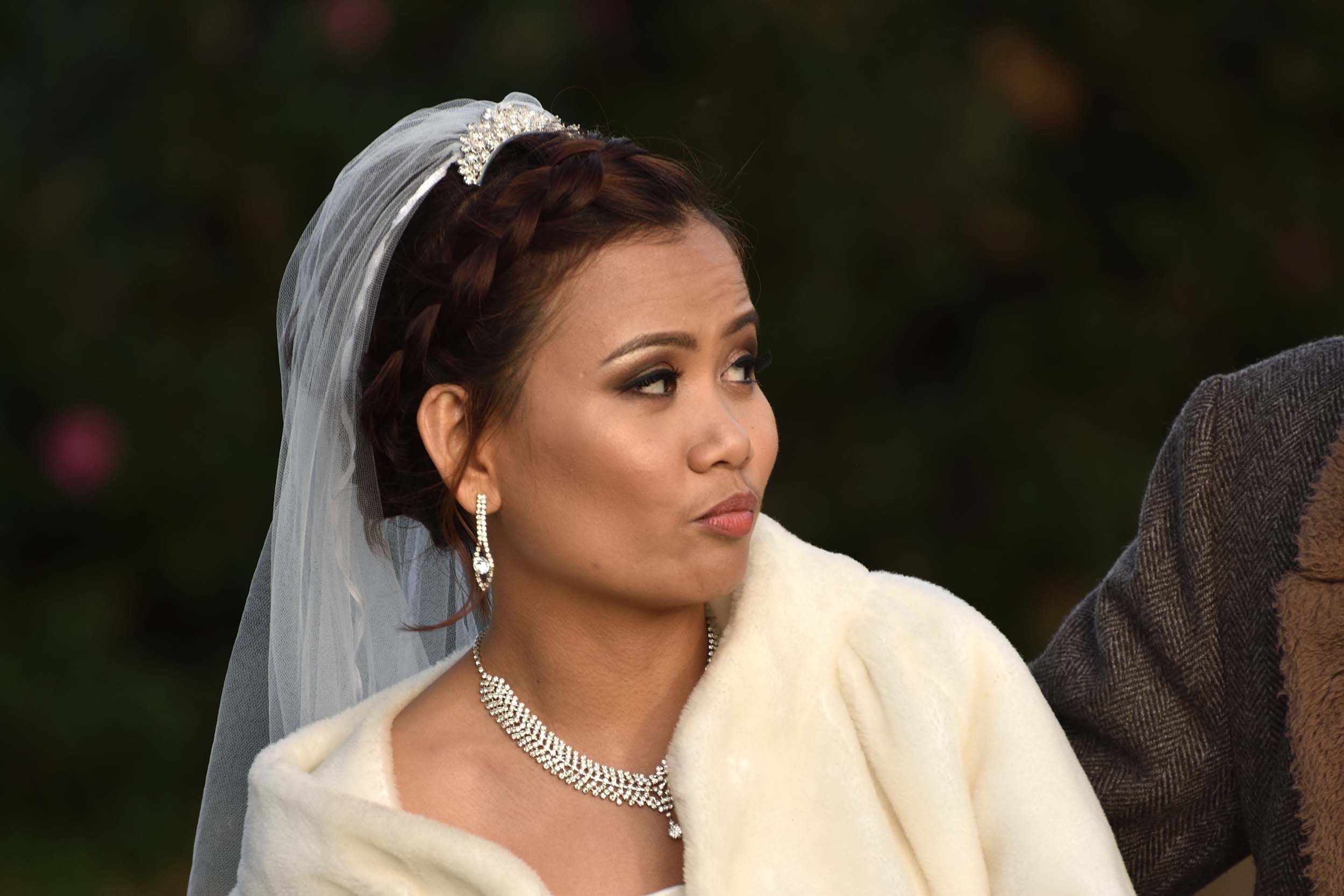
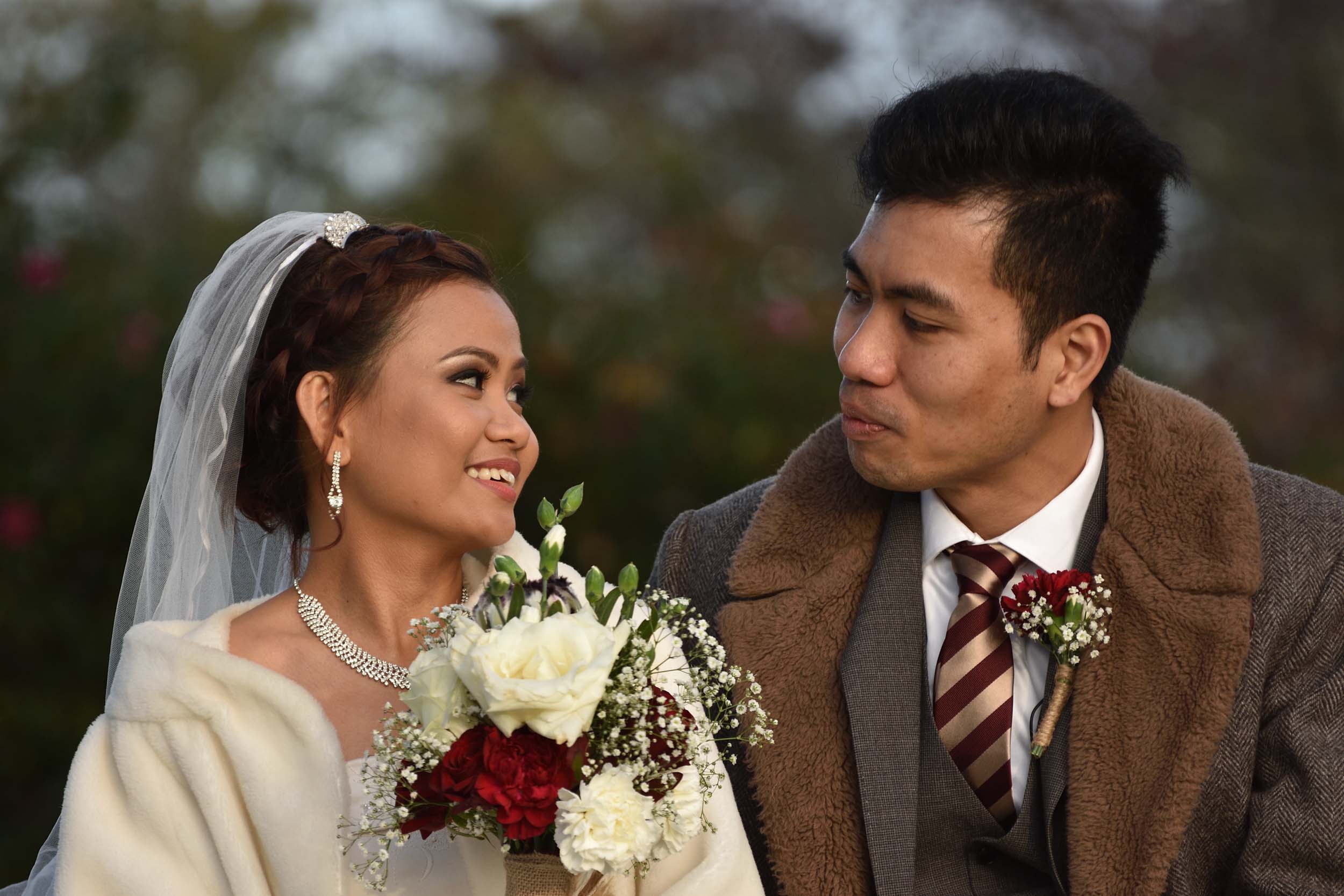
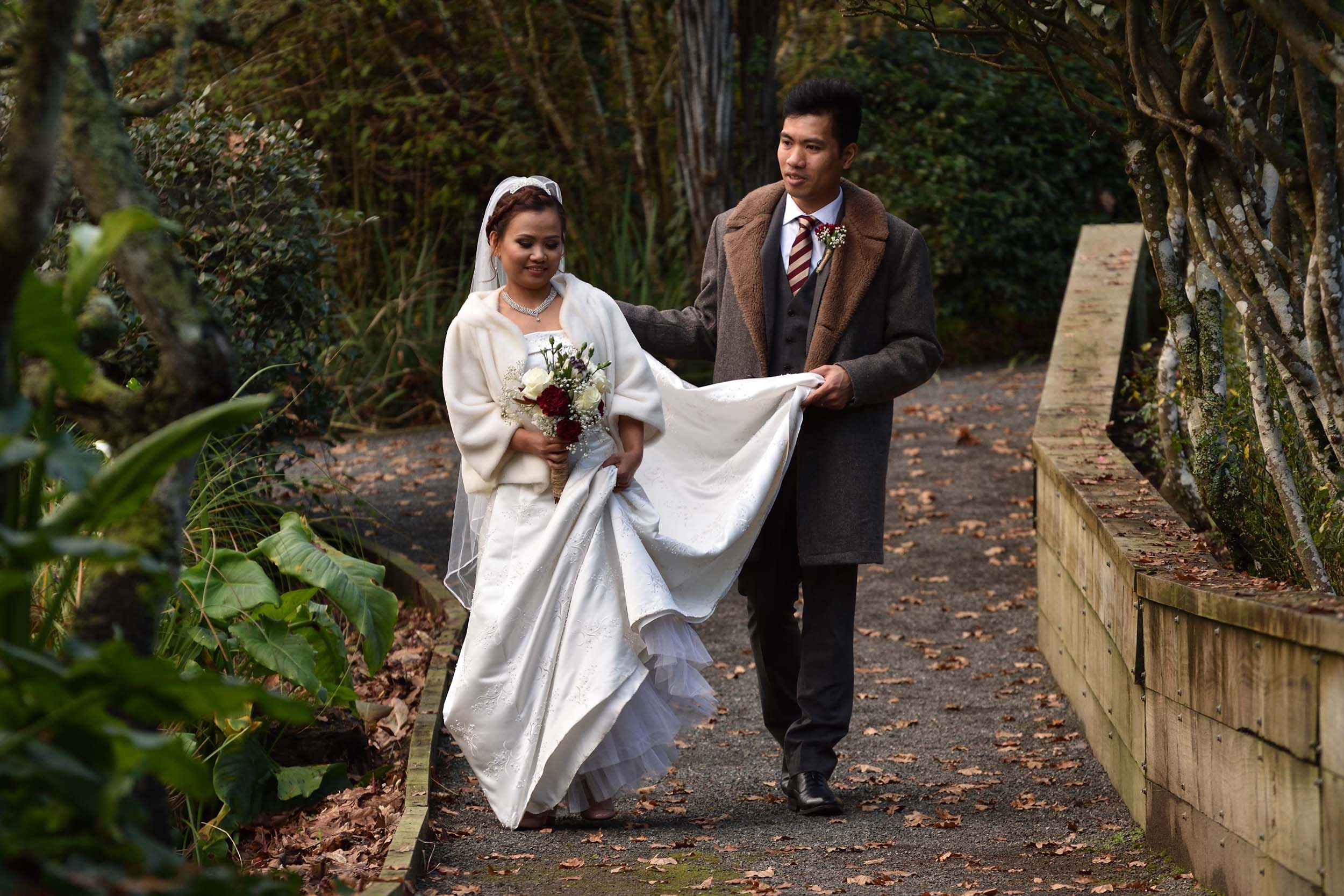
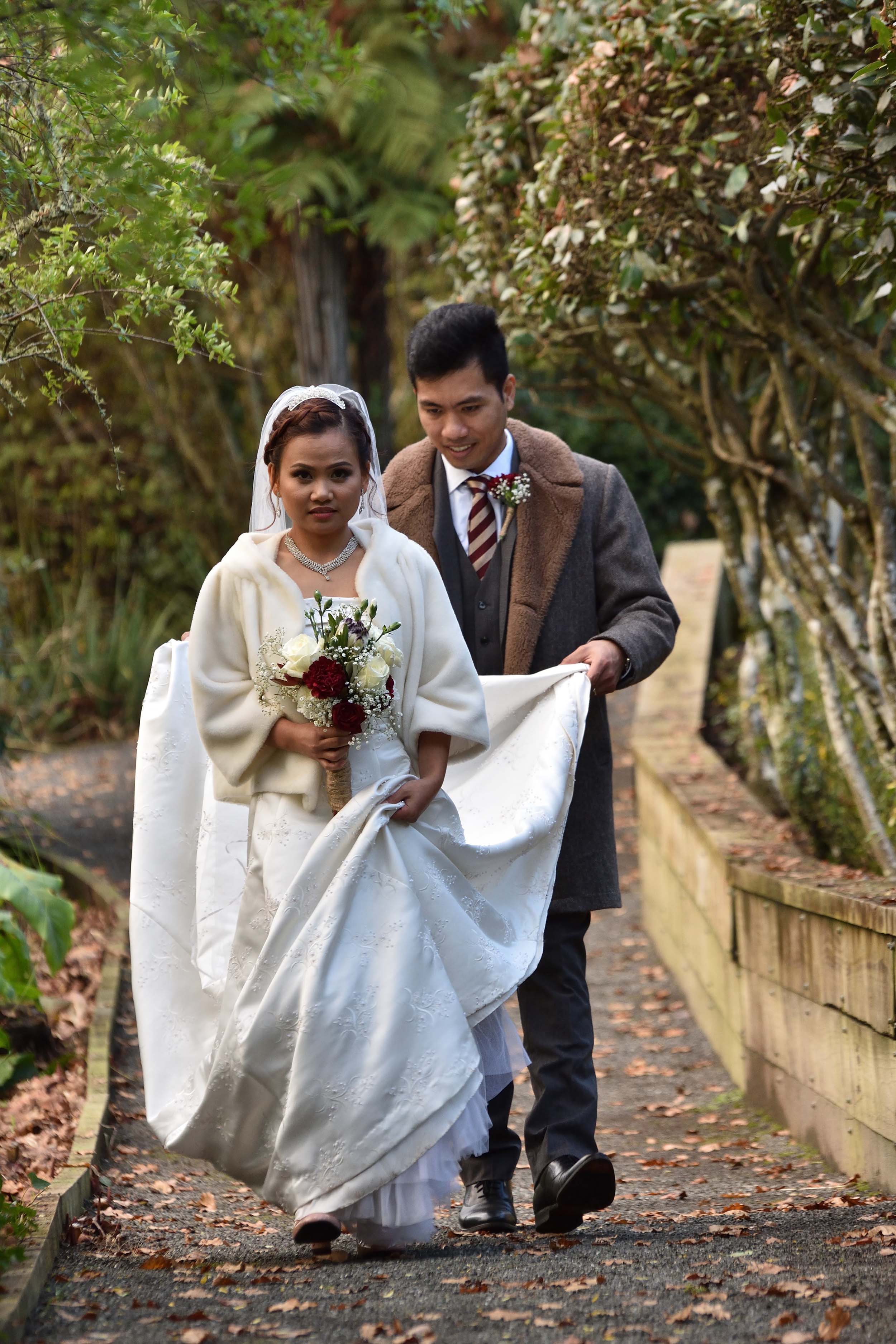
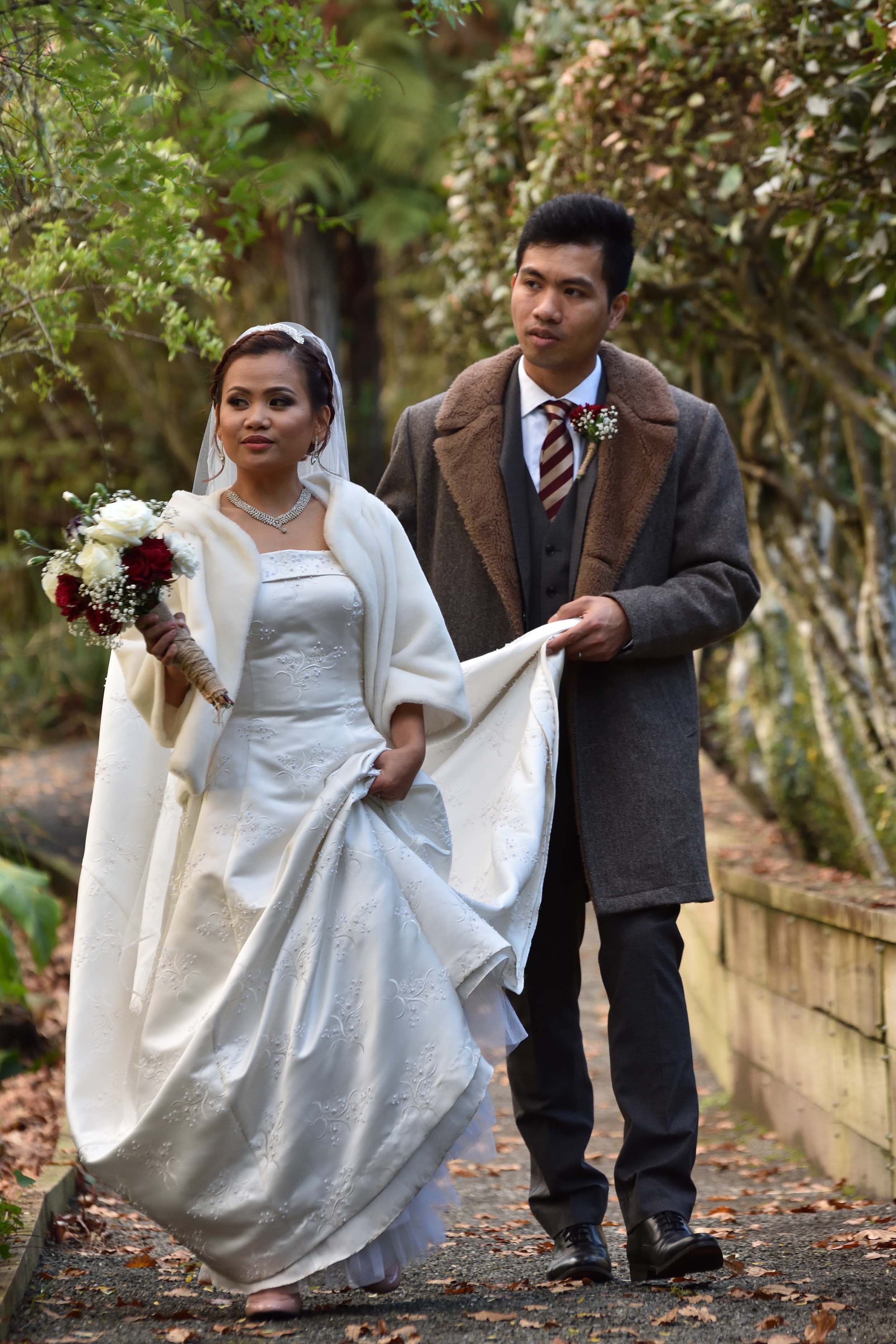
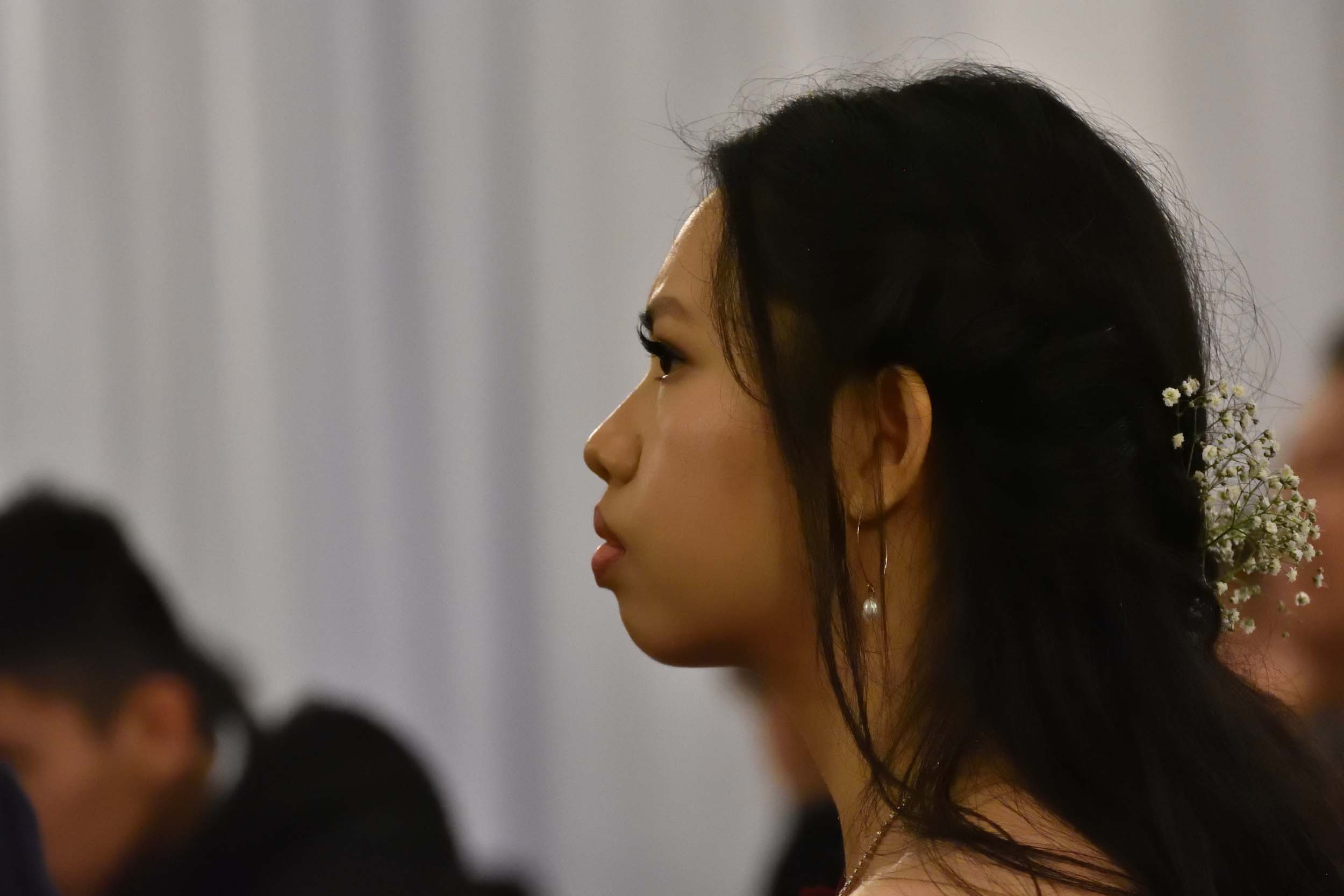
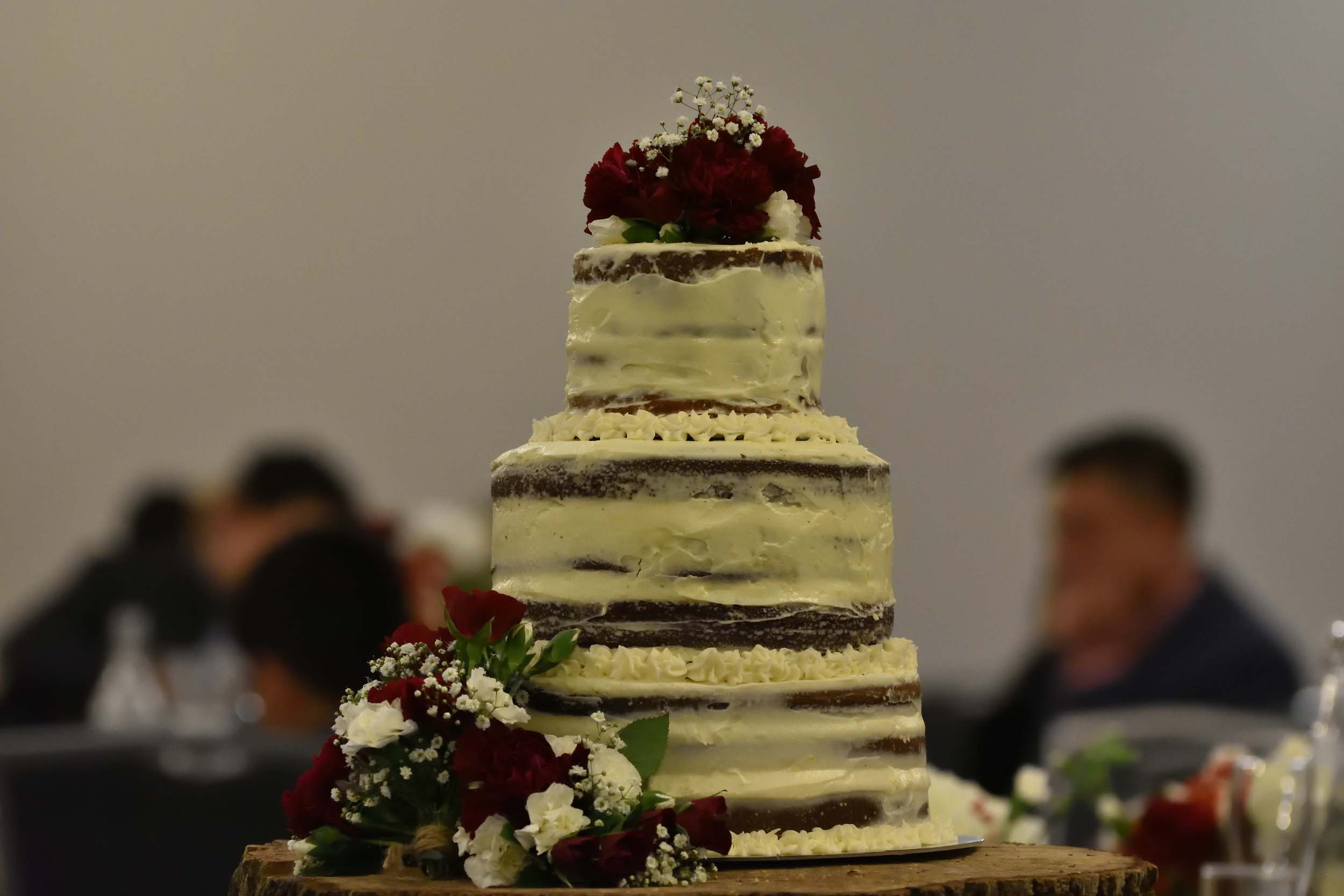
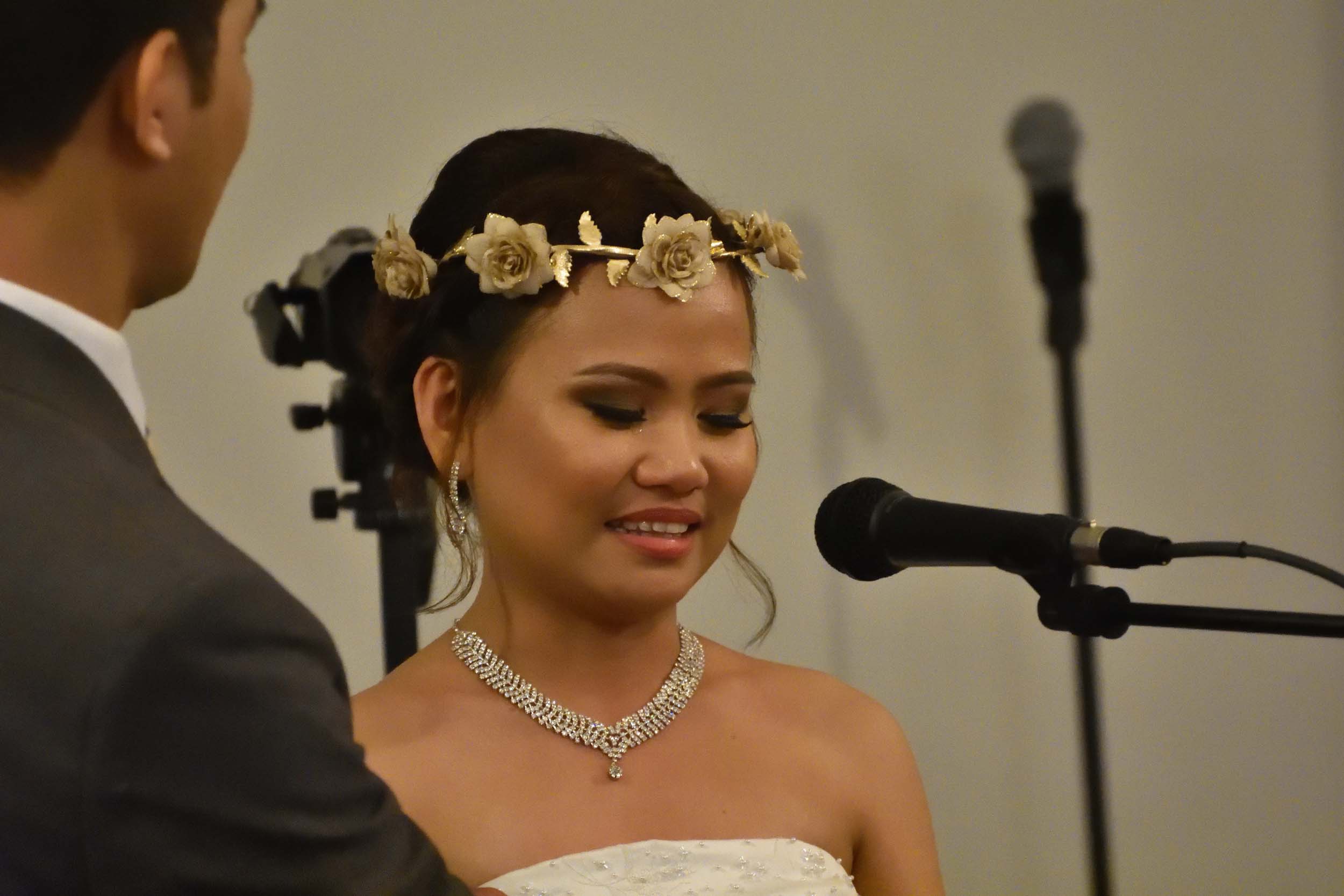
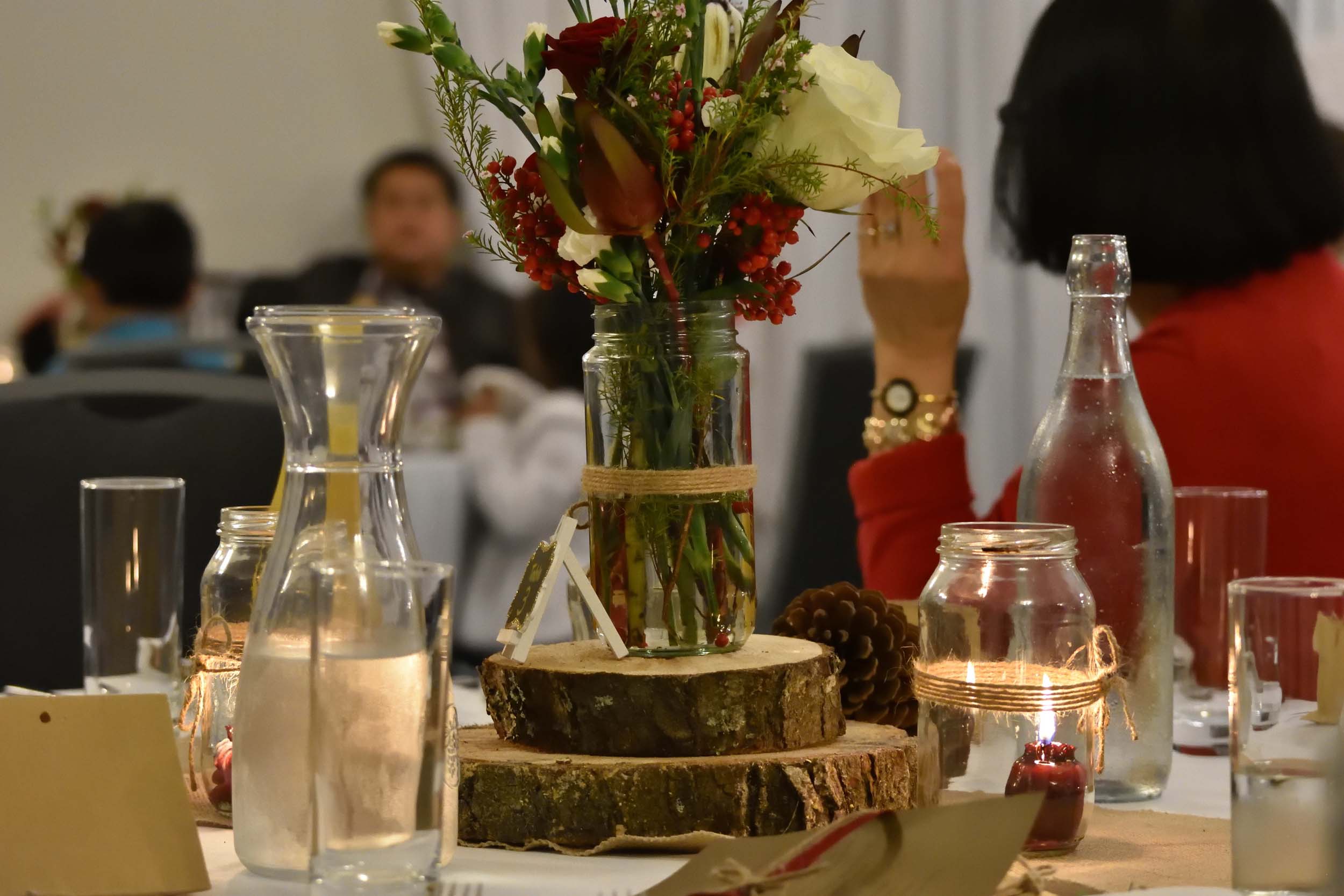
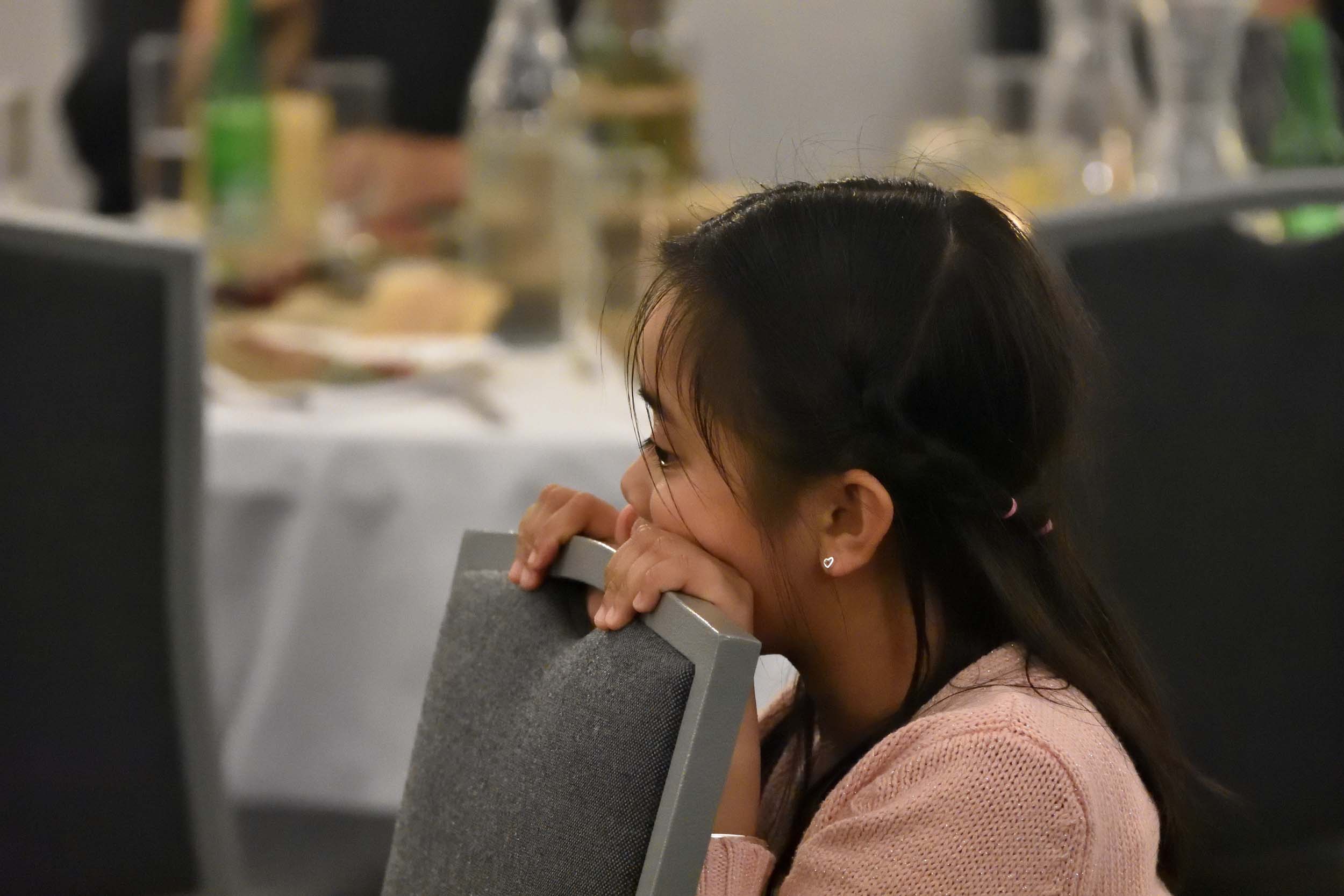
Nikon D7200 and 70-300mm VR lens.
Of course when the light gets really low you need faster glass or flash. When the videographer is busy doing his thing at the reception you don't want to be blowing off the flash in the middle of his video so I did a test to see how far this combination could go. This is with the 70-300mm VR at 1/20th sec, iso 25600 and f5 in only candle light, nothing else.
Not very pretty and perhaps when people would say it’s a good time to put on the 85mm f1.4 - that is if you decide you need to take pictures in these conditions while everyone is watching a slideshow - but better to be prepared for it than not I suppose. Then again let’s do the math - at f2.5 we could be at iso 6400 and 1/20th or f 1.4 iso 1600 and about 1/15th - too slow for an 85mm lens with no VR so we’d have to increase the shutter speed to at least 1/125th, f1.4 and iso 12800! Only a 1 stop advantage [plus faster shutter speed admittedly] so the only real solution, while maintaining versatility then is the heavy and bulky 70-200mm f2.8 VR [the non - VR 80-200mm f2.8 would actually be a disadvantage with no VR and only 1-2 stops brighter because you’d have to use much faster shutter speeds]. For all that extra weight of the 70-200 f2.8 VR you’d have to carry around all day you would have a 1 stop advantage at 70mm and maybe 1 1/2 stops at 200mm while not being able to go all the way to 300mm in good light. Of course those who shoot with a 70-200mm all day generally love that lens and its range and if you’re happy to carry that weight around all day then by all means, it is a superior lens. Just for me personally it’s not worth the shoulder pain after 8 hours and I get better images “on average” over the day, shooting with lighter lenses.
And with the lights back on? This is iso 14400 f5.3 1/125th. Taken at 220mm which is 330mm equivalent in full frame terms. The image obviously has noise but how big will it be printed if at all? A good memory for them to flip through if nothing else and why not?
My conclusion? Don't dismiss the 18-140mm as 'not good enough for weddings', for those of us who value versatility more than "ultimate quality" it's a great lens for weddings - but not the only one you should have. I am looking forward to using my new 16-80mm f2.8-4.0 lens for the next wedding - the wider angle 16mm will be useful, as with the faster aperture. Have a look at the video “Bokeh is overrated” - very much my thoughts as well. As mentioned earlier I also wrote an article on “Shooting your first wedding”.
One year later now and I shot a wedding with the same camera and a 16-80mm lens.
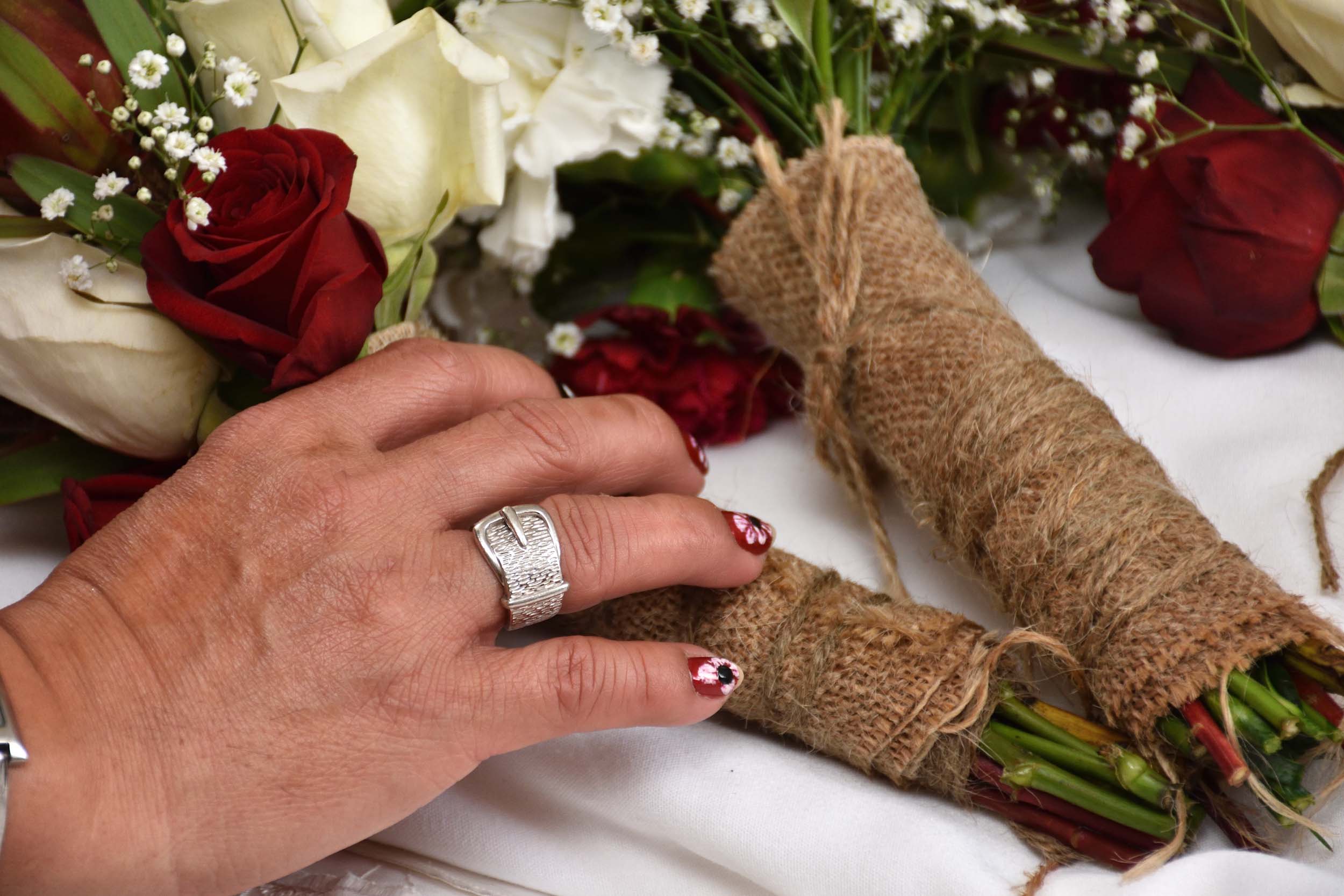
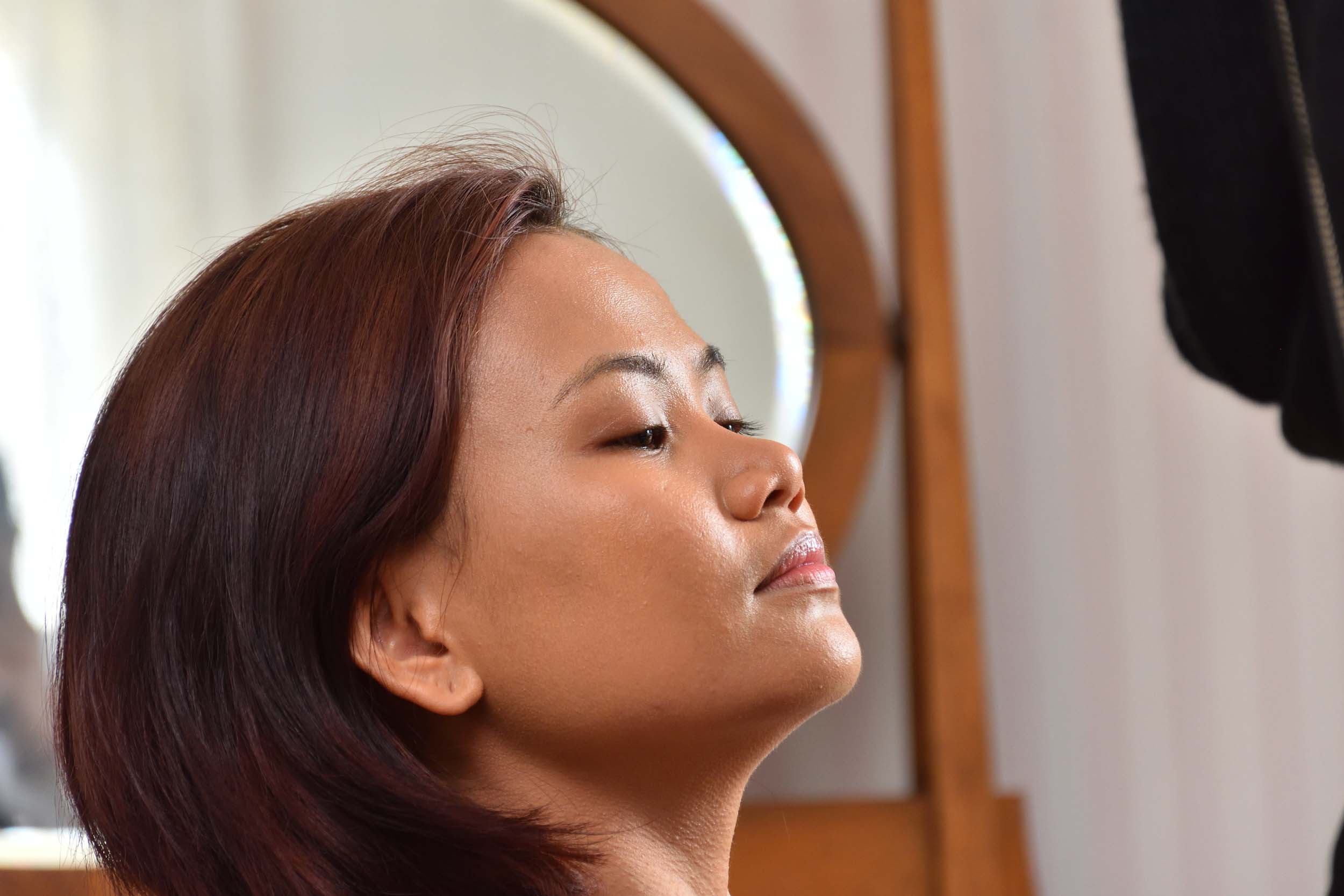
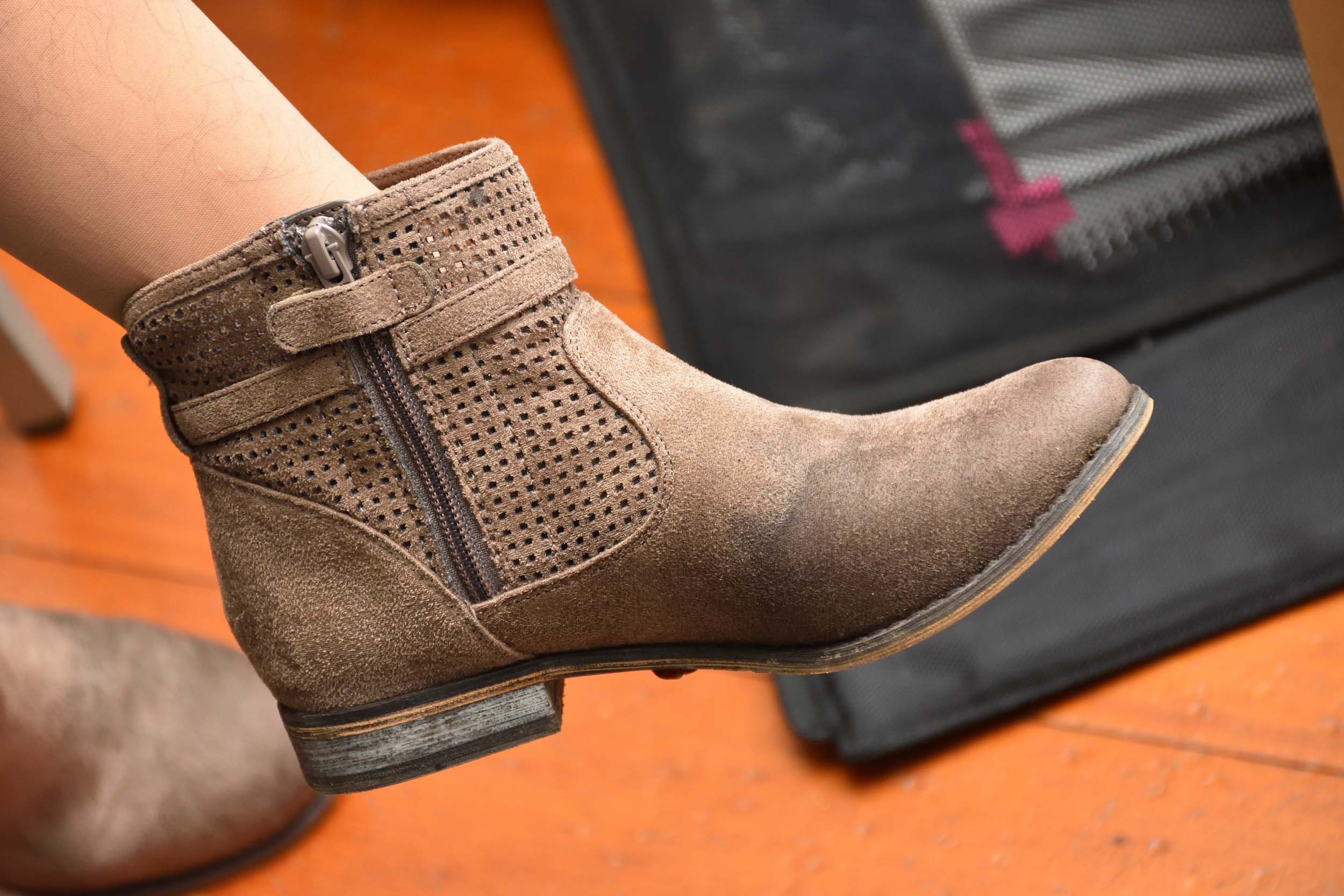
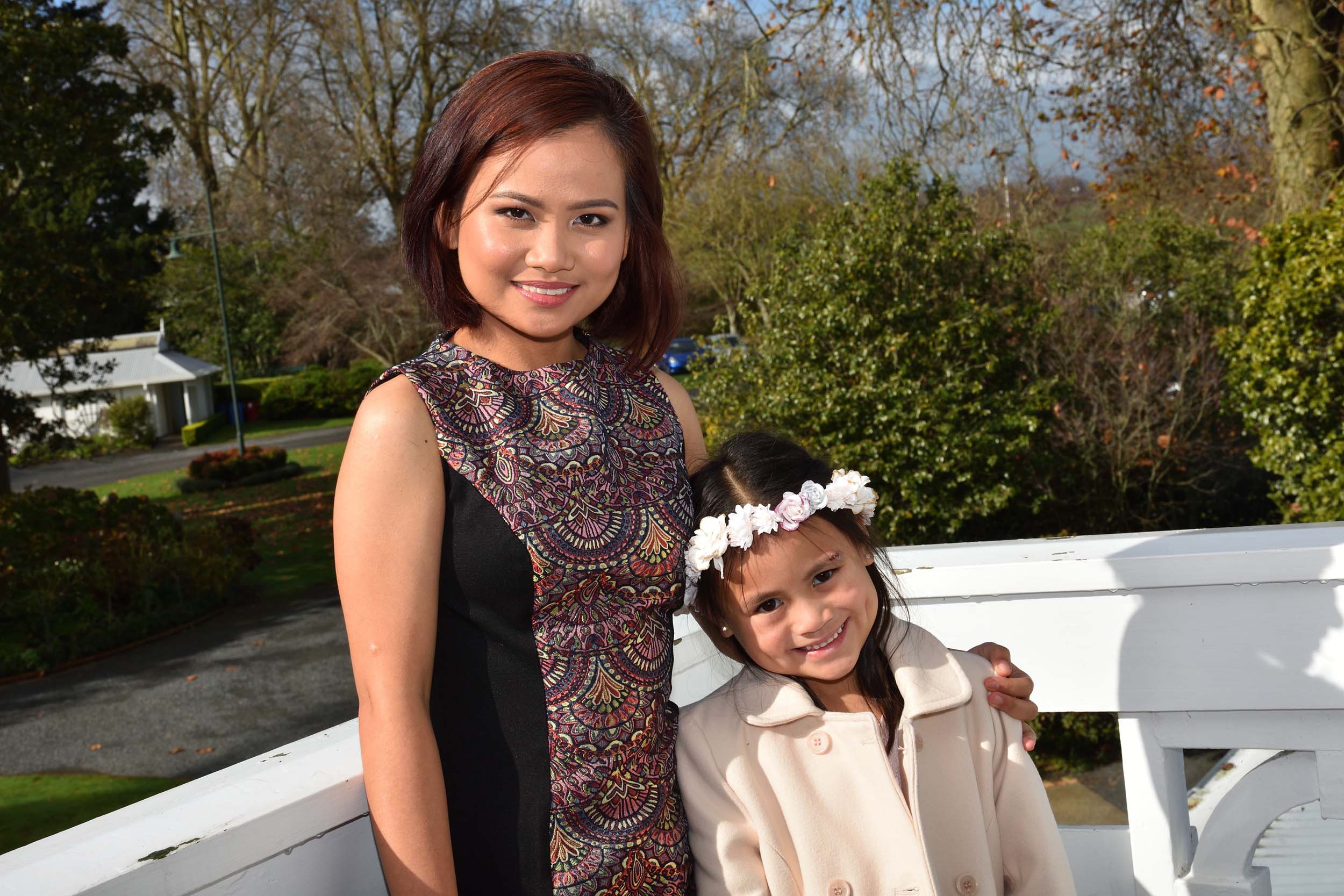
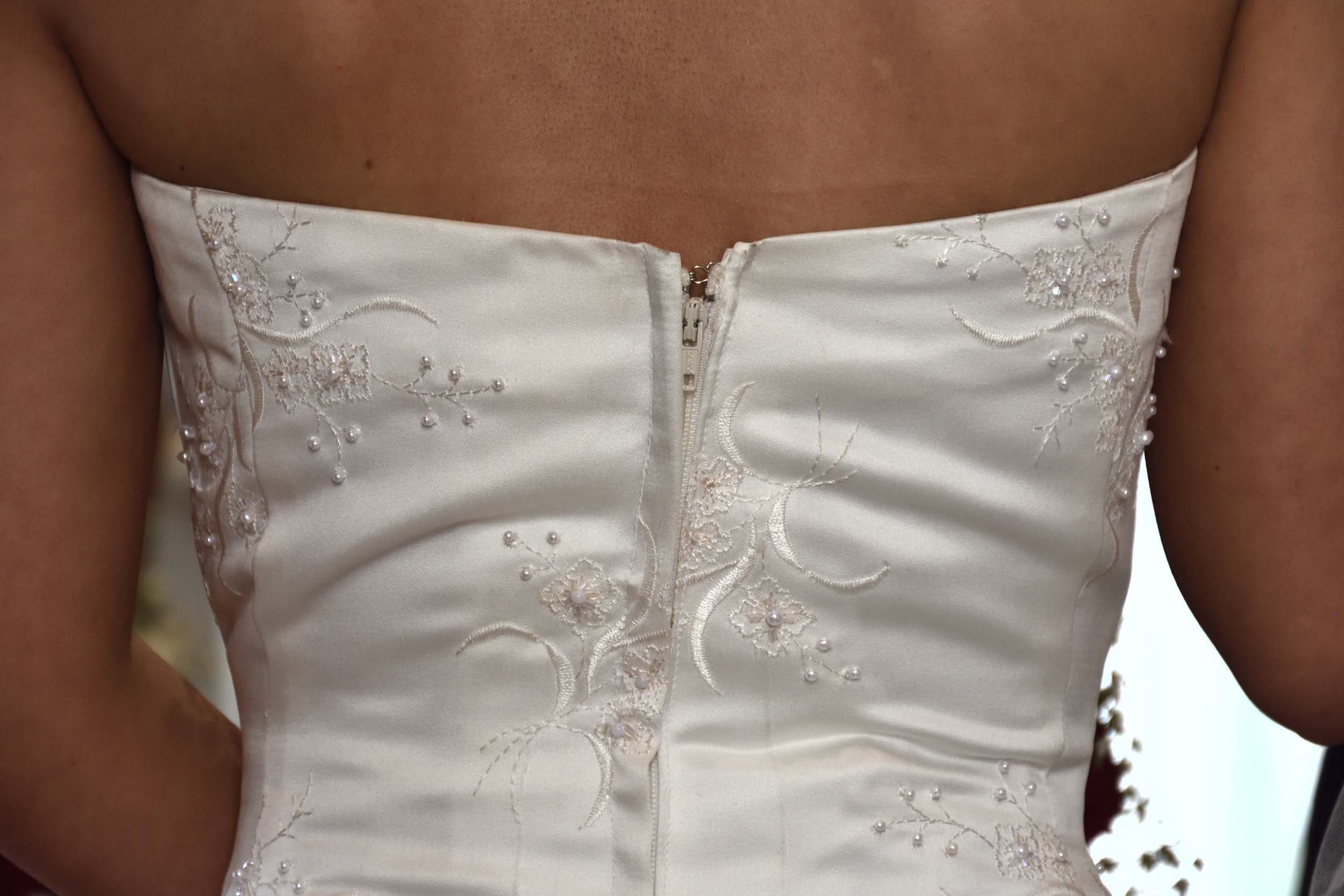
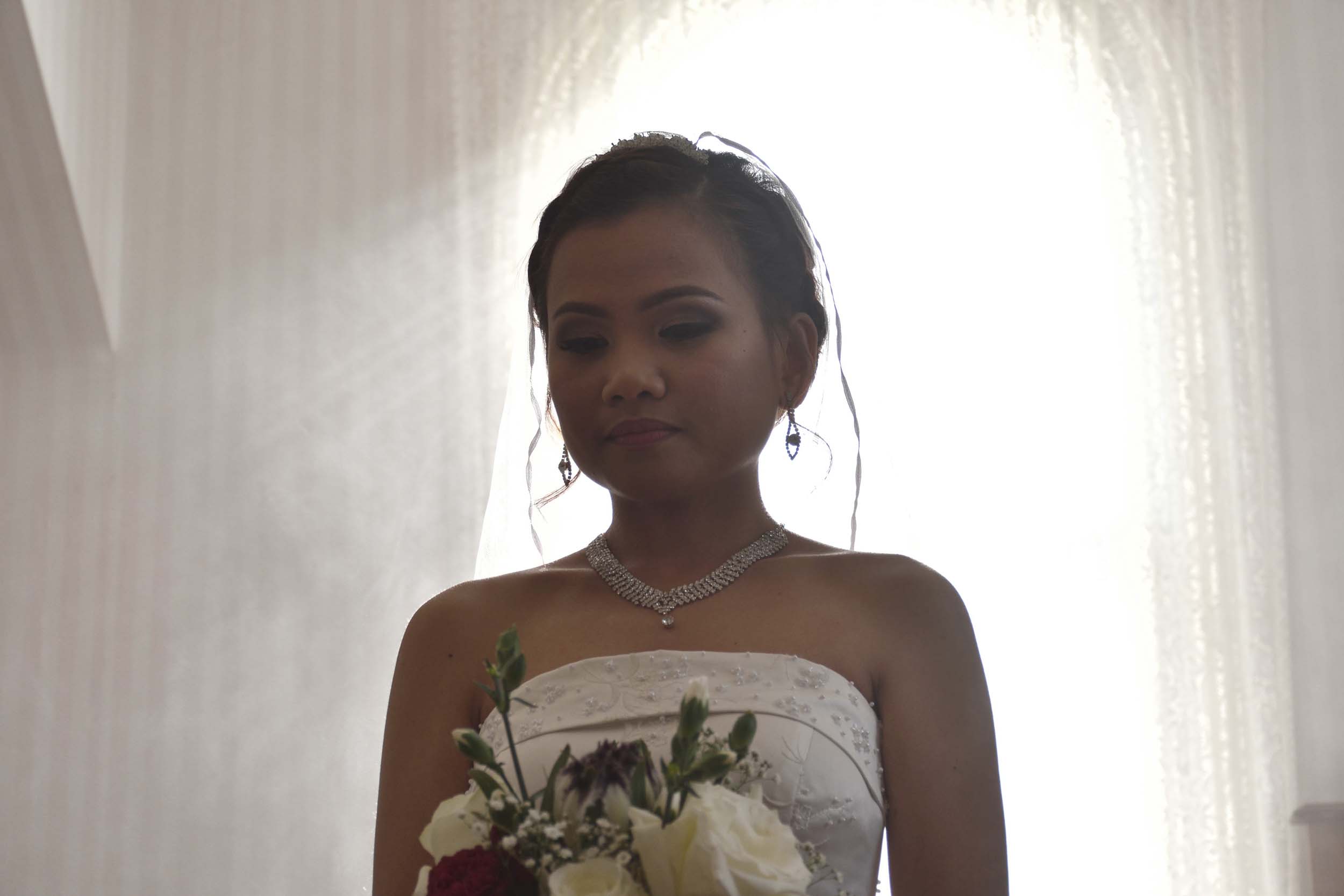
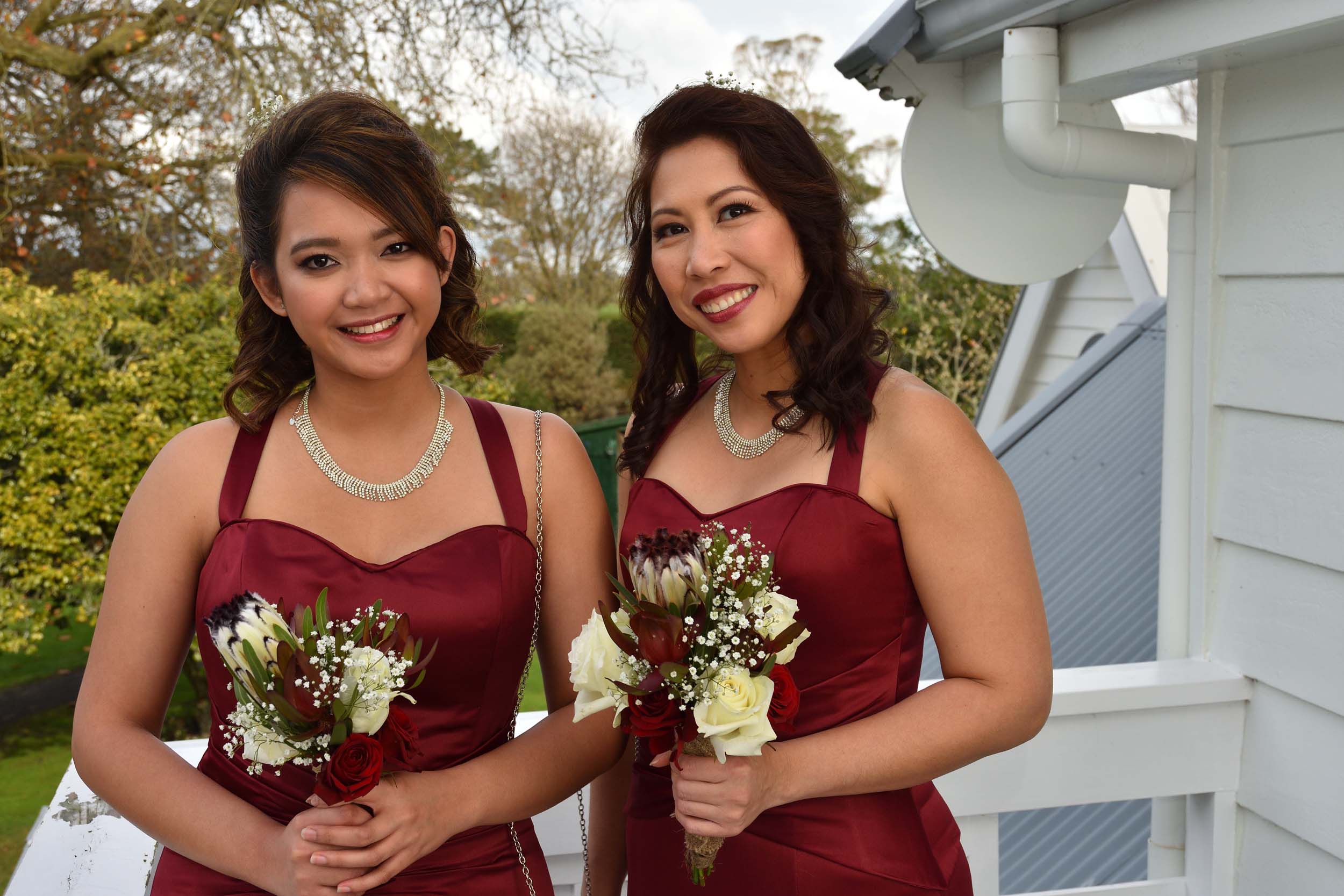
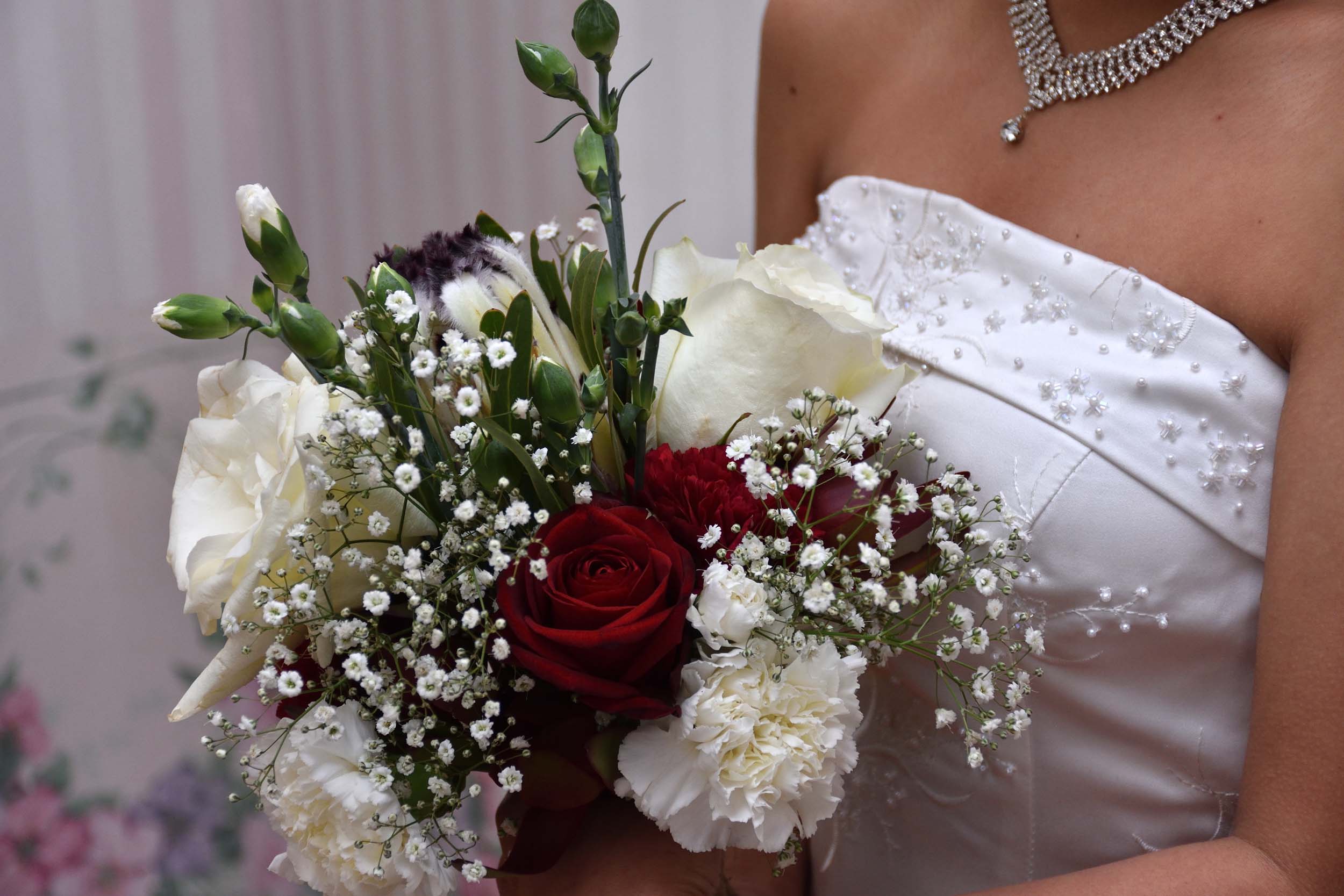

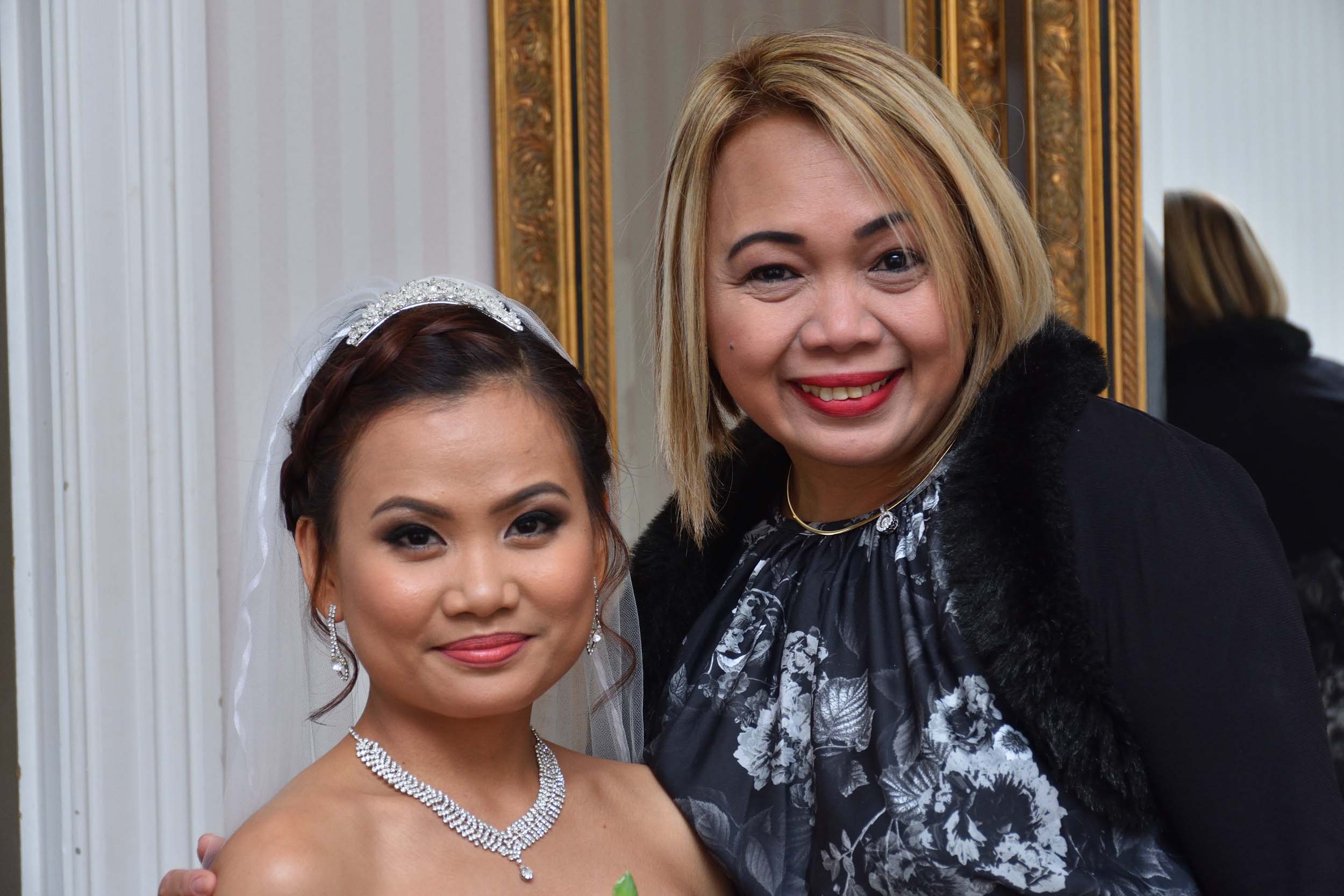


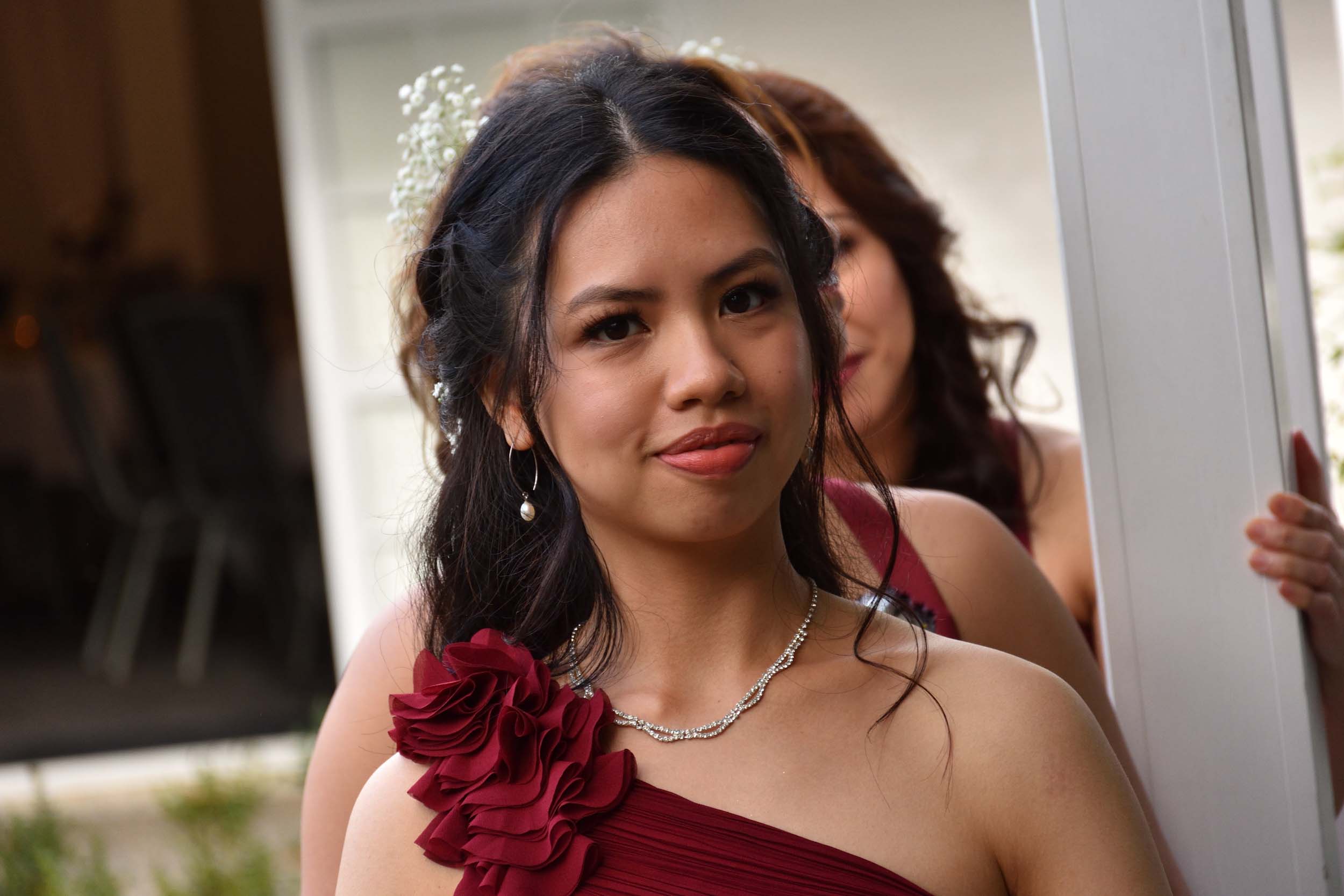
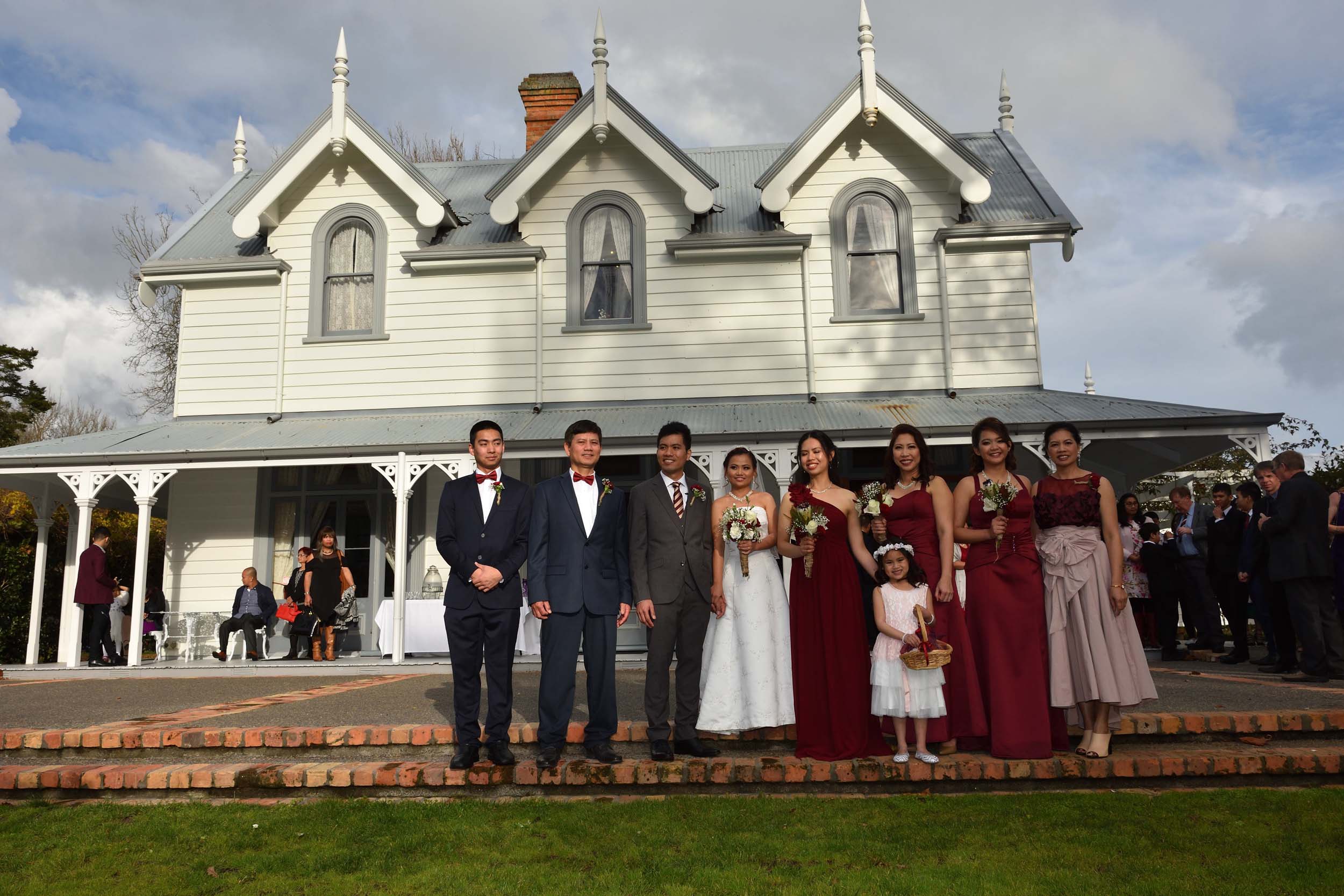
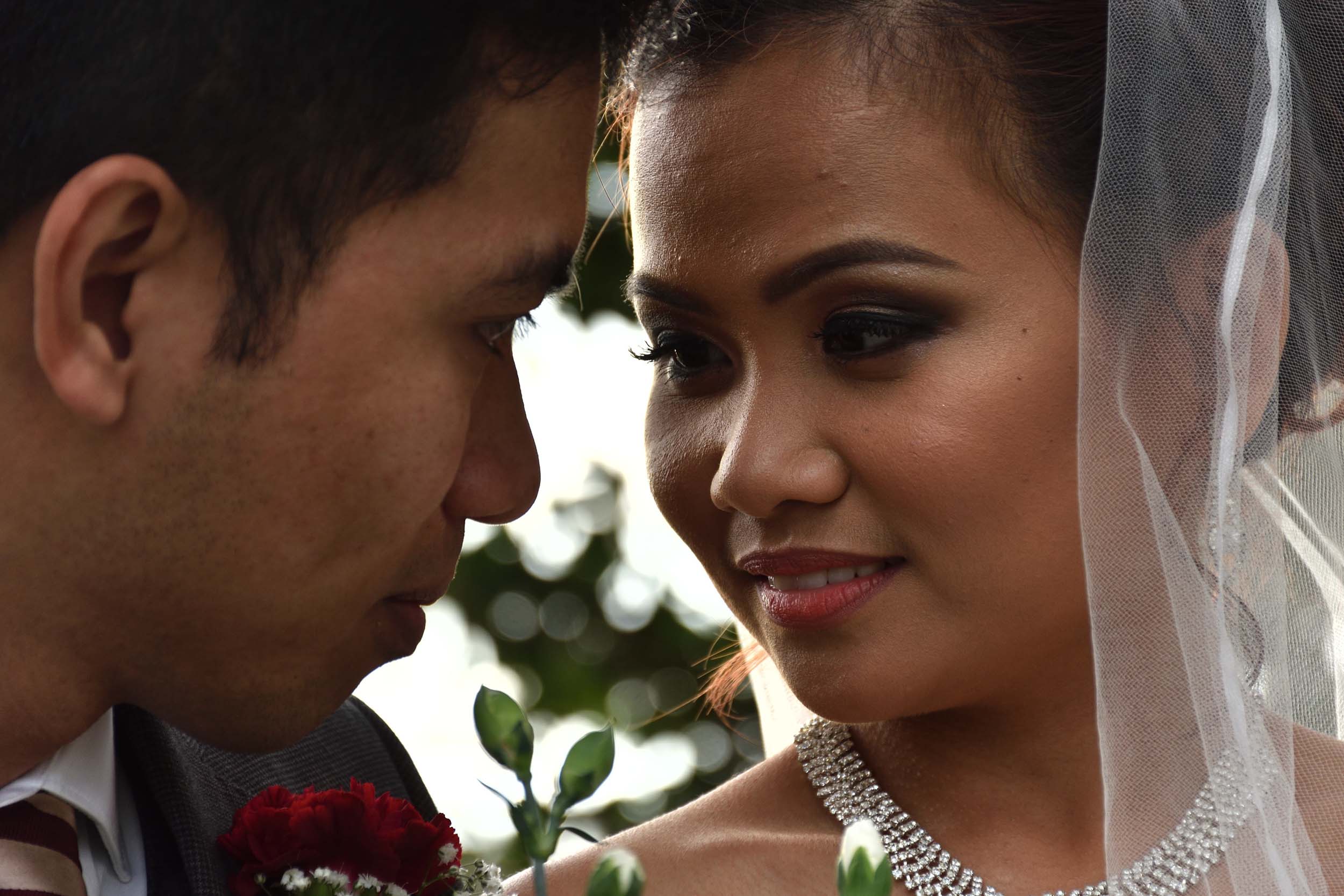
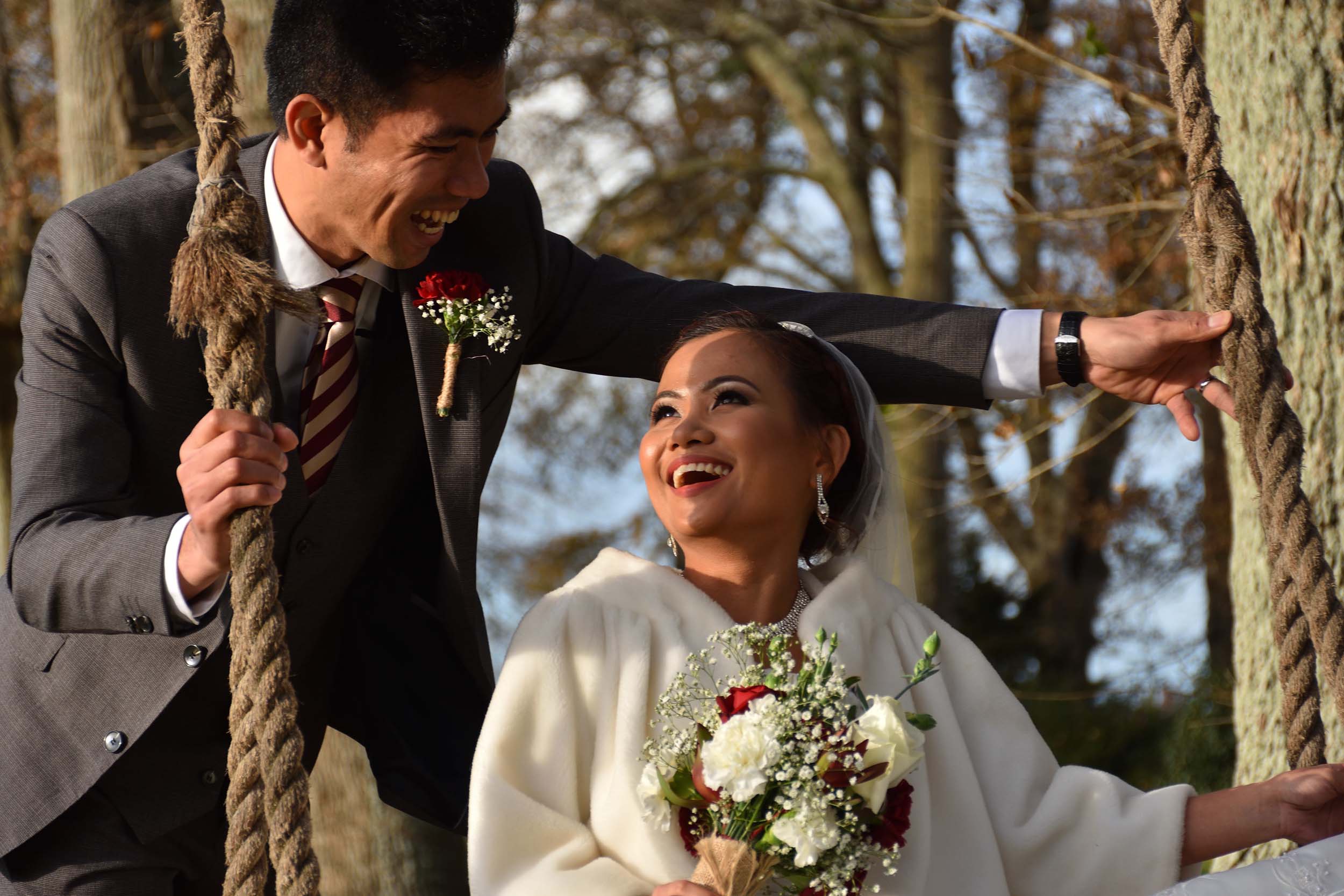
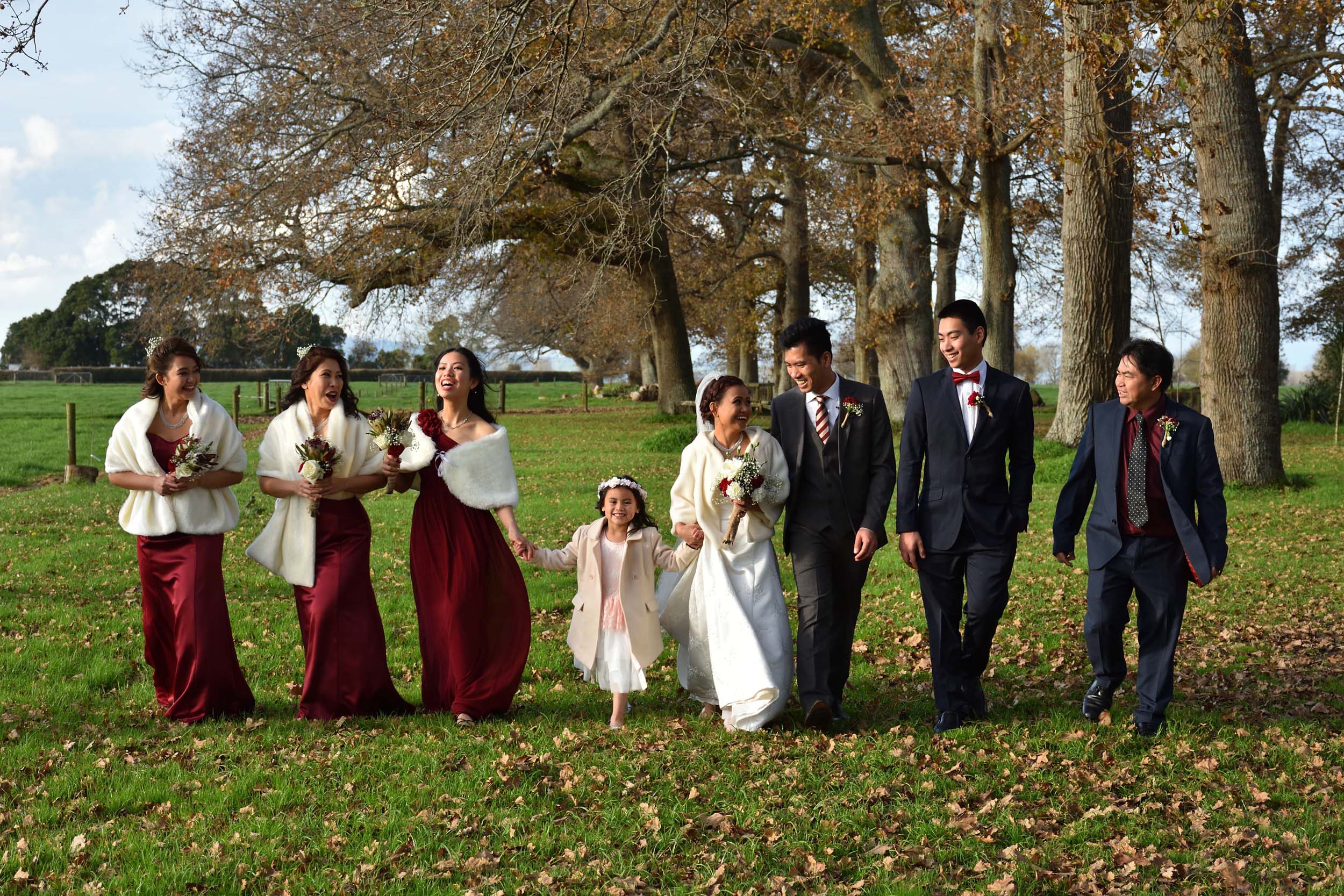
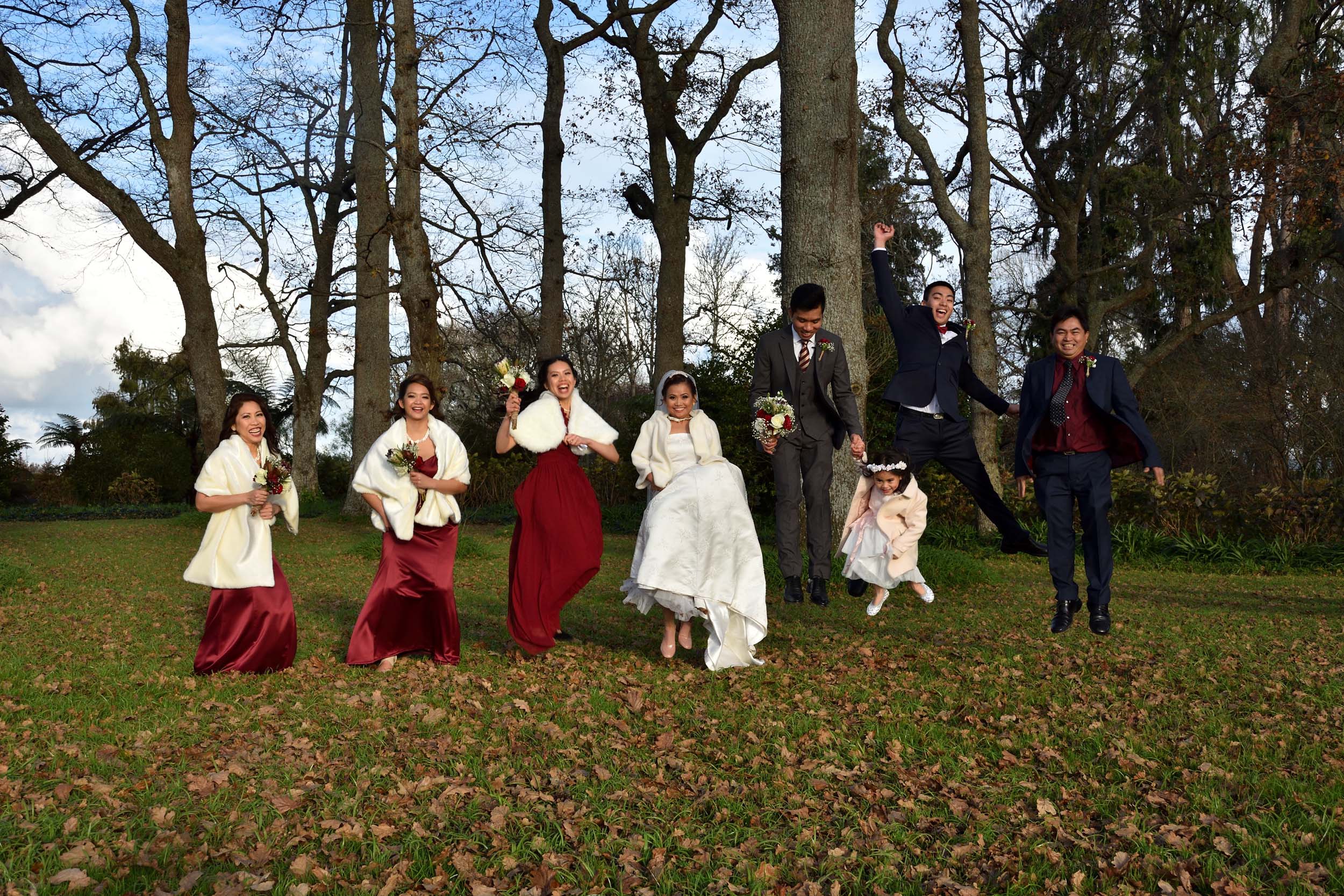
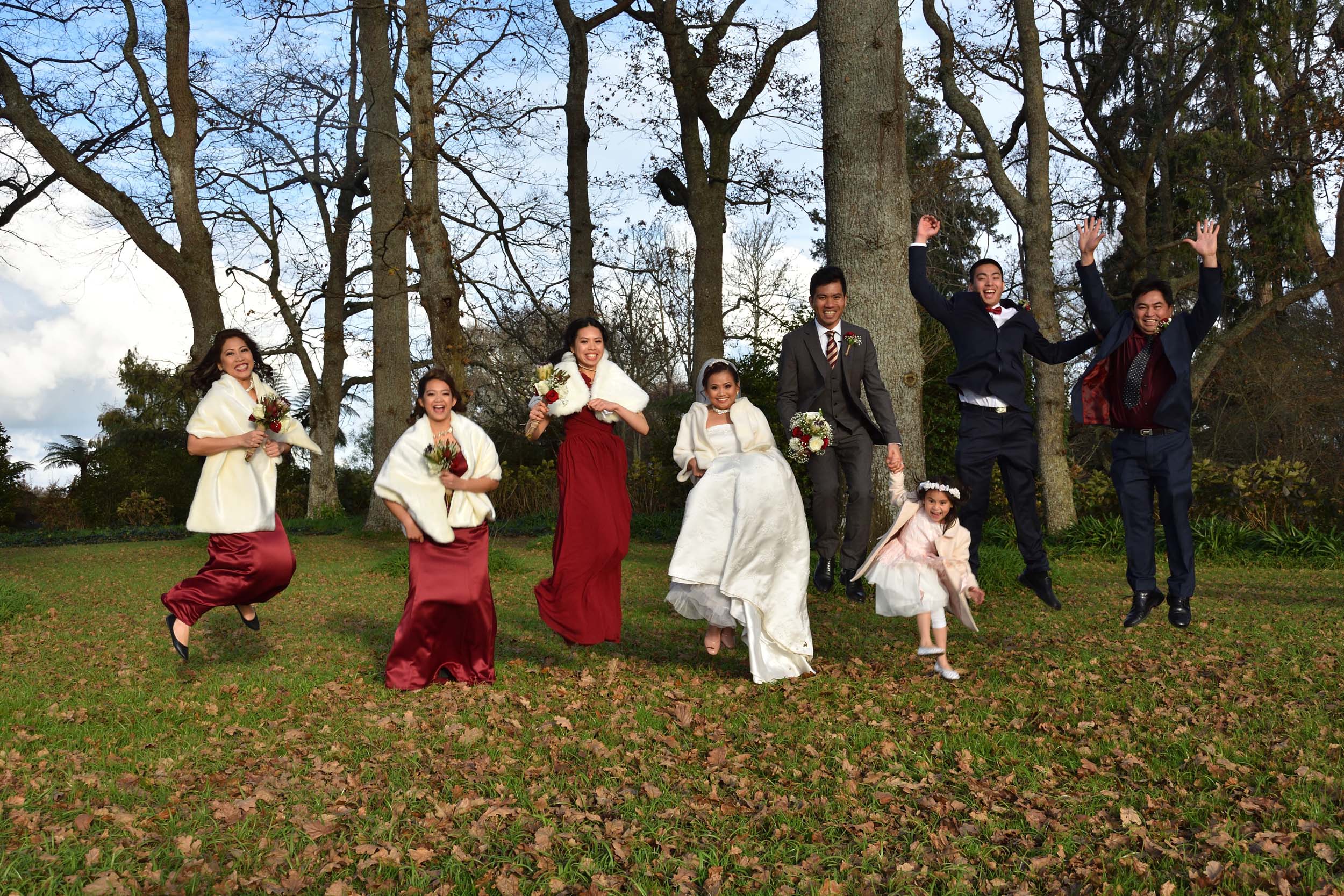
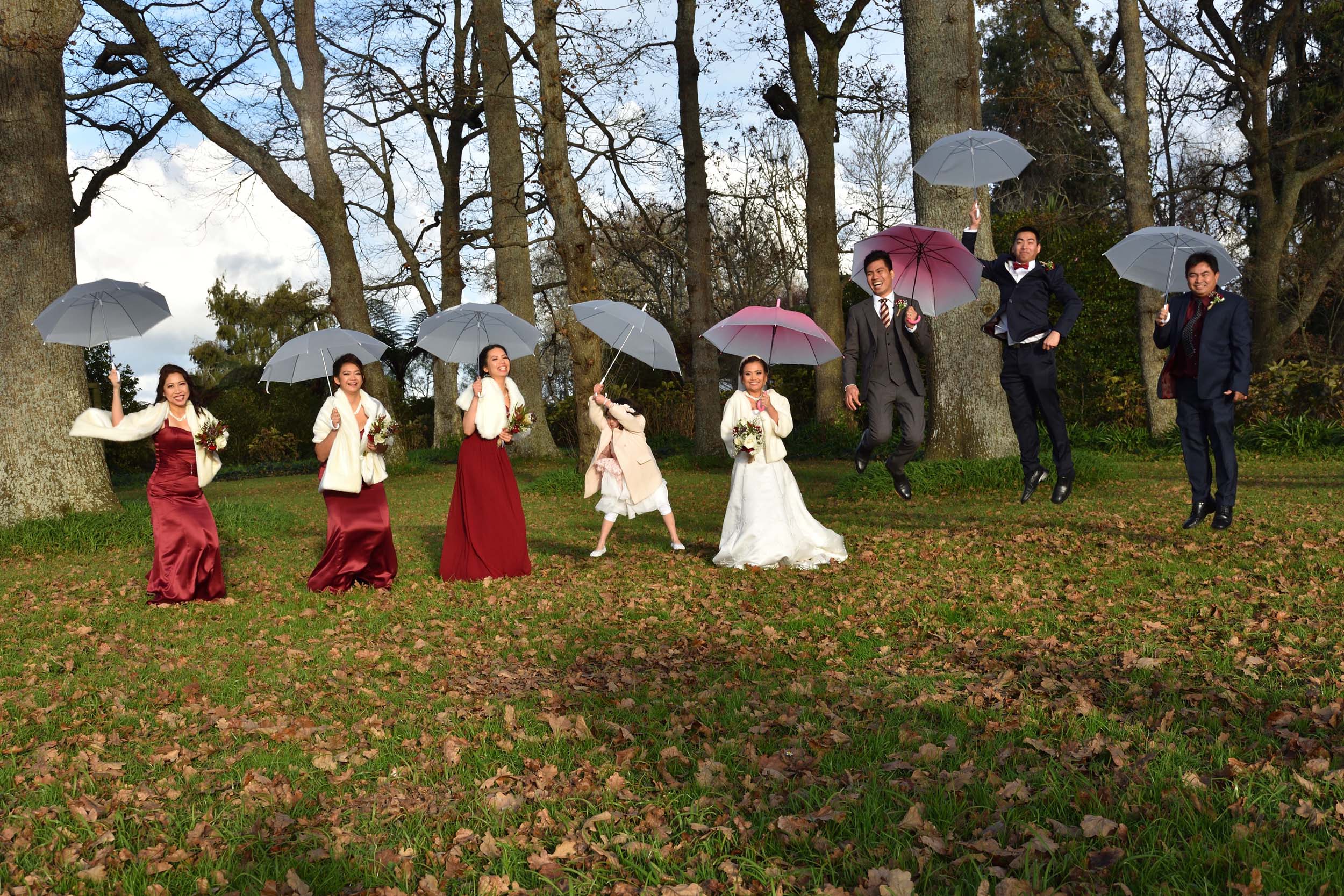
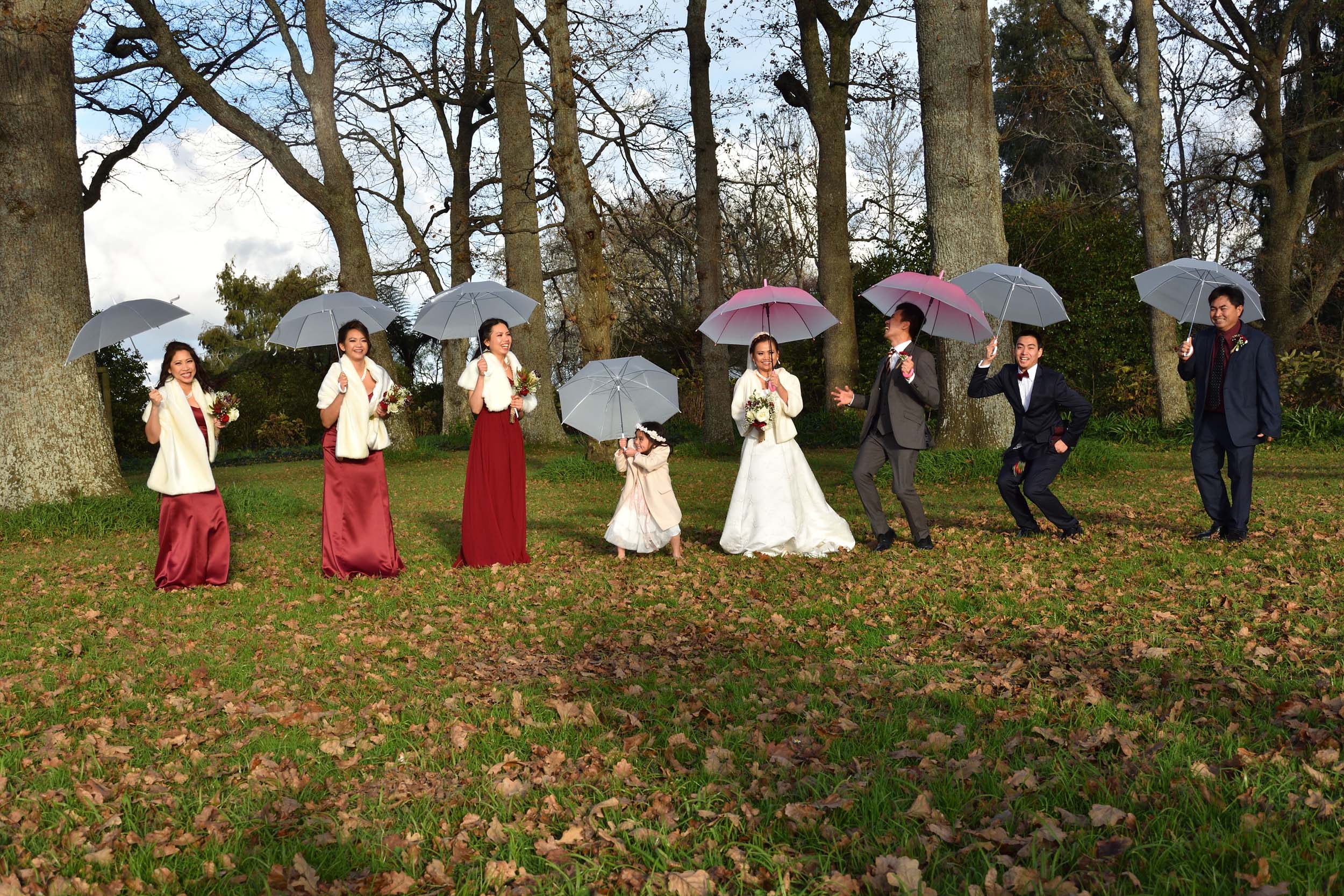

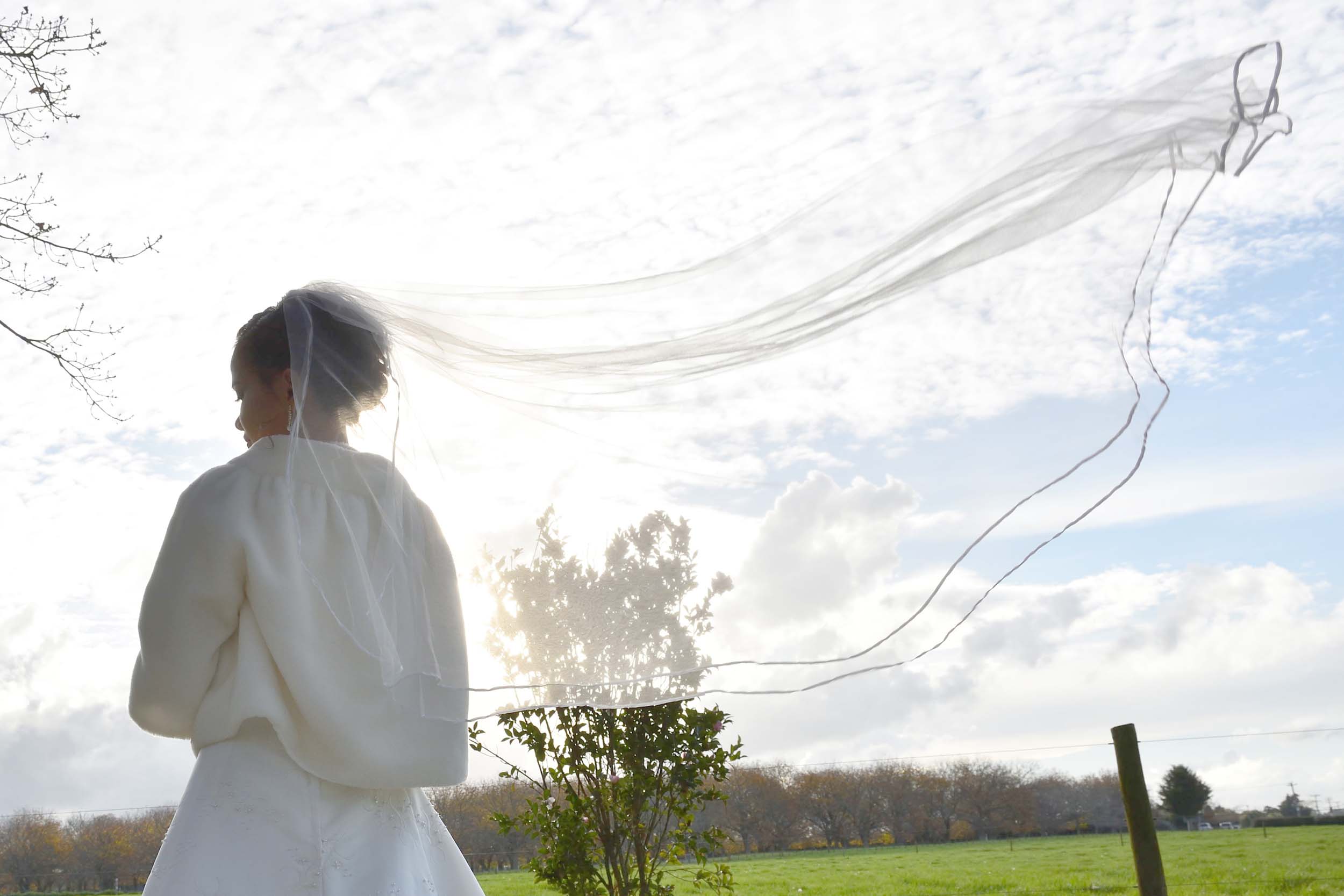
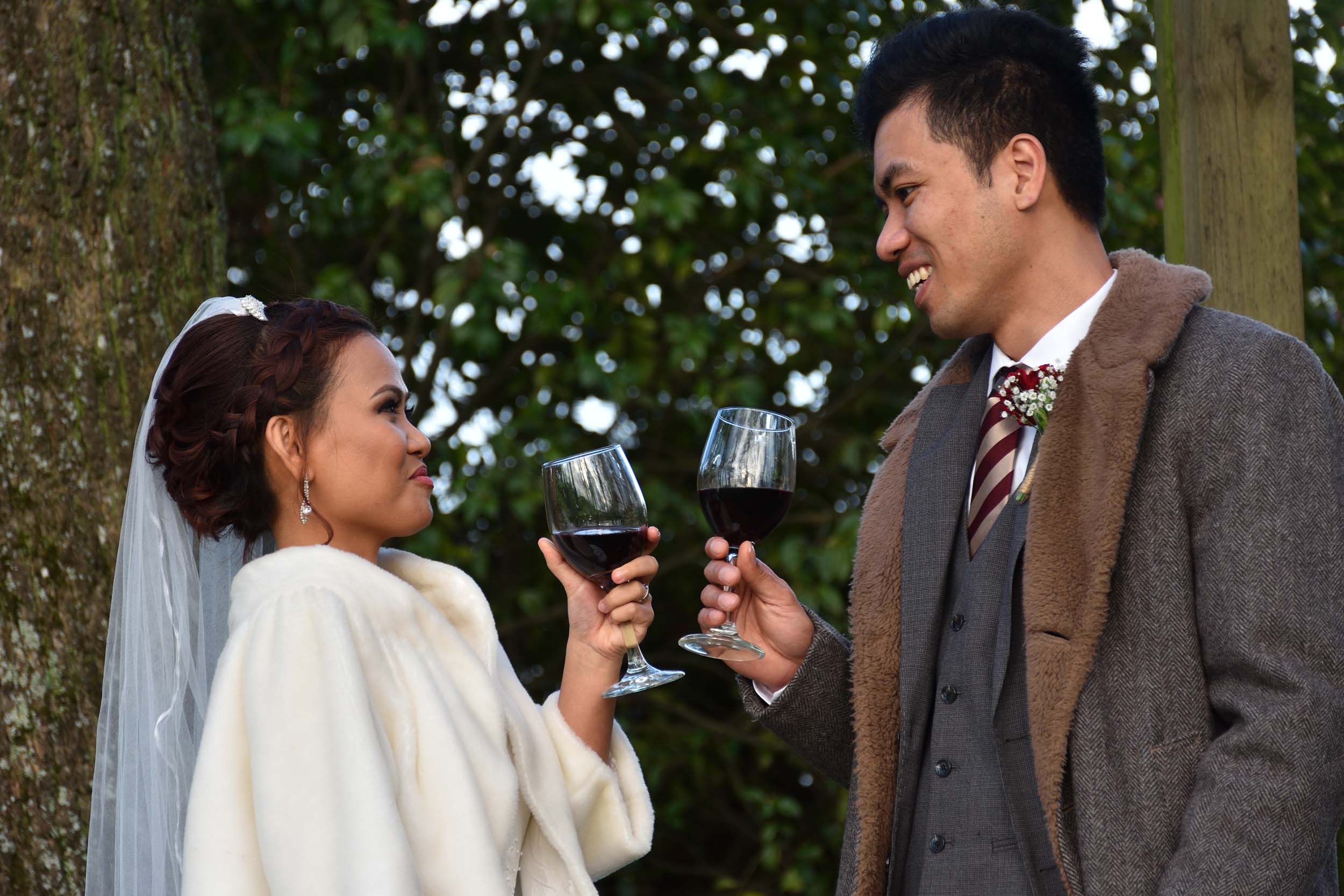
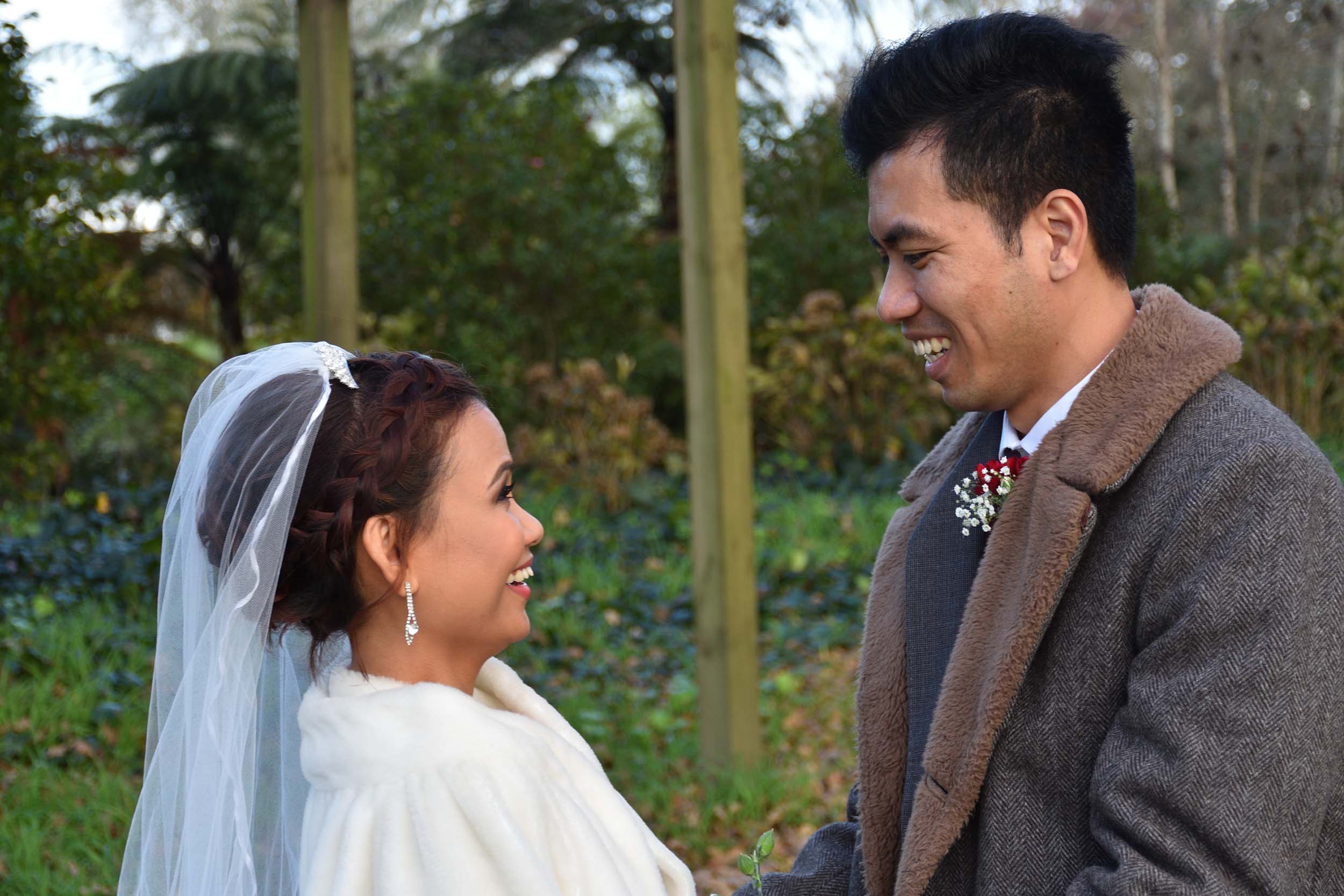
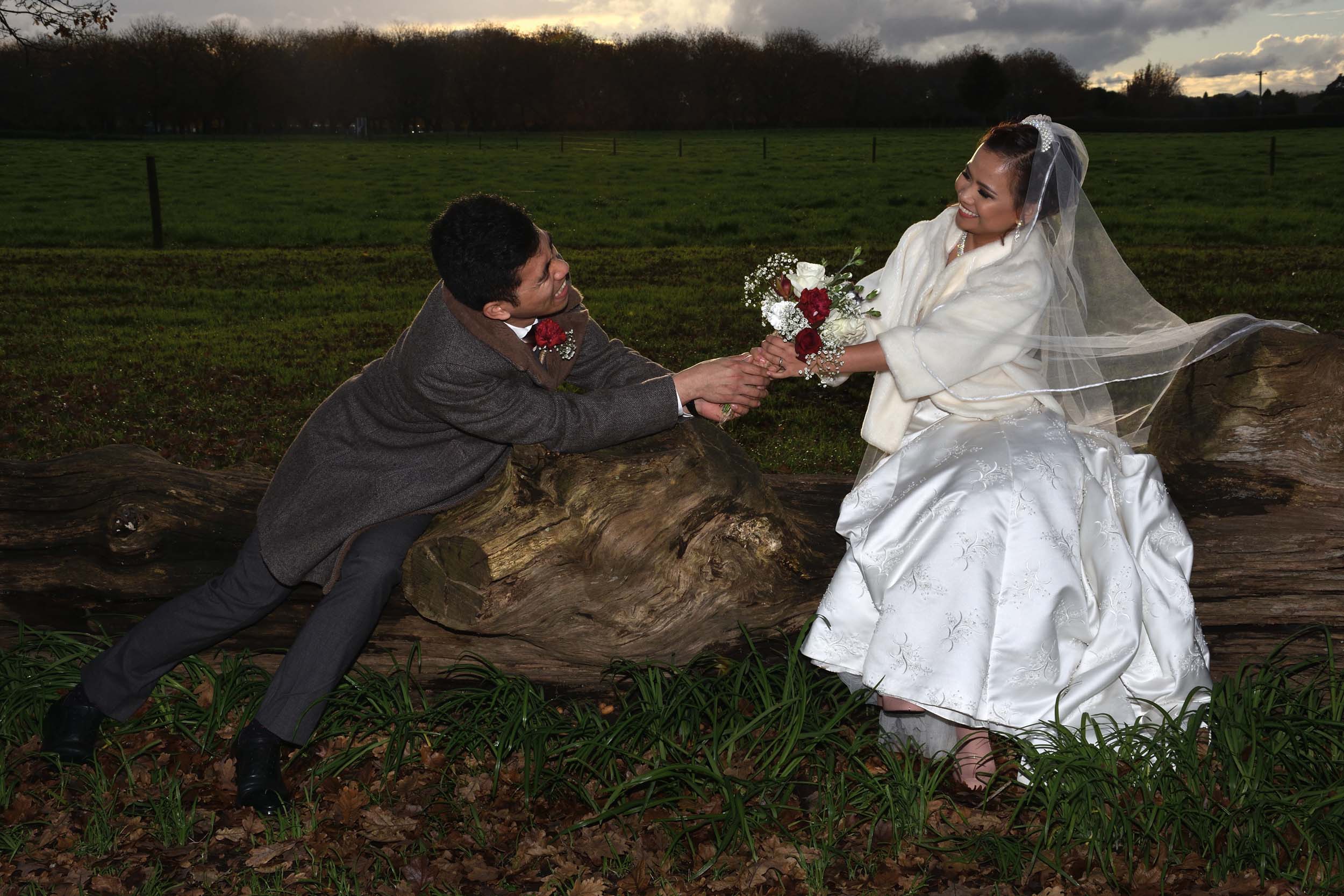
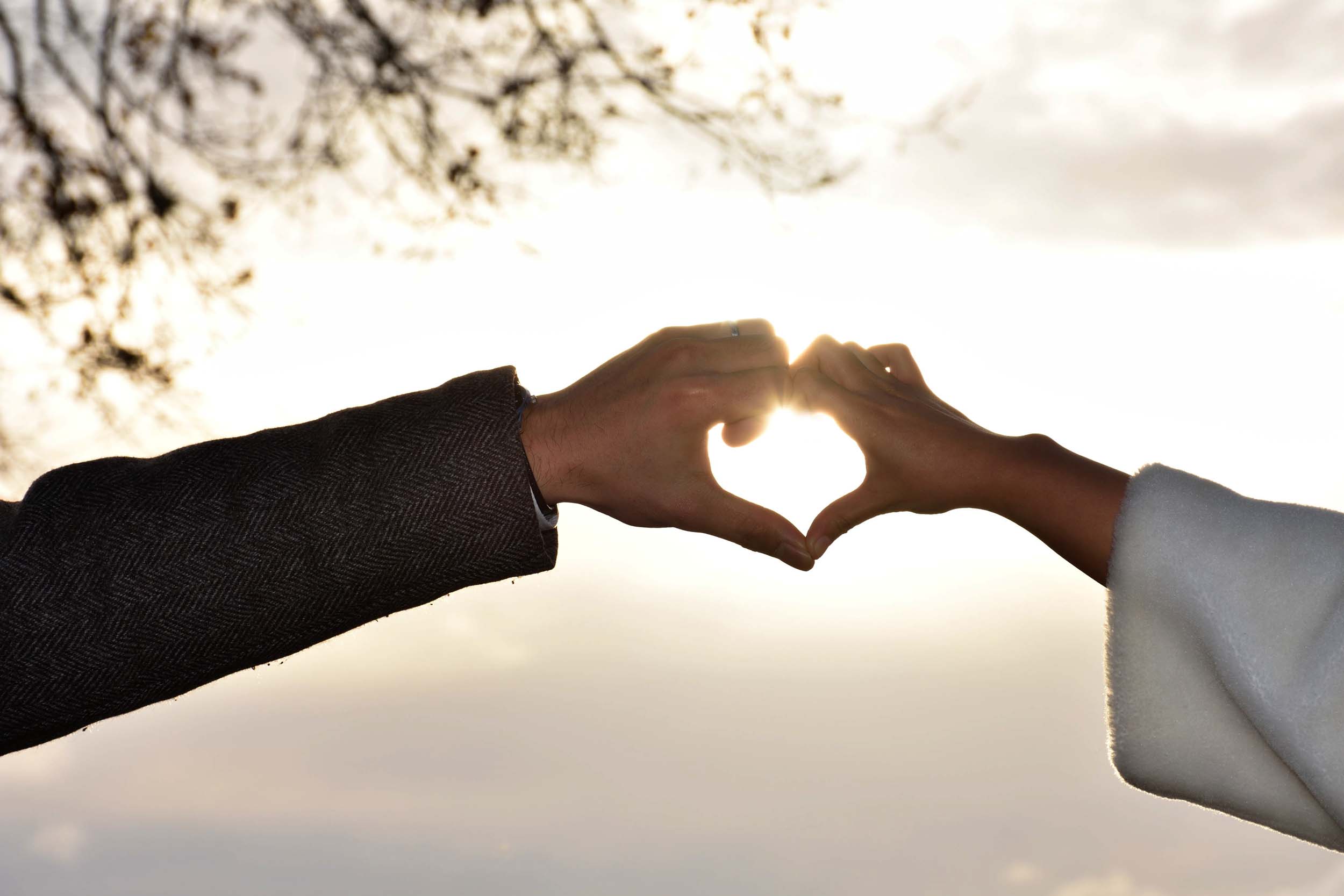
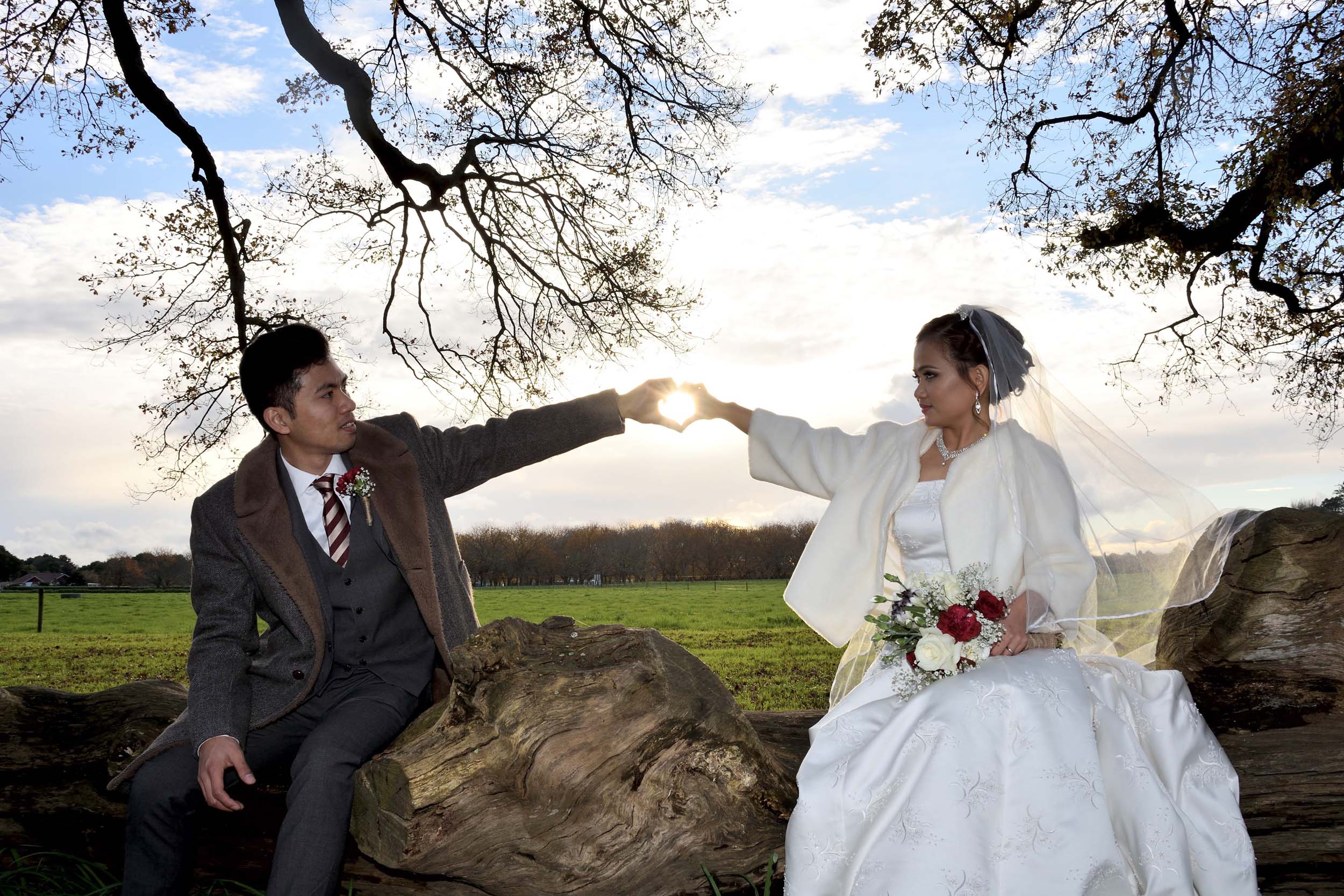
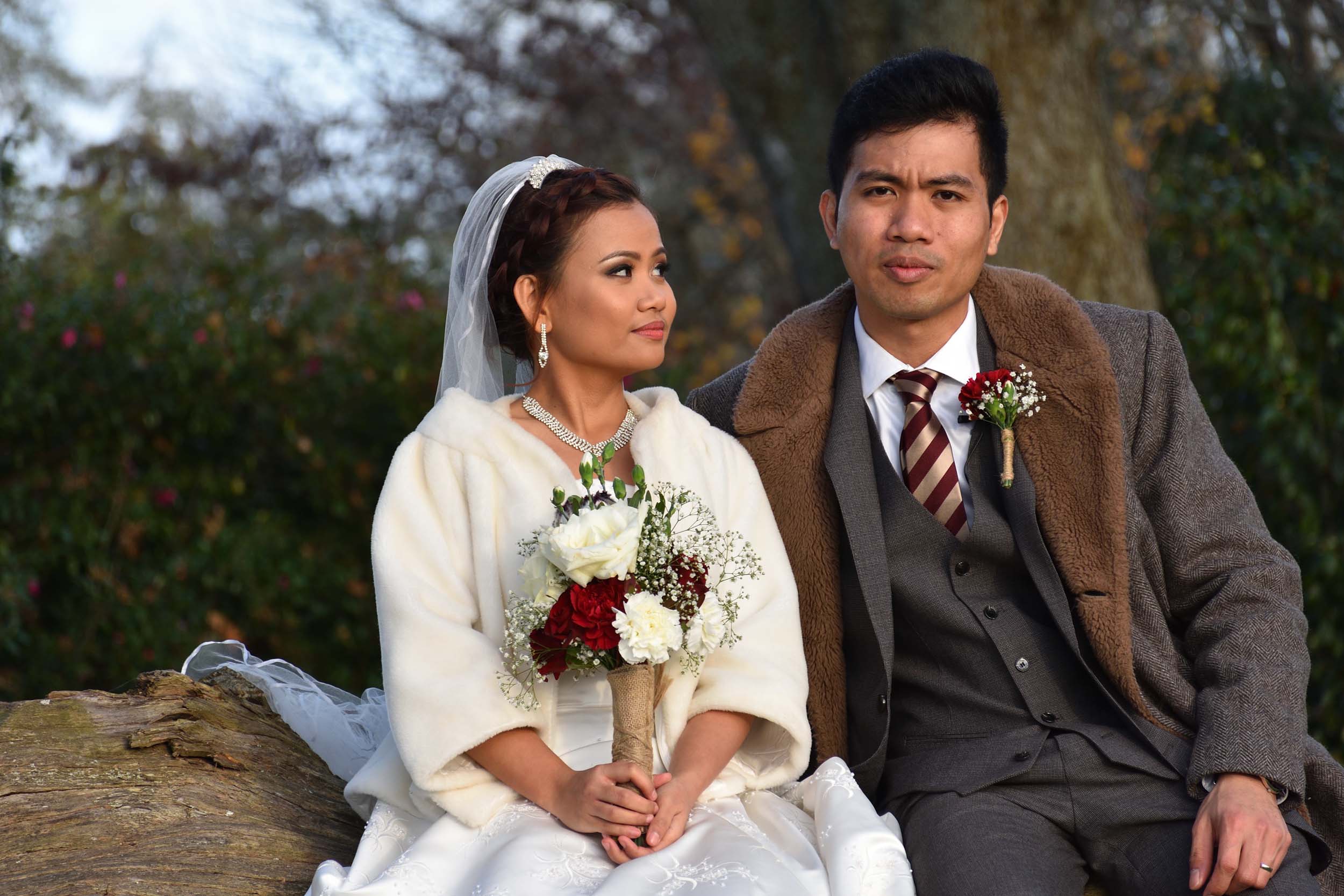
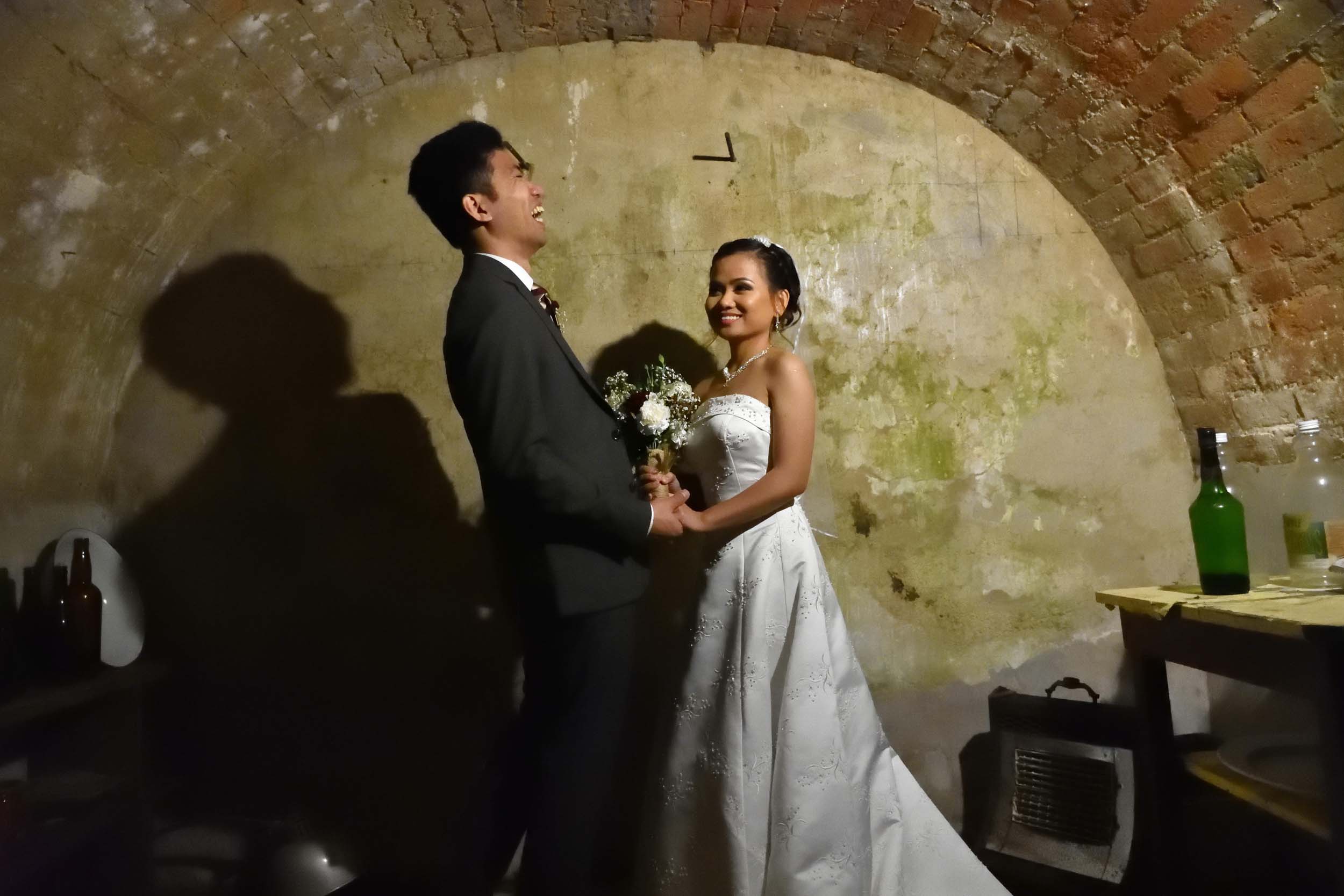
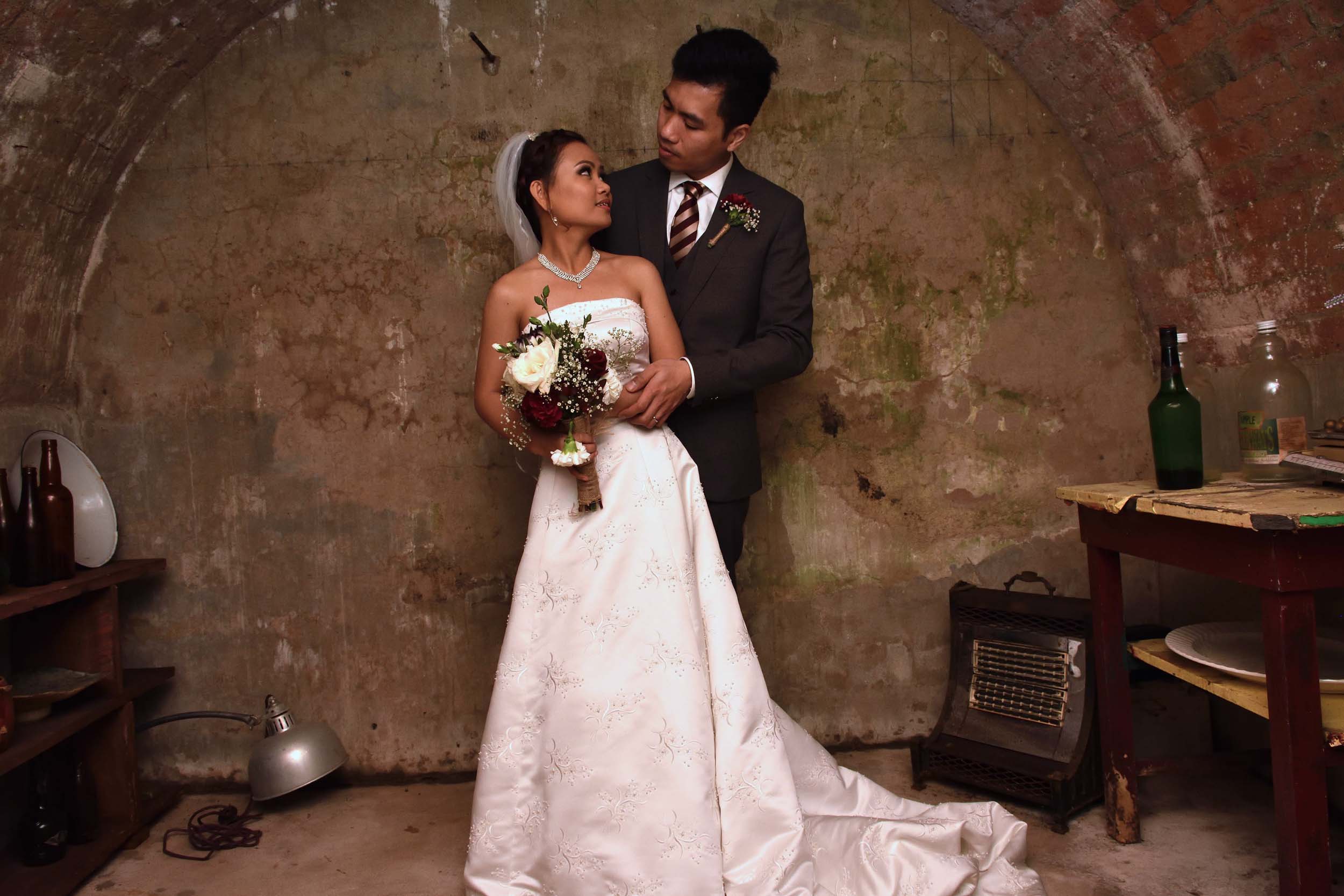

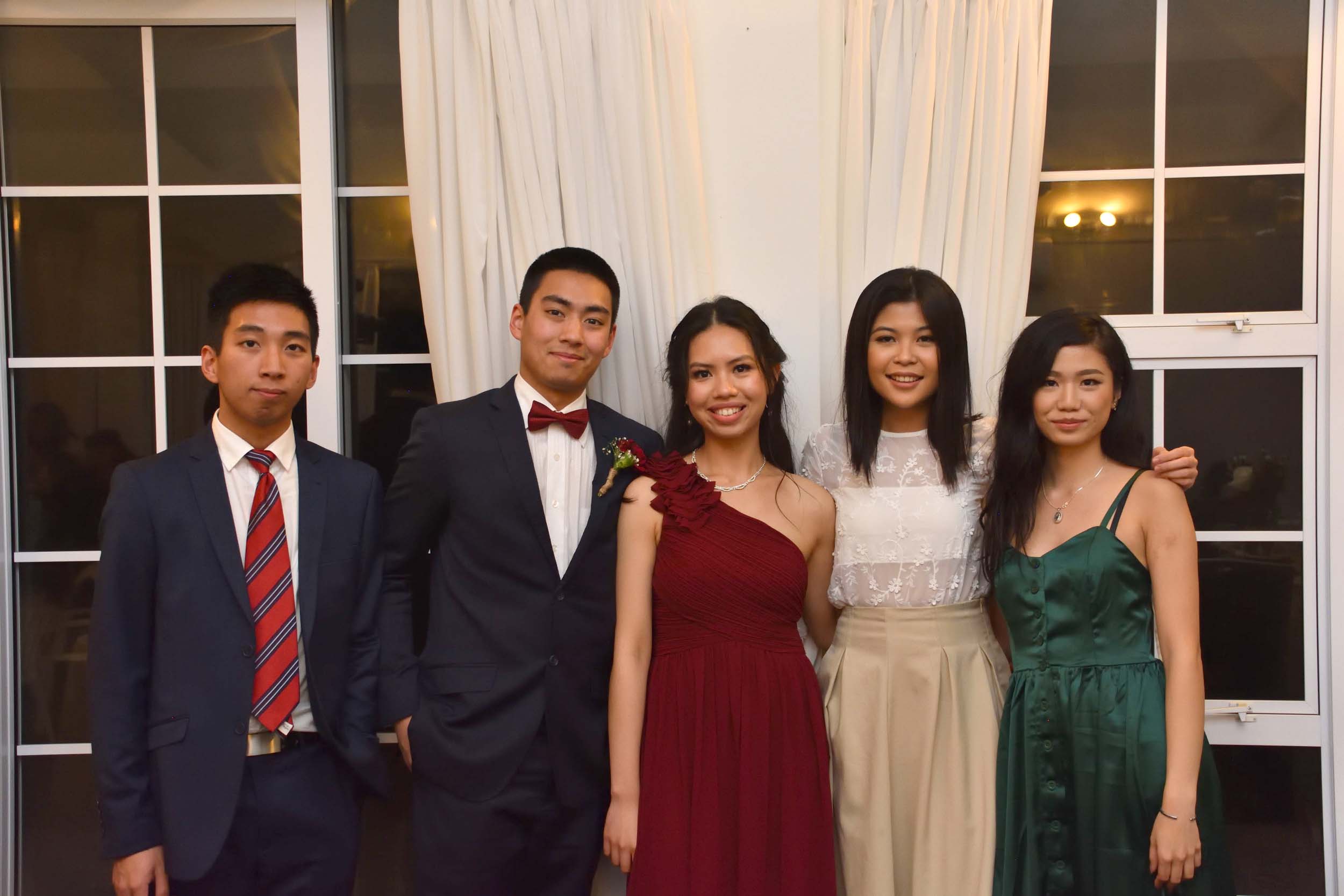
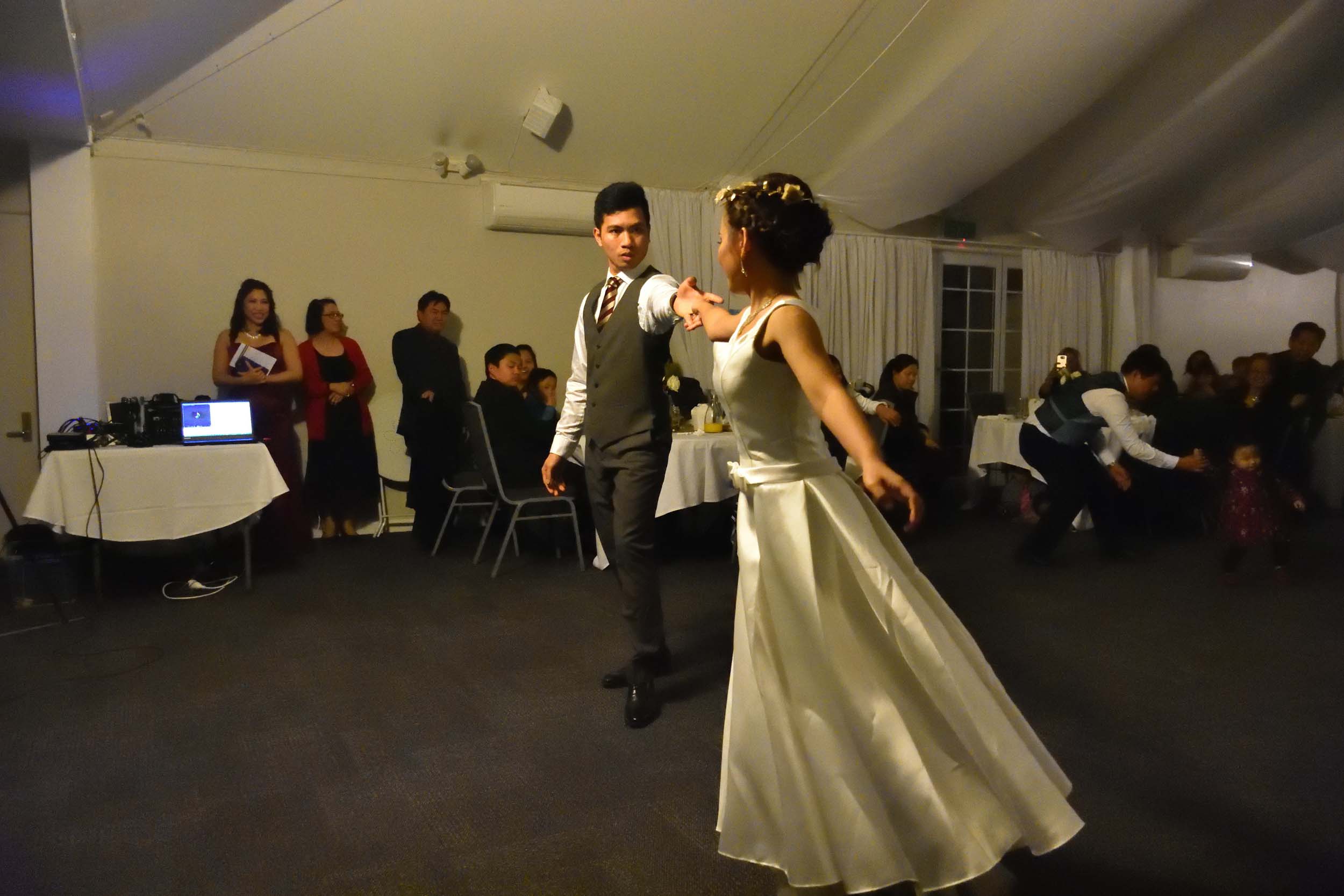
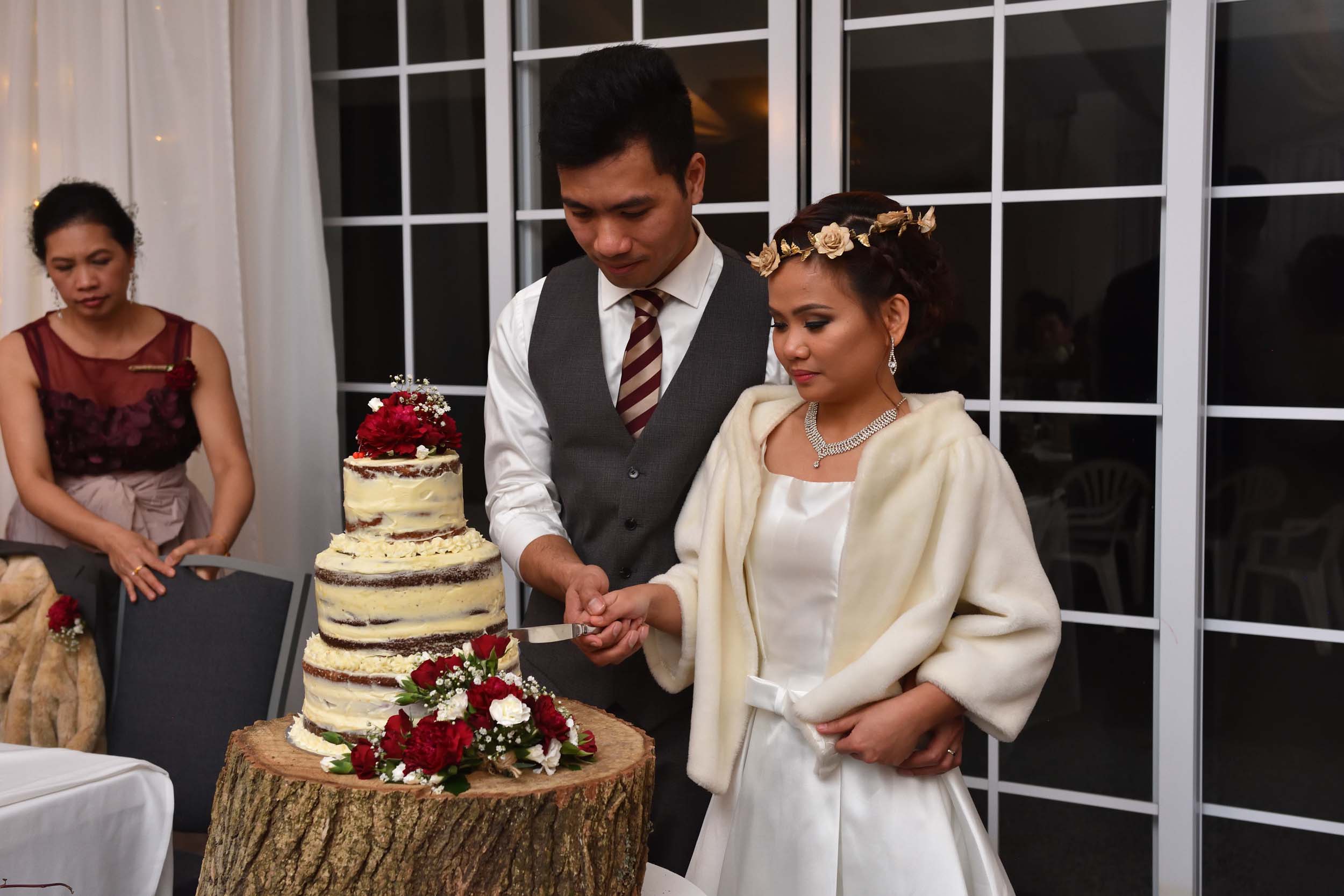
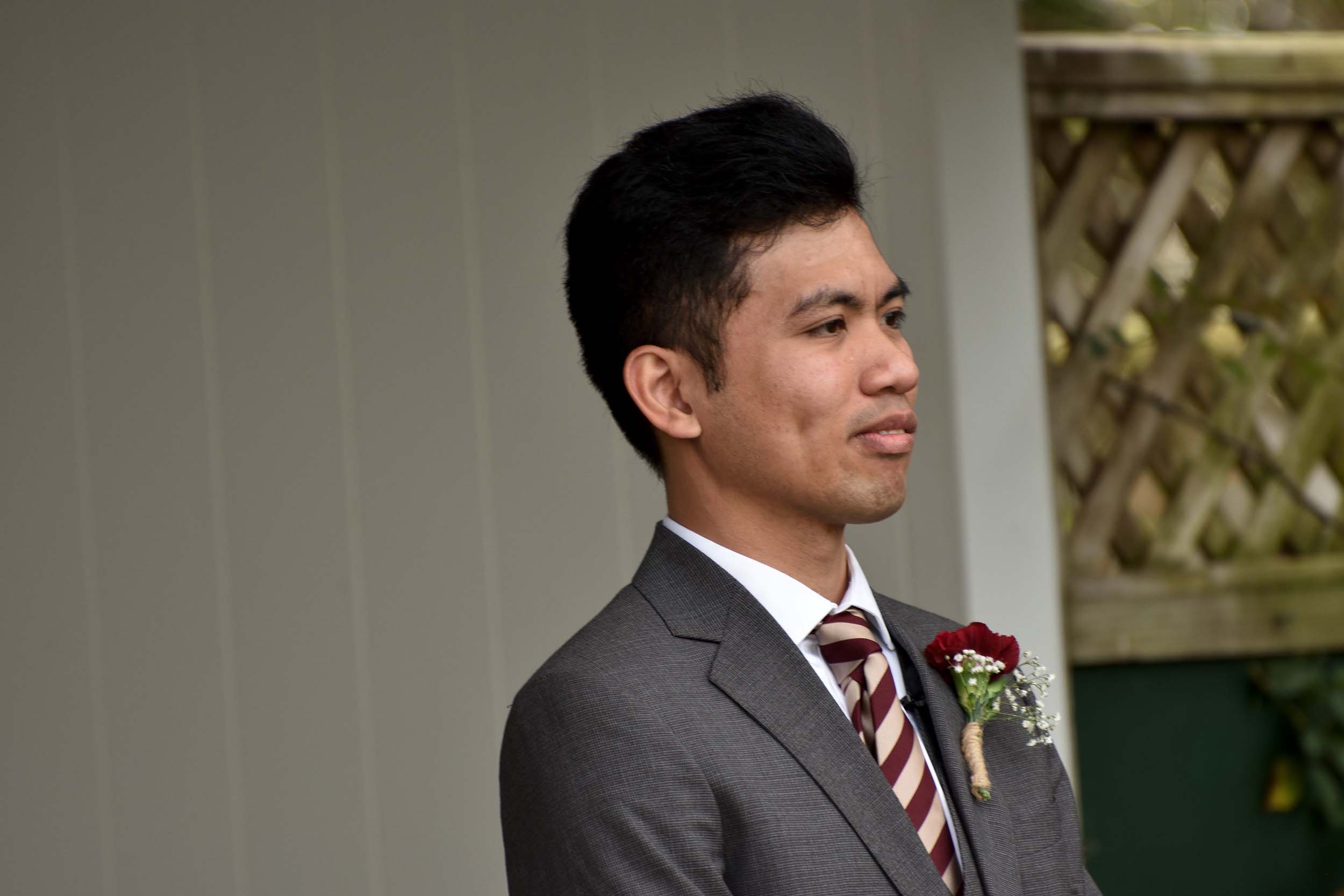
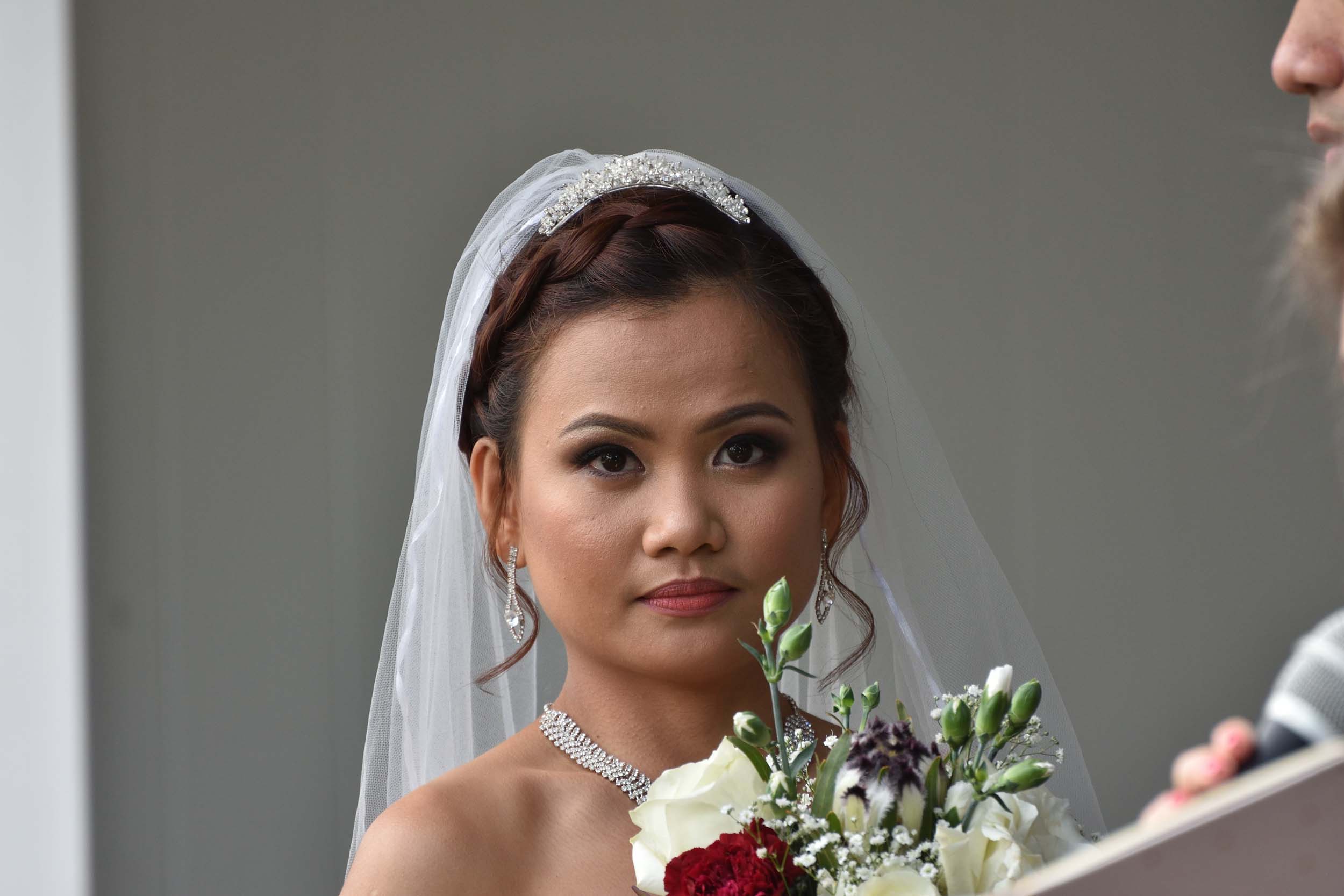


This was the video done by “Wild in white” as their introduction to wedding video.












